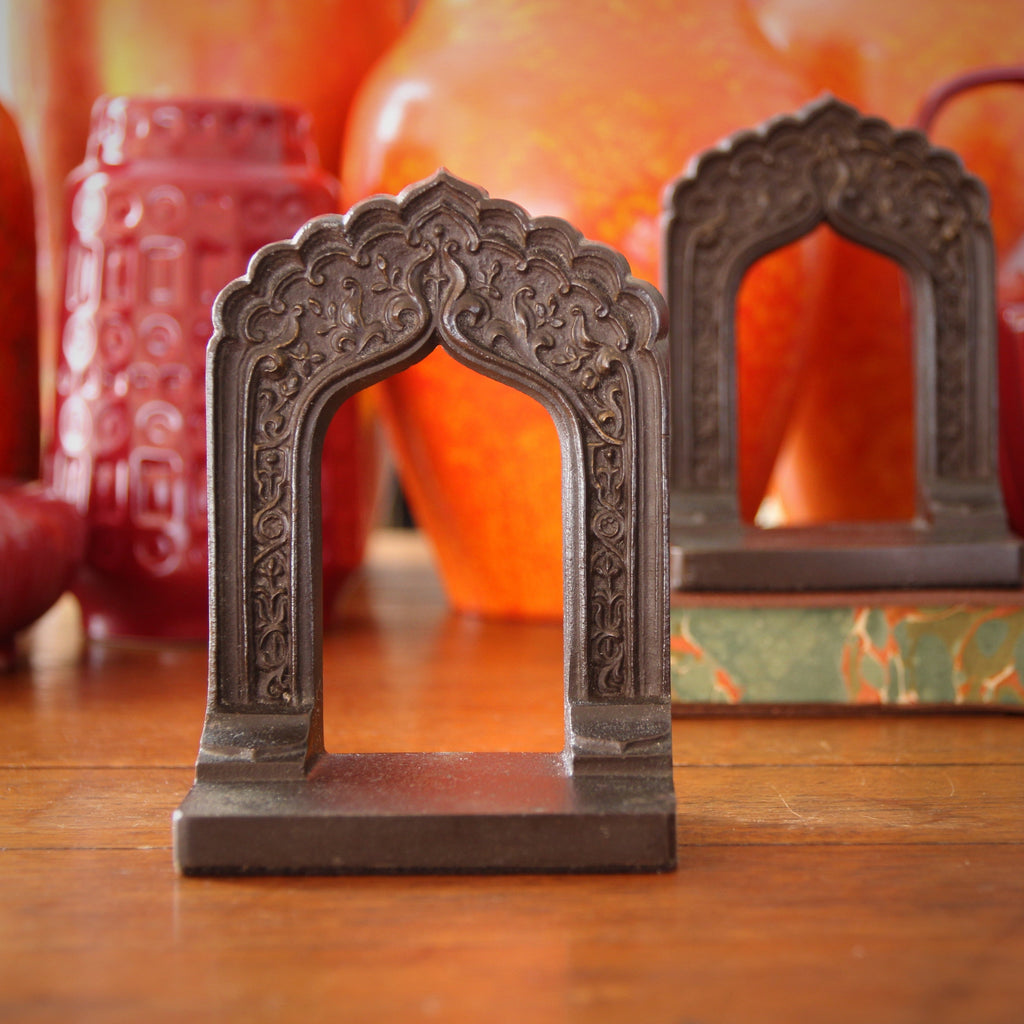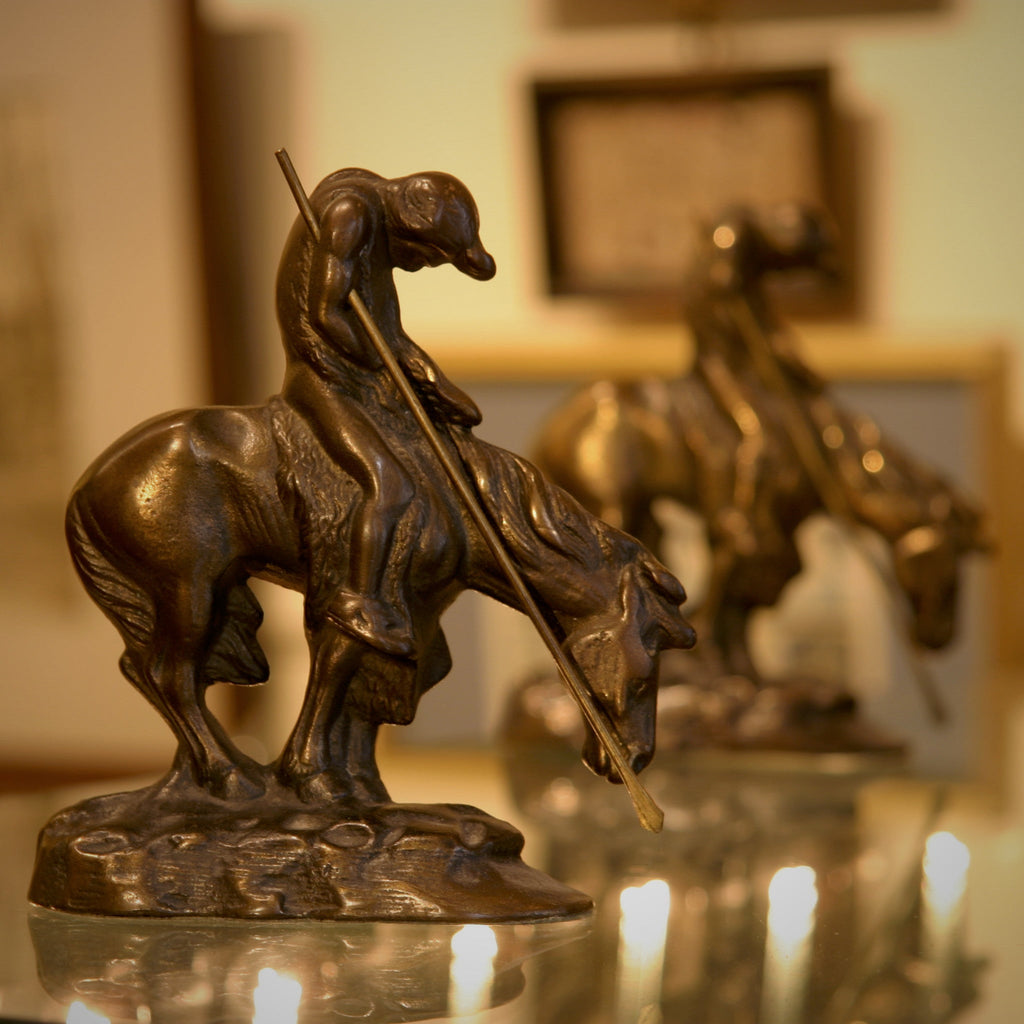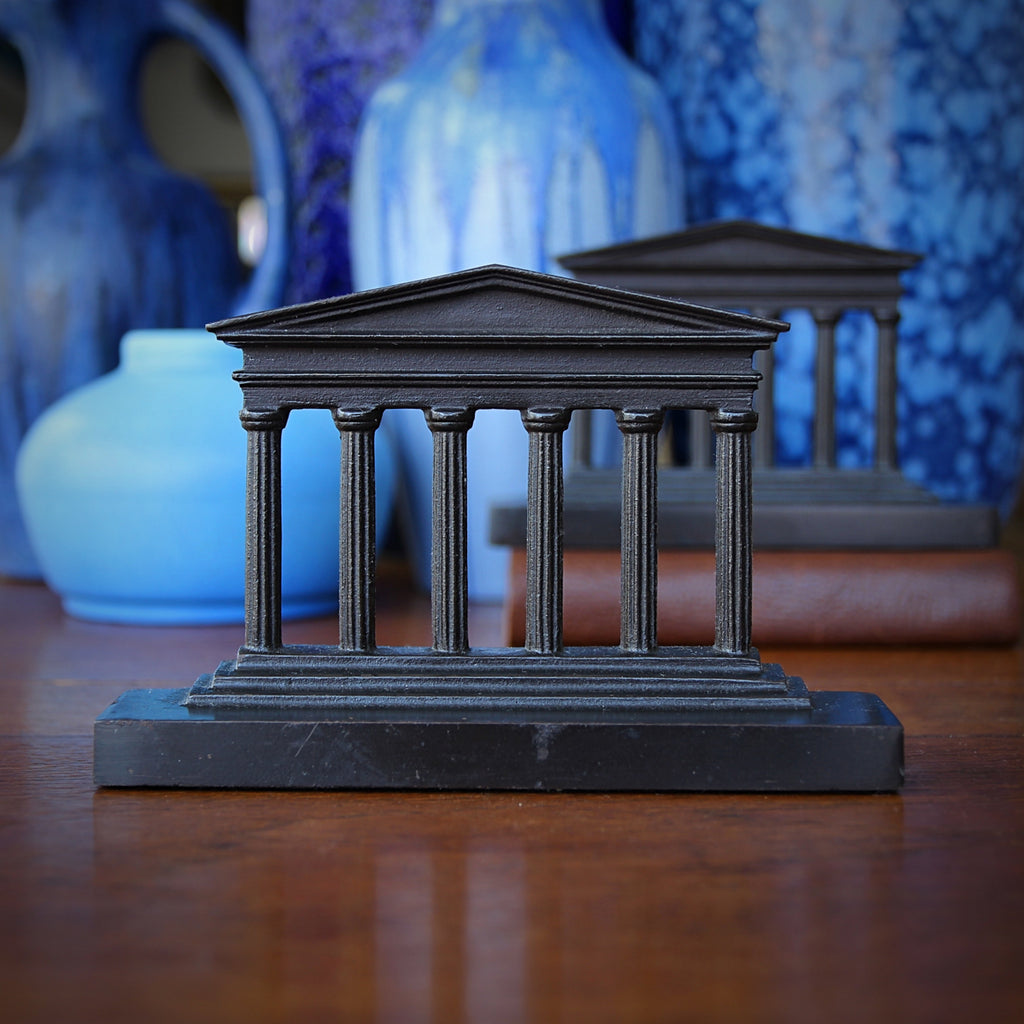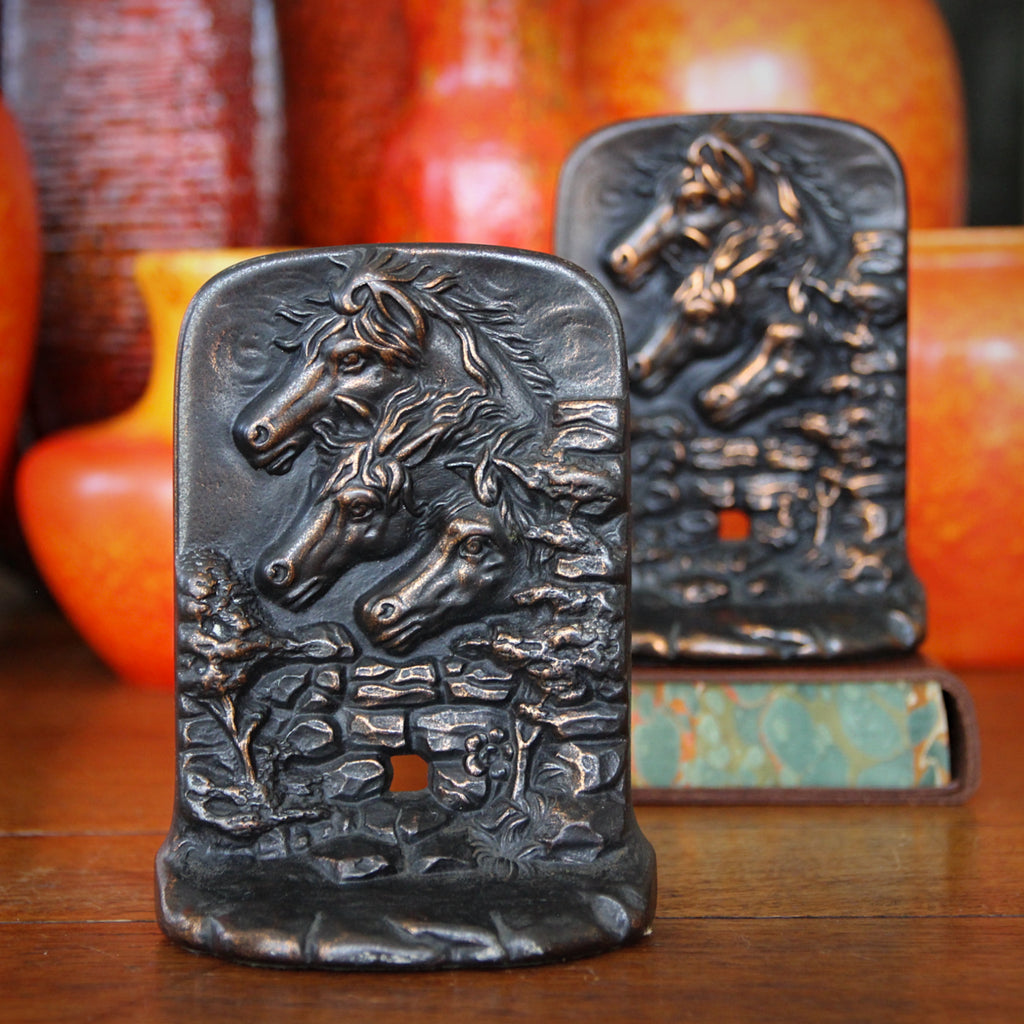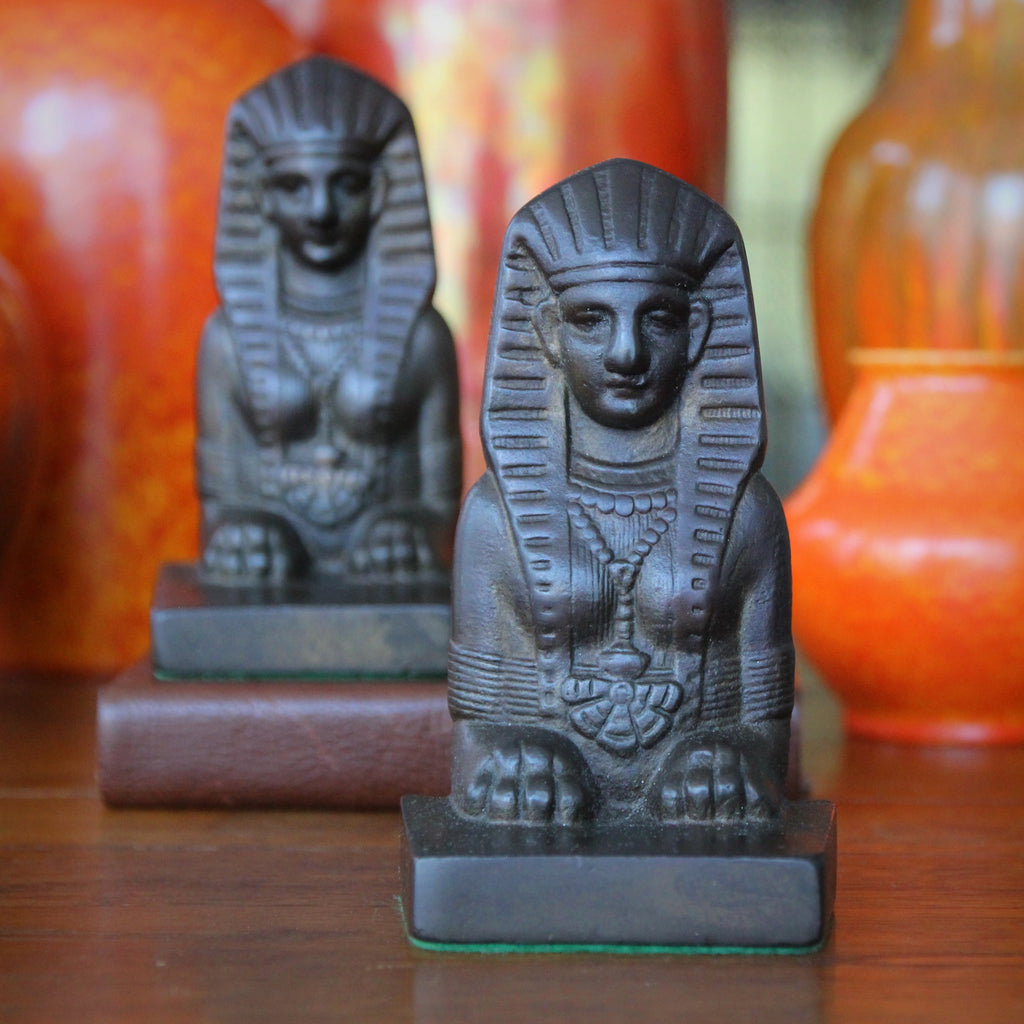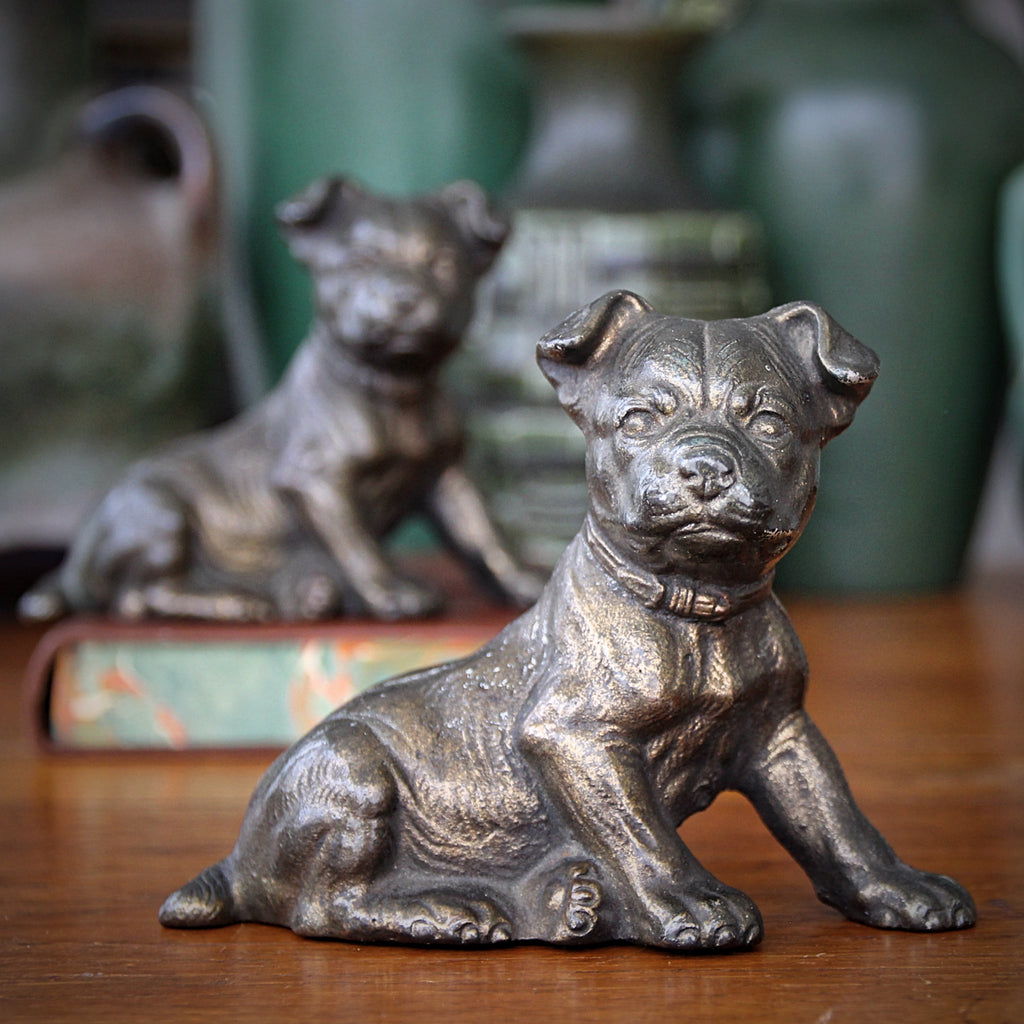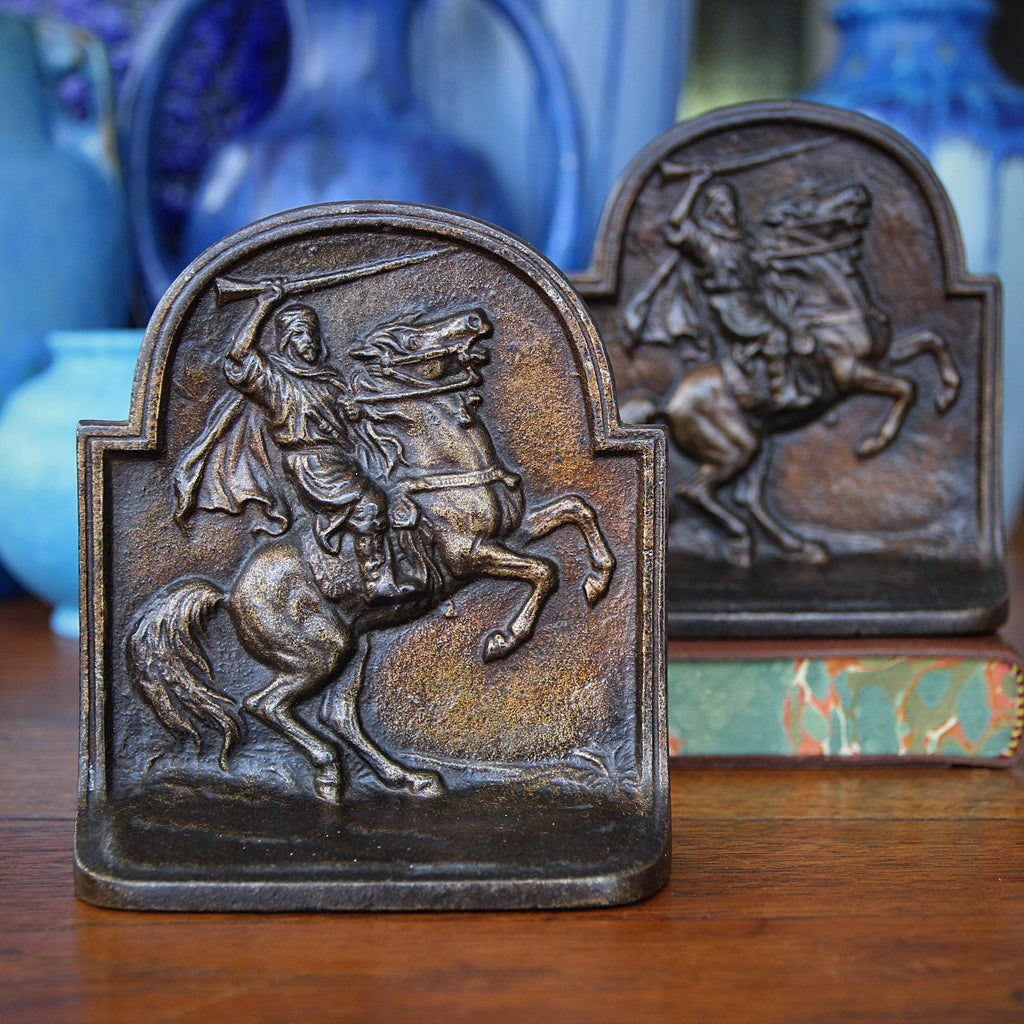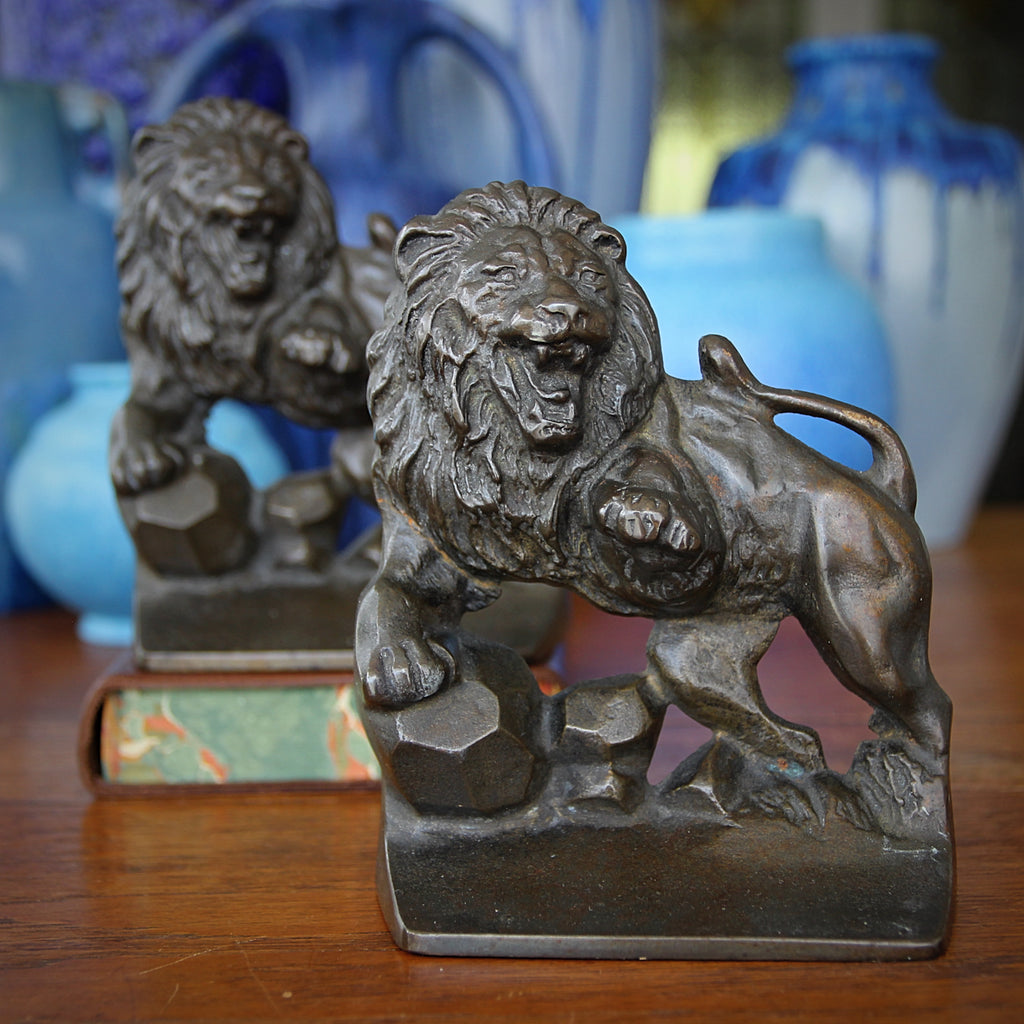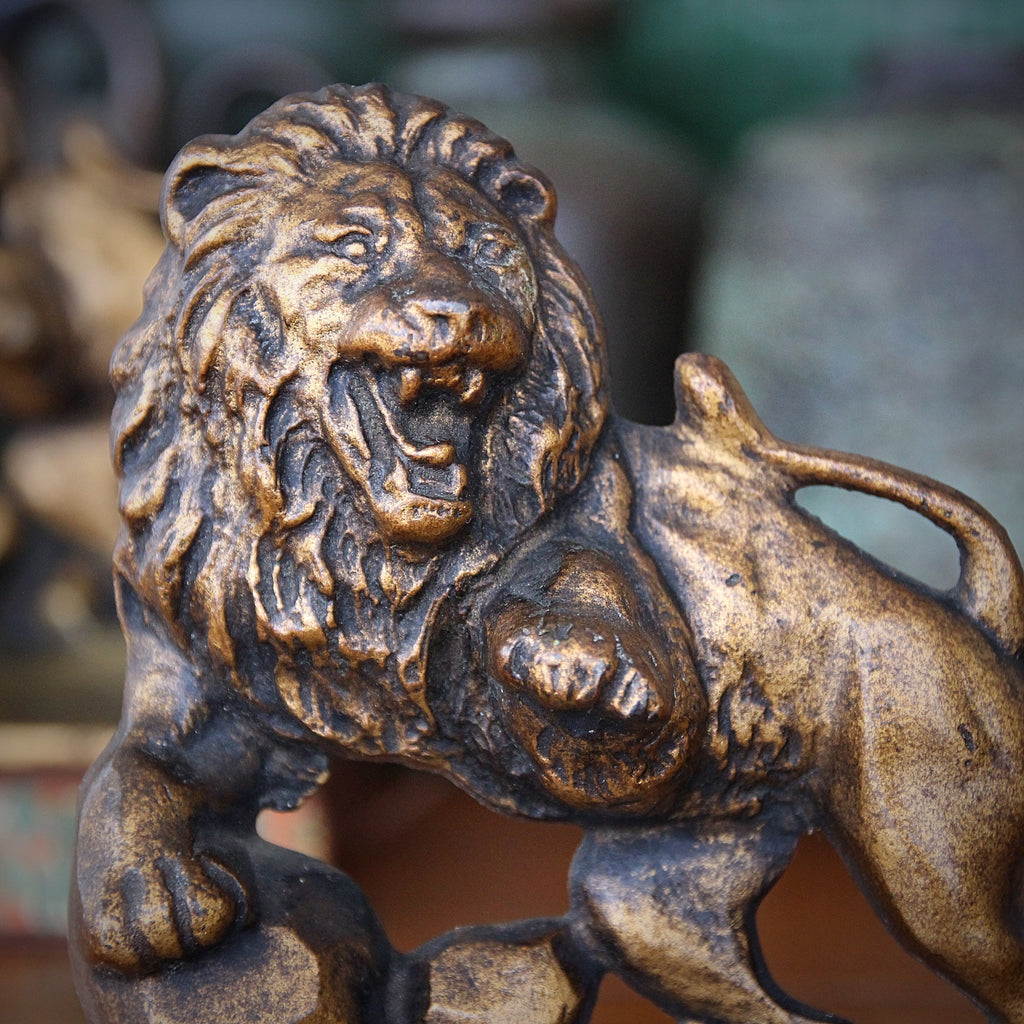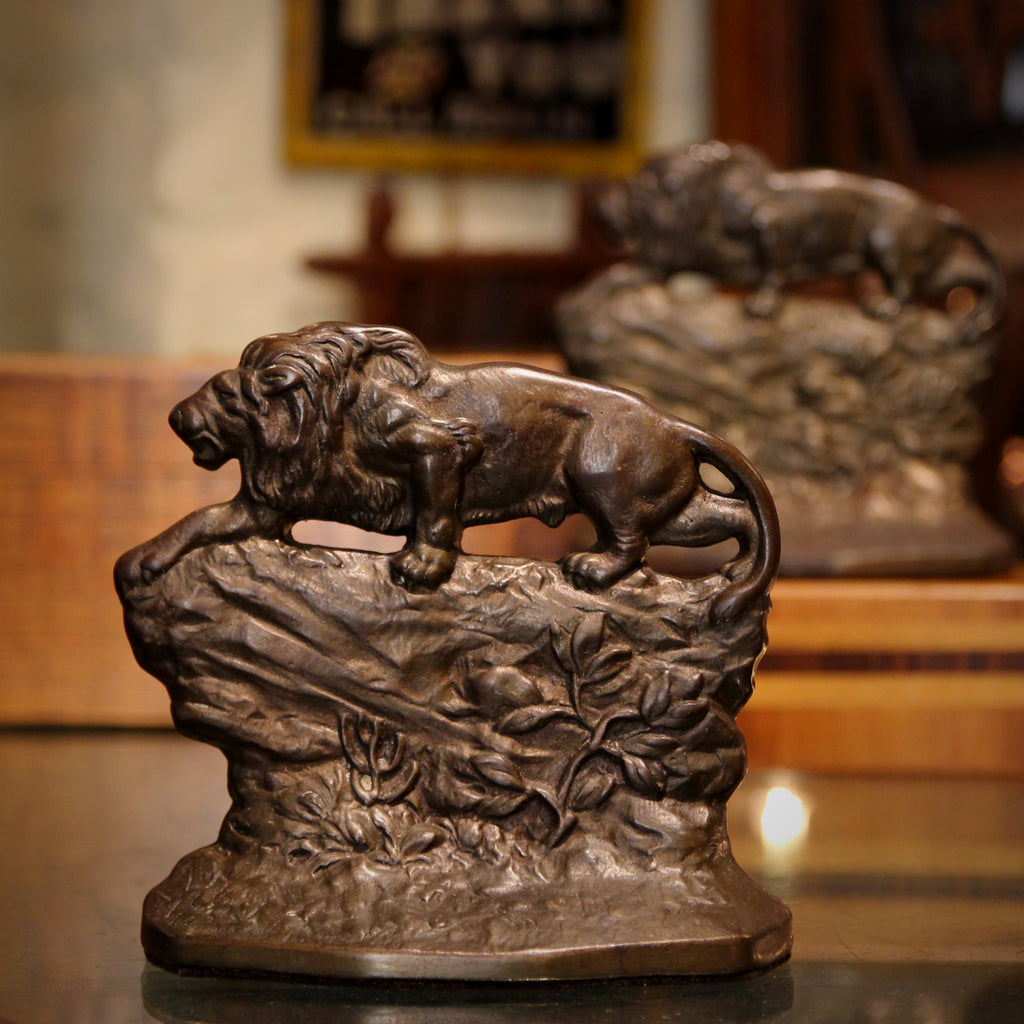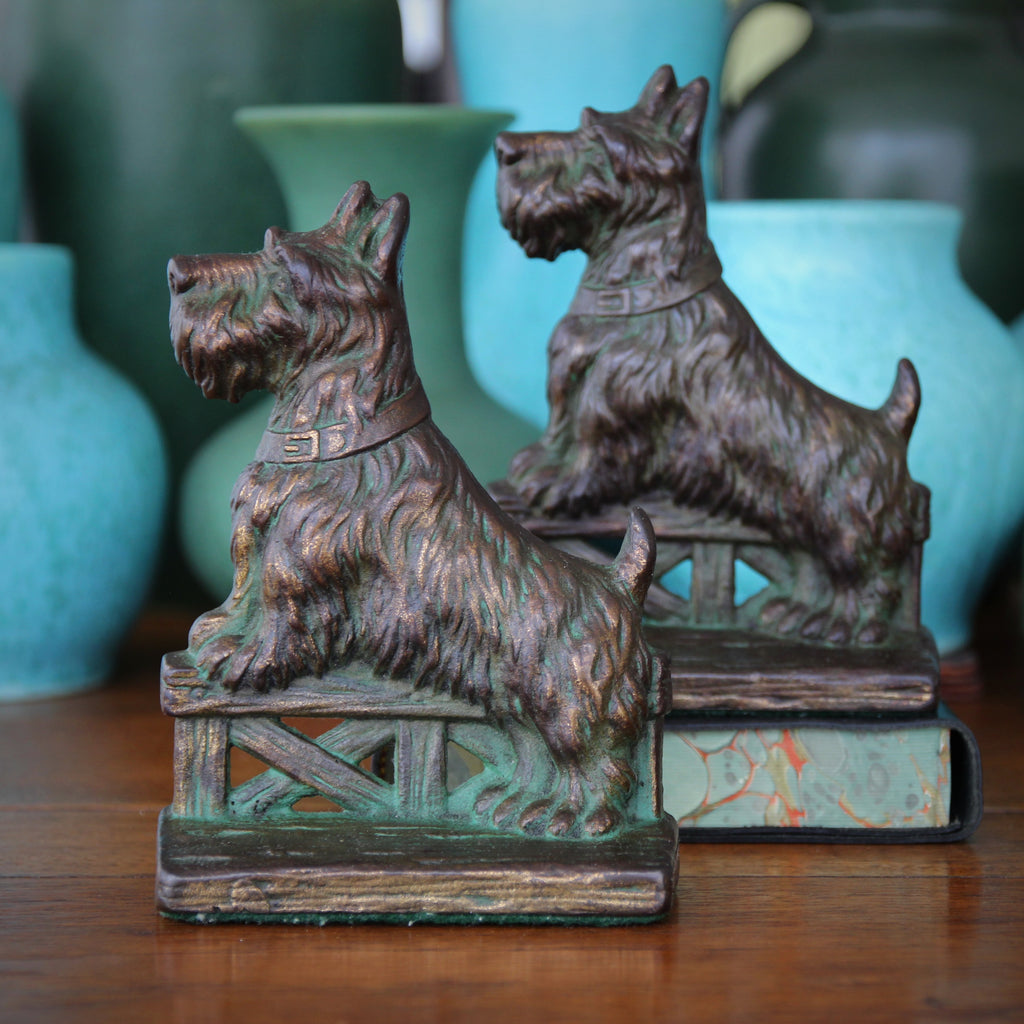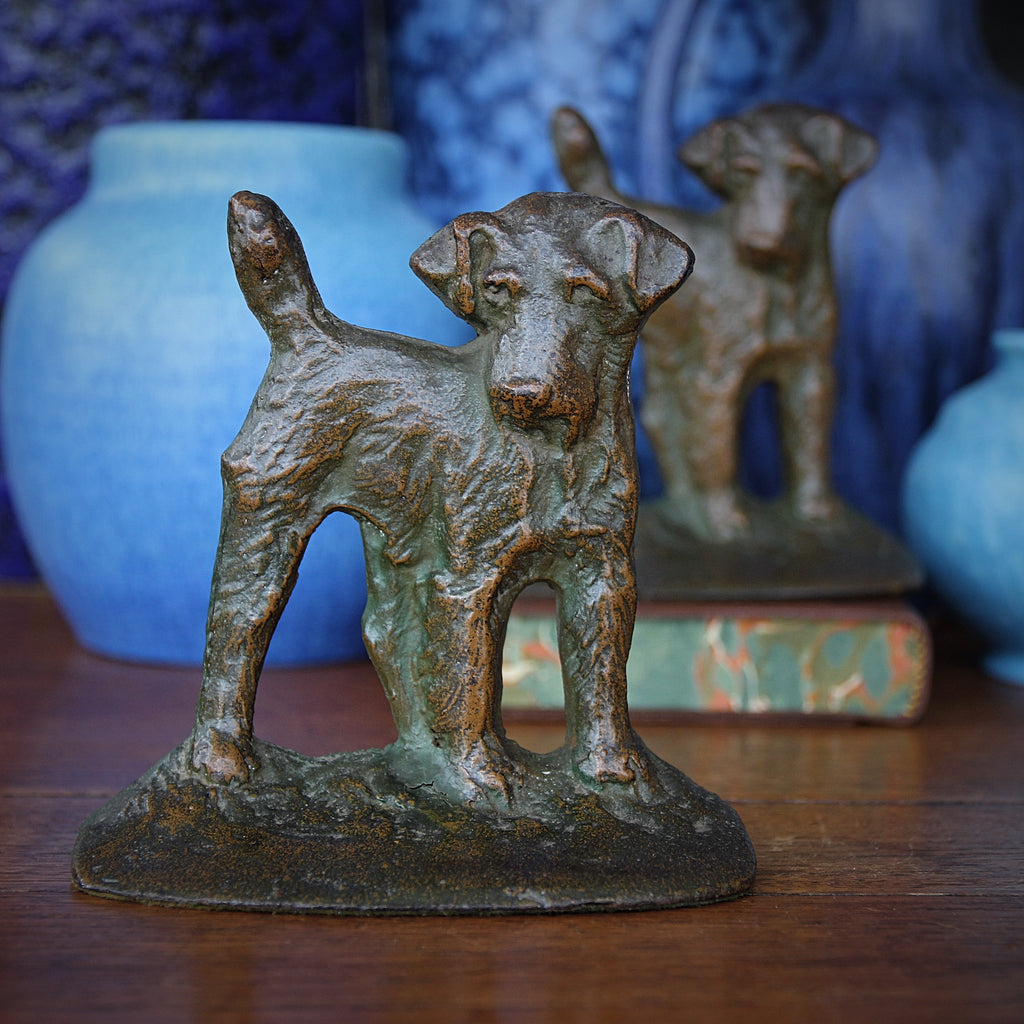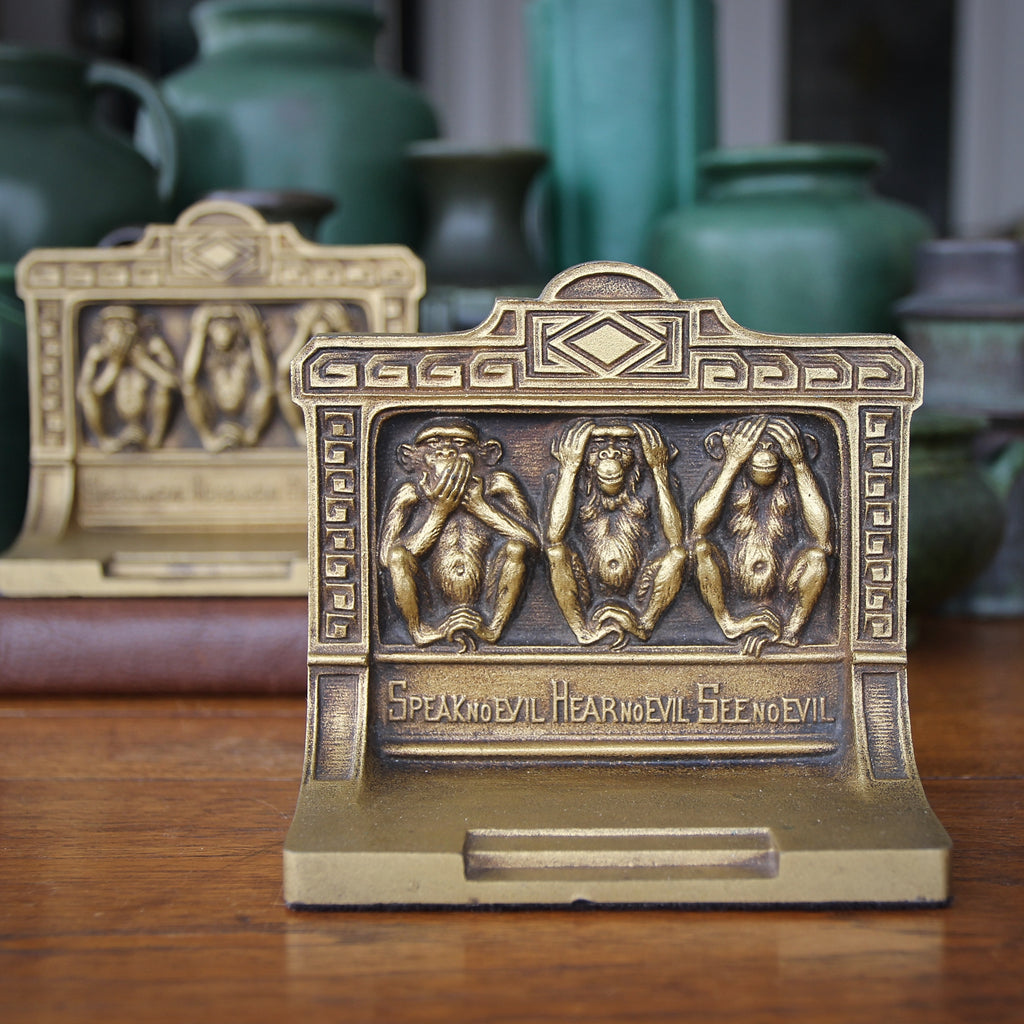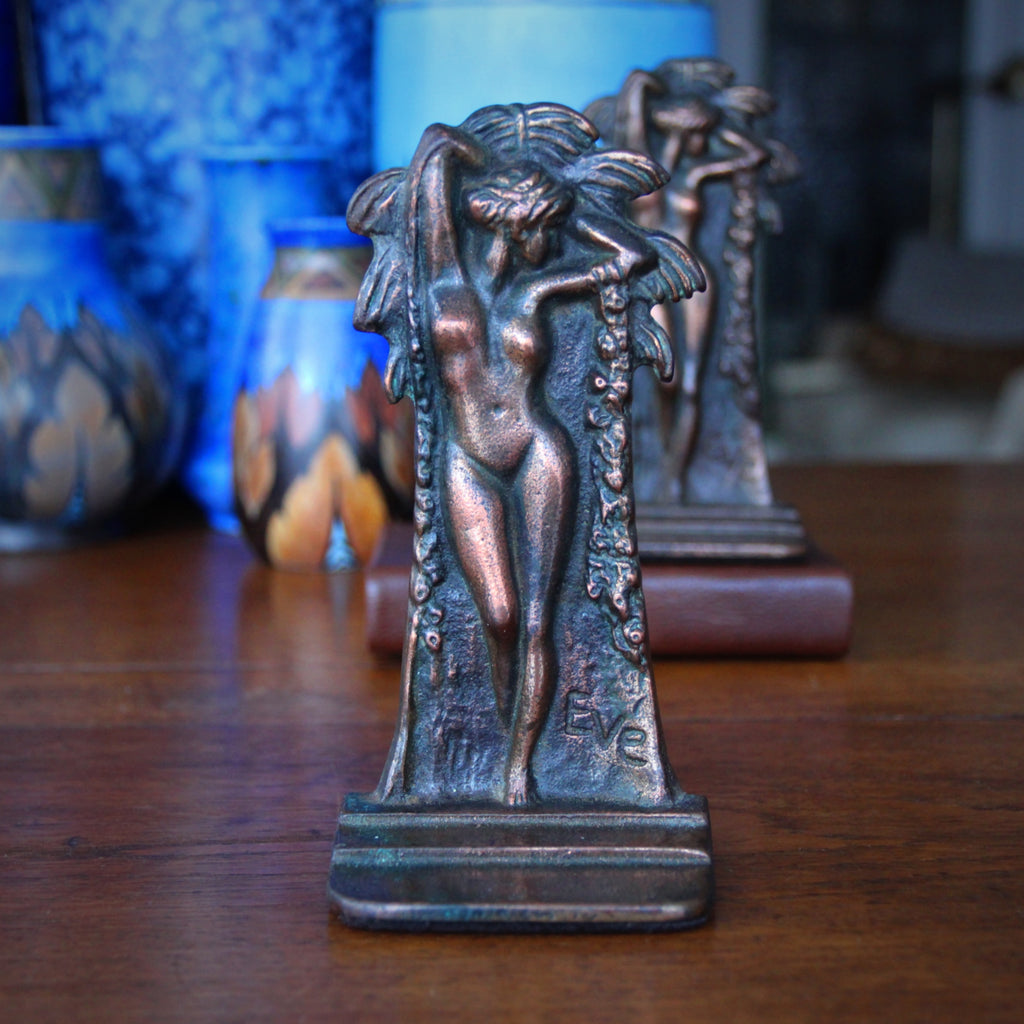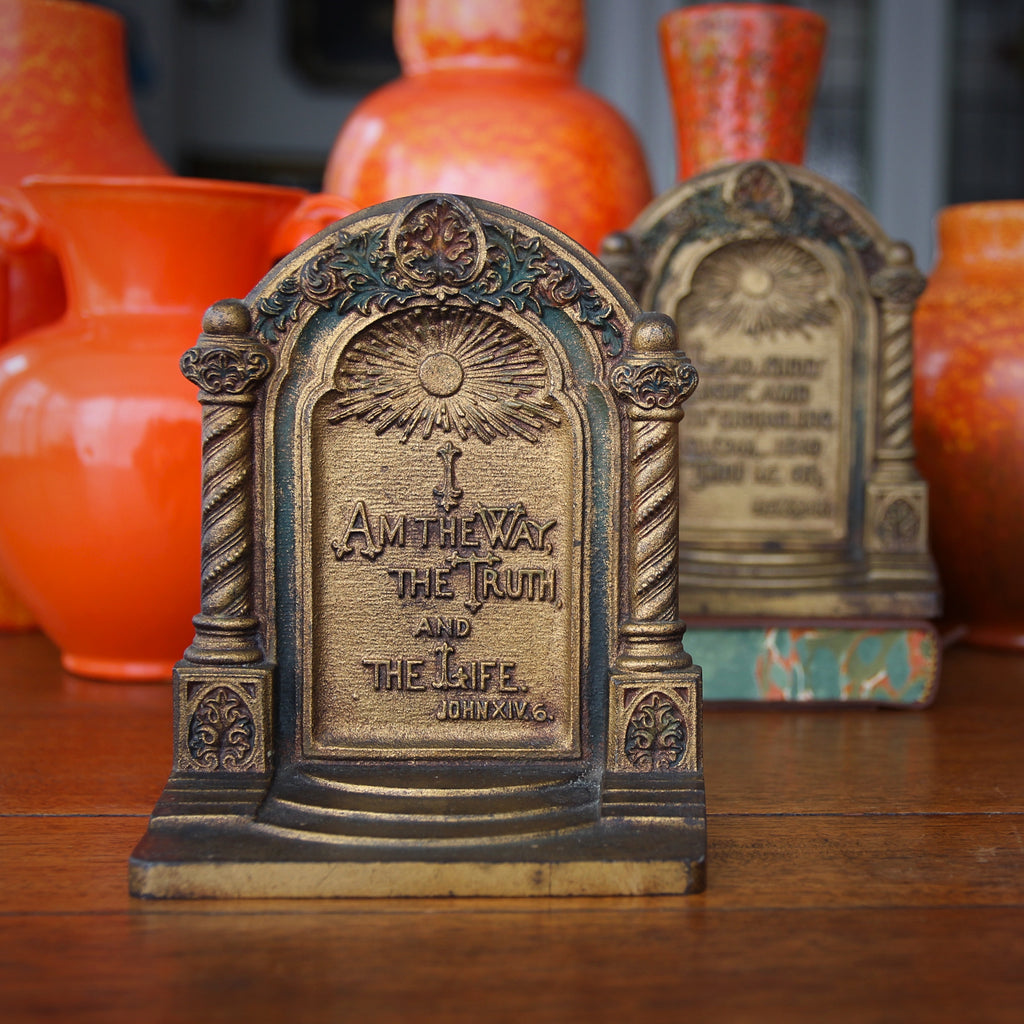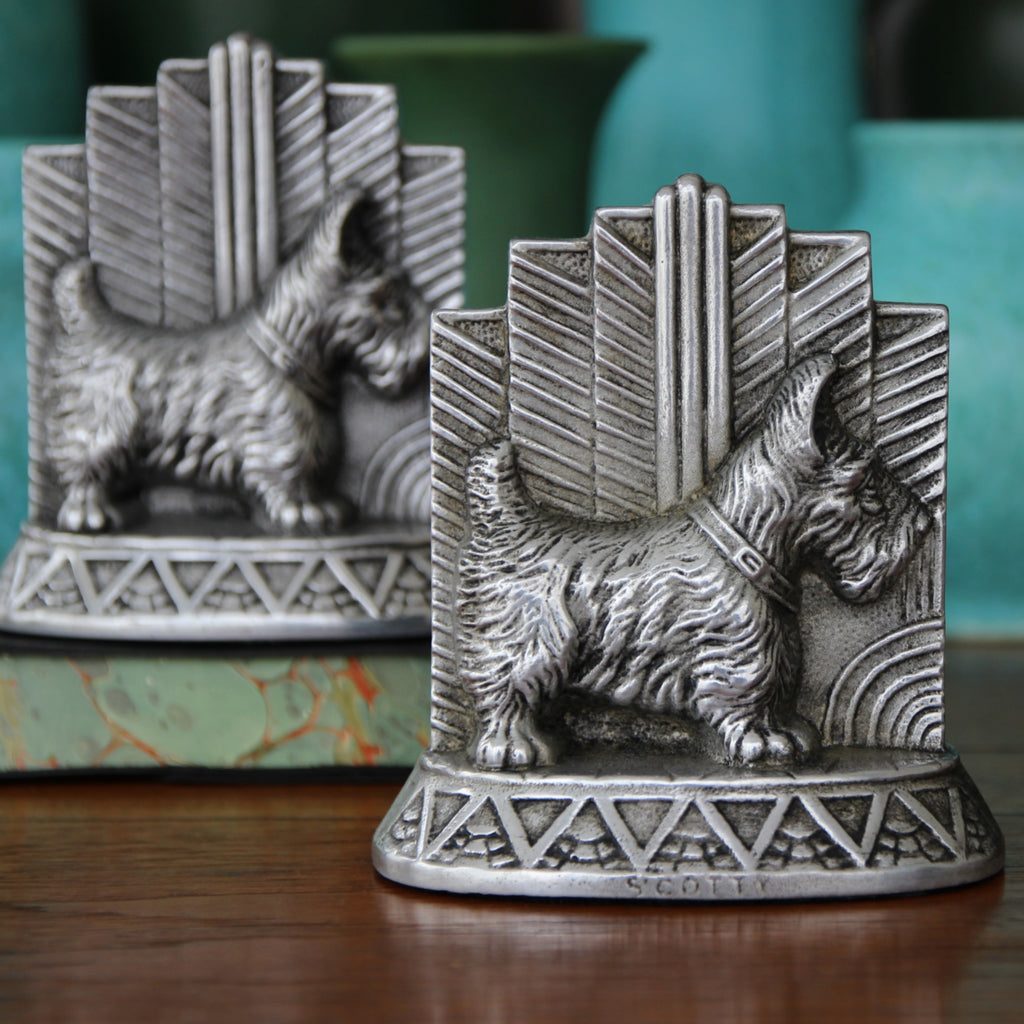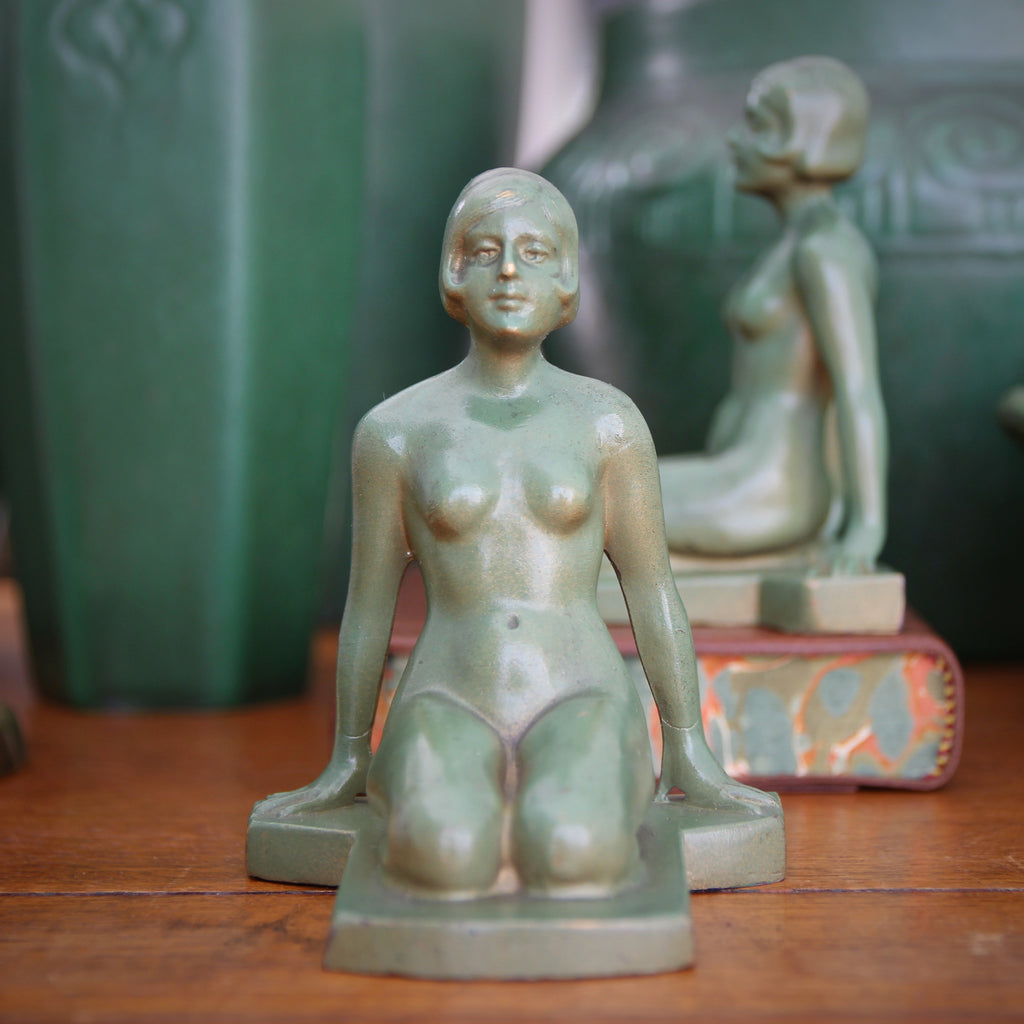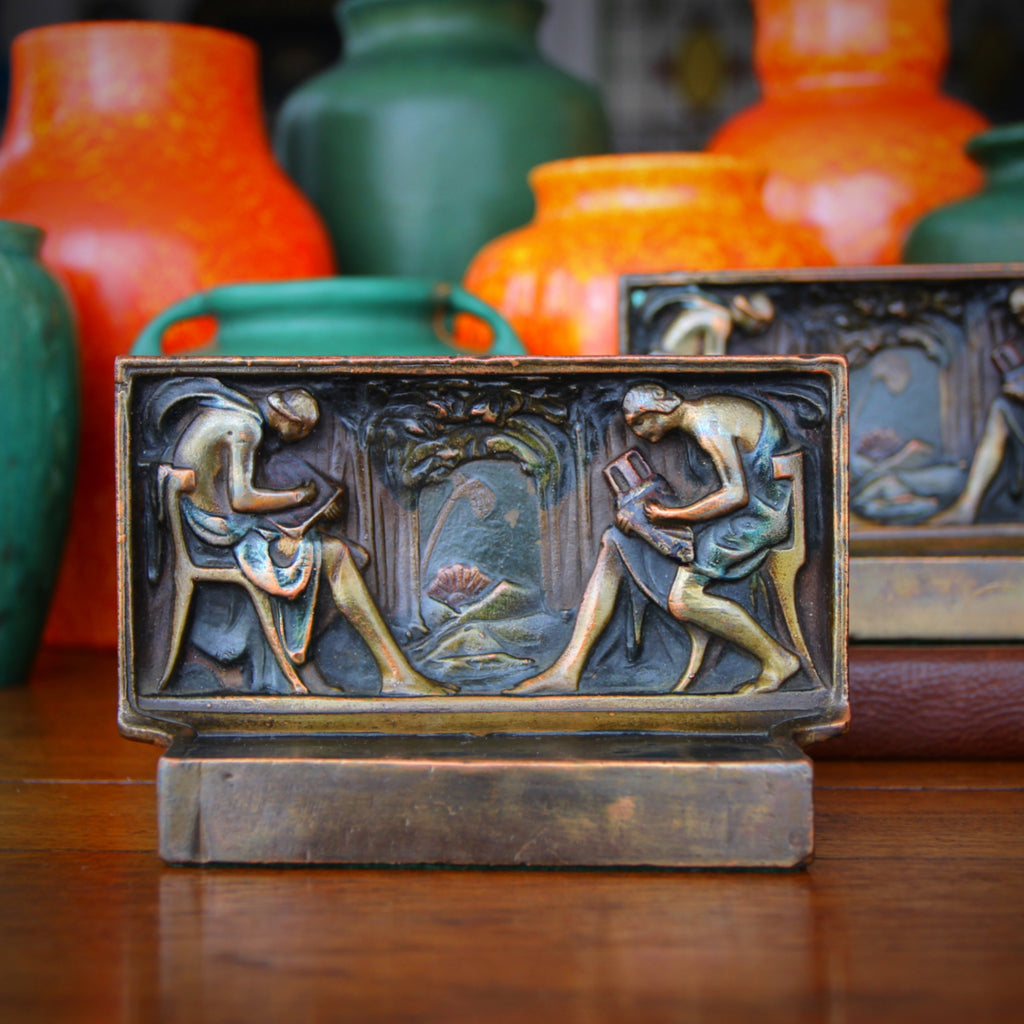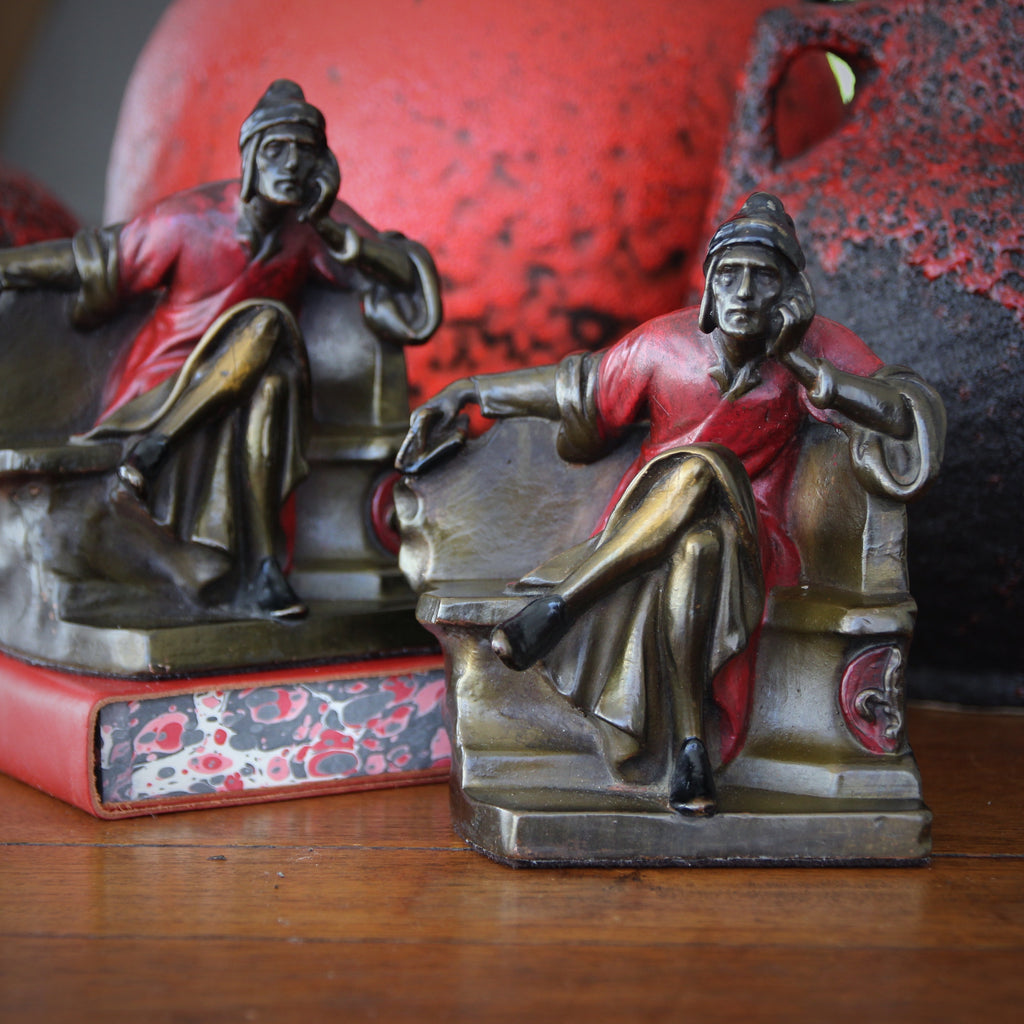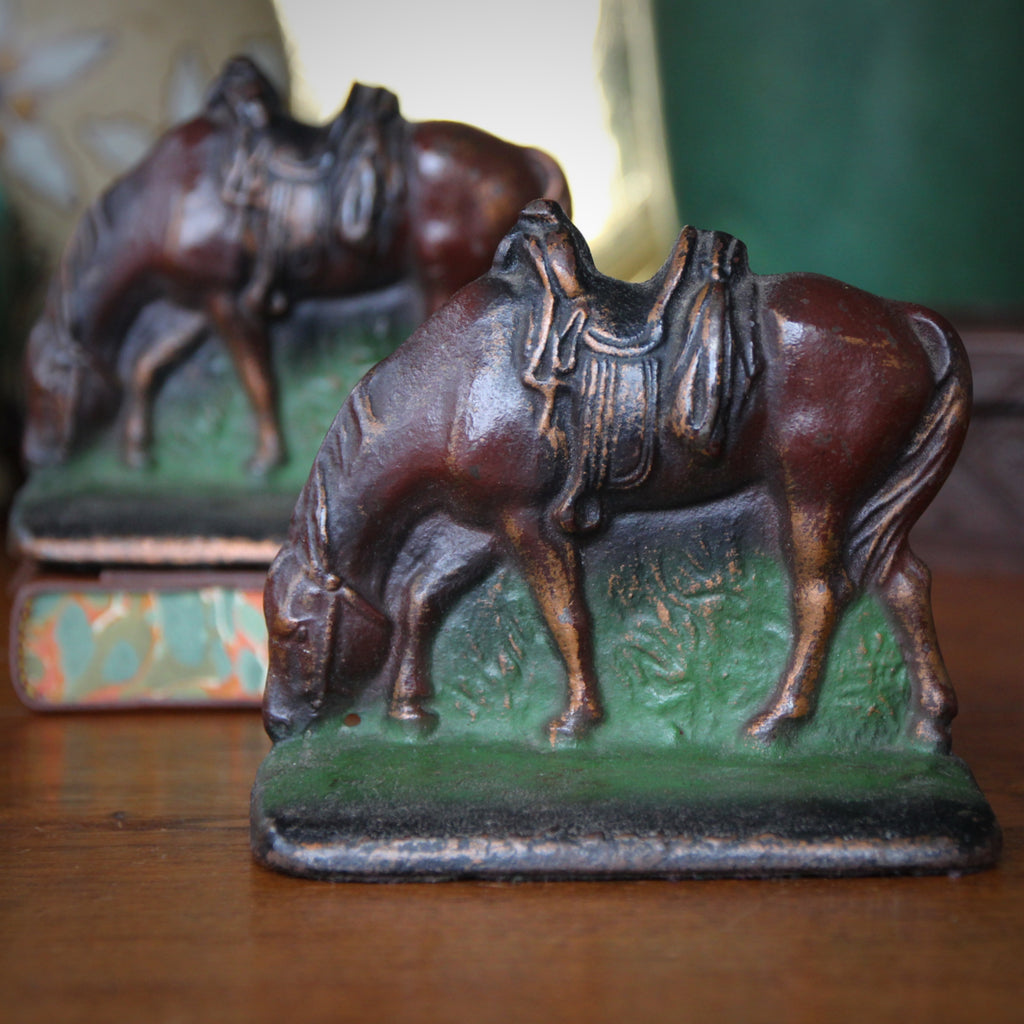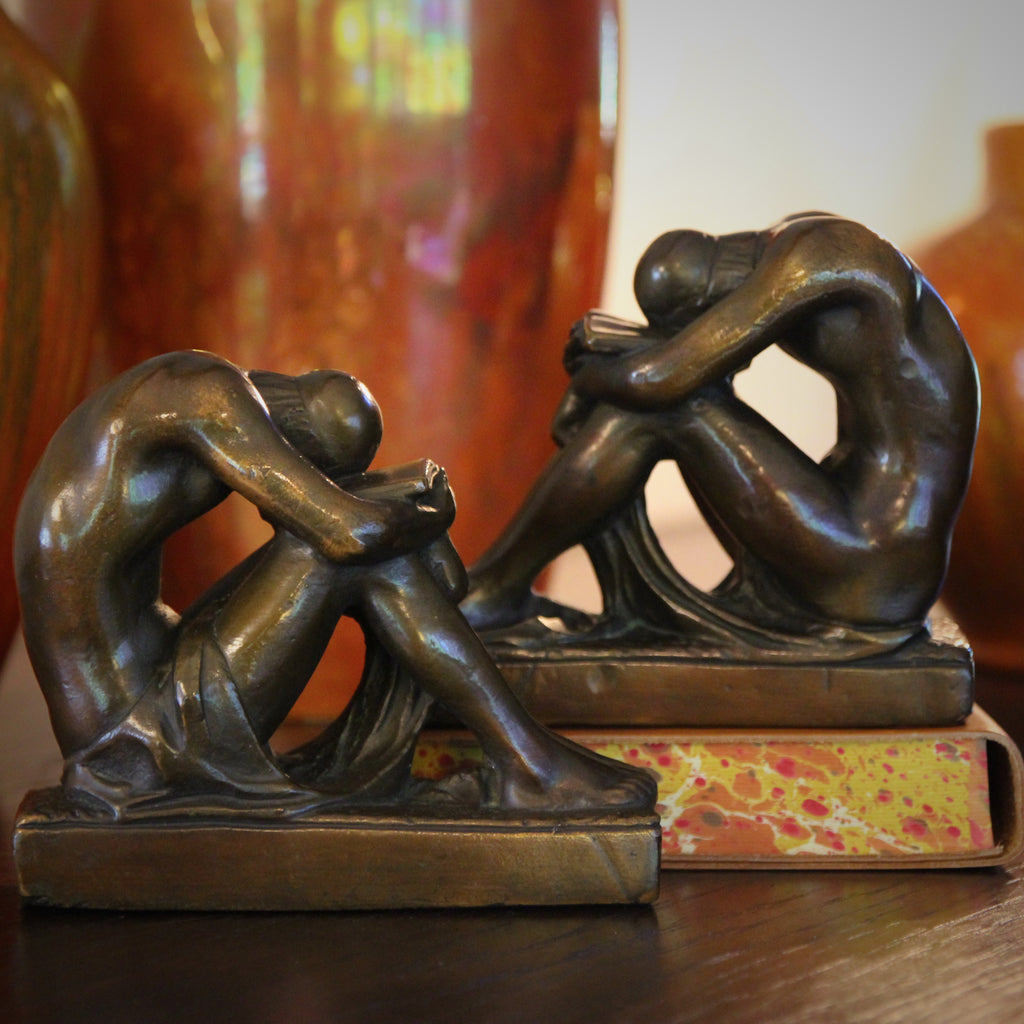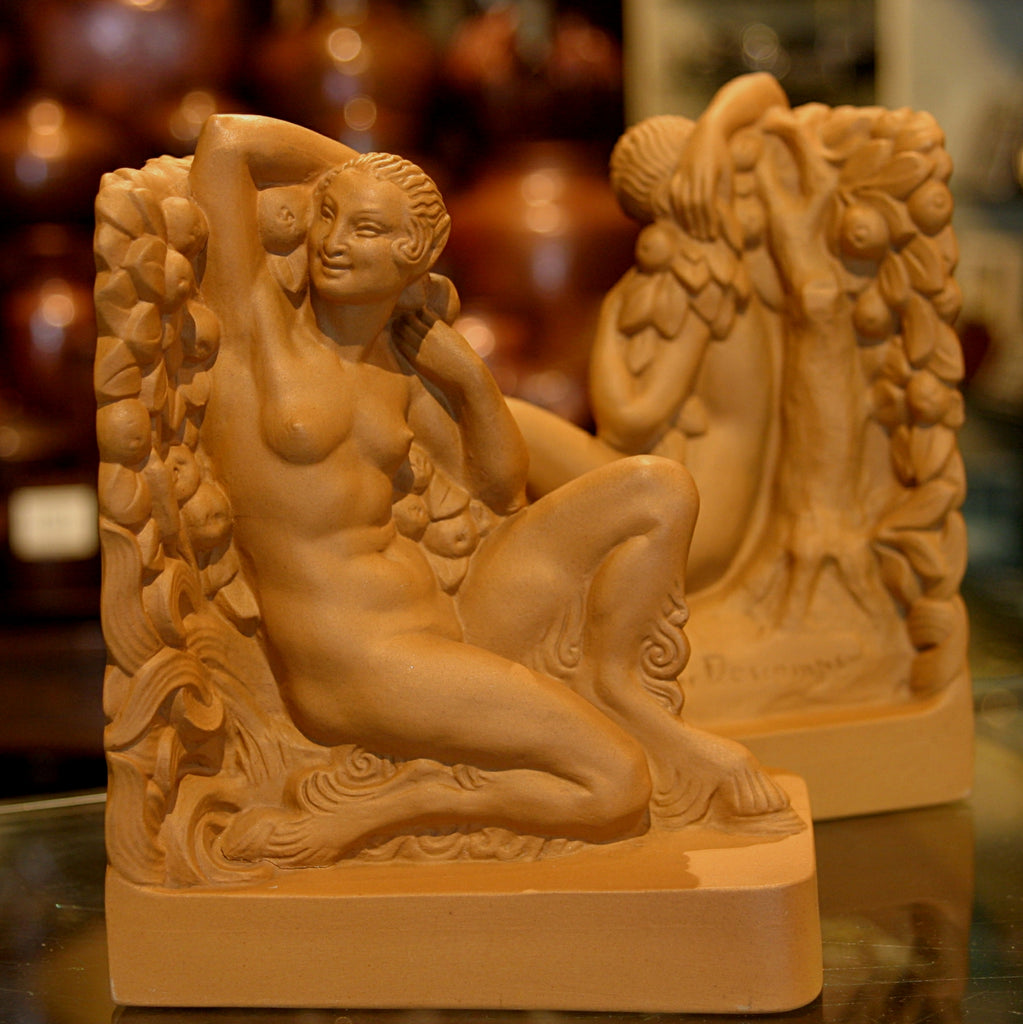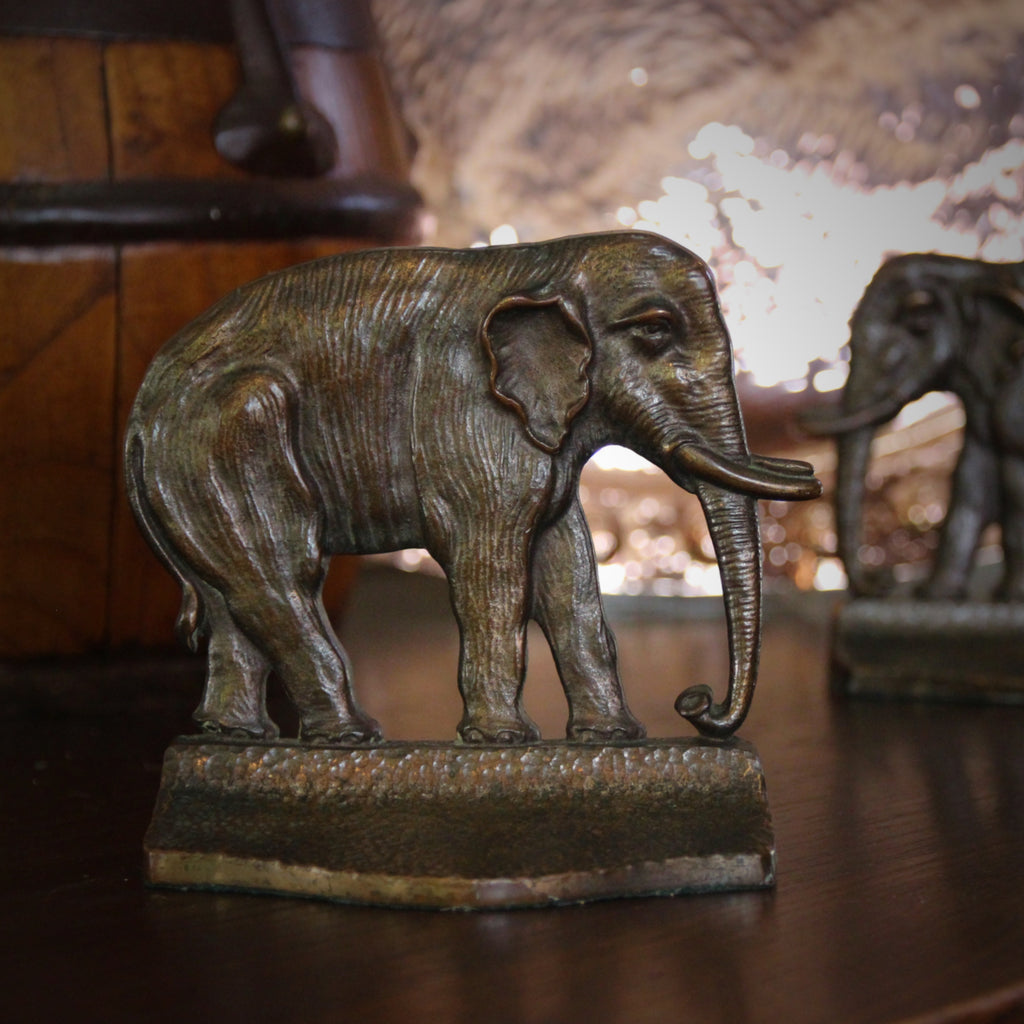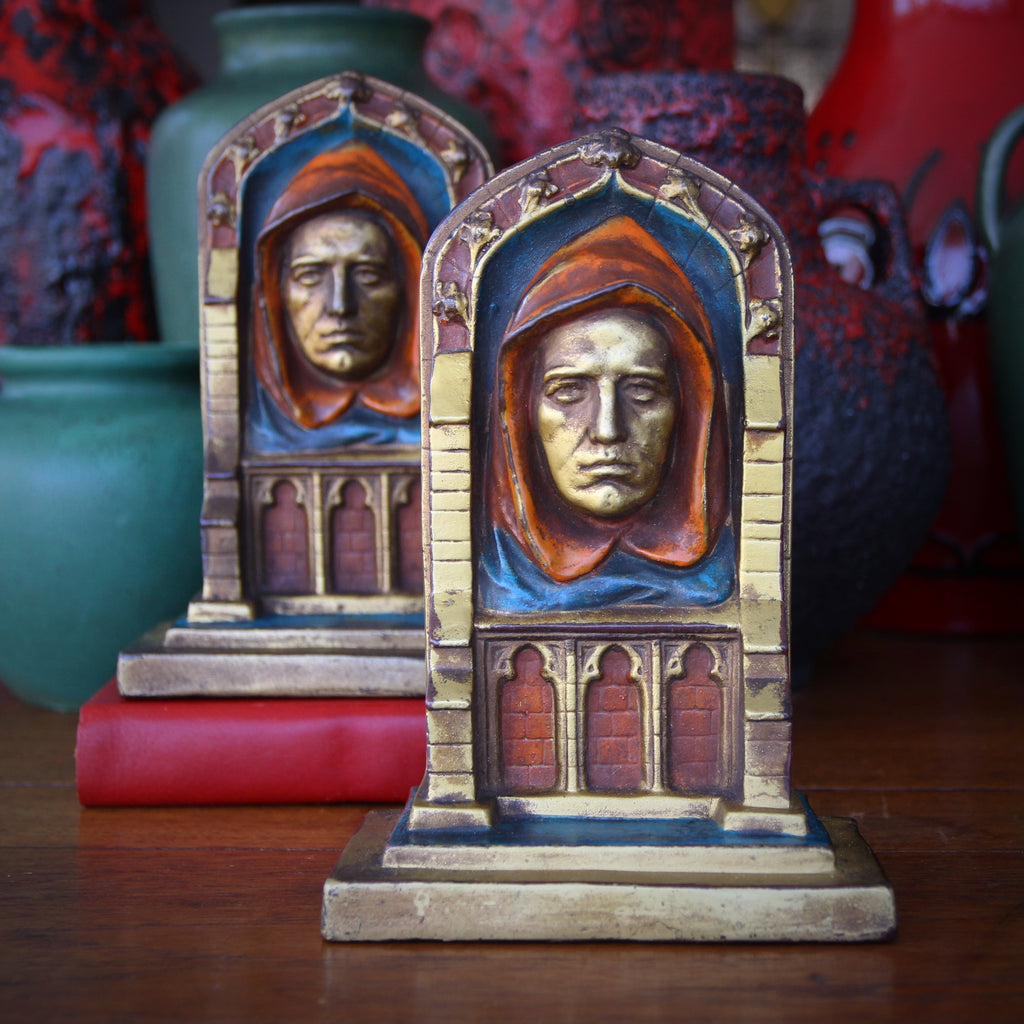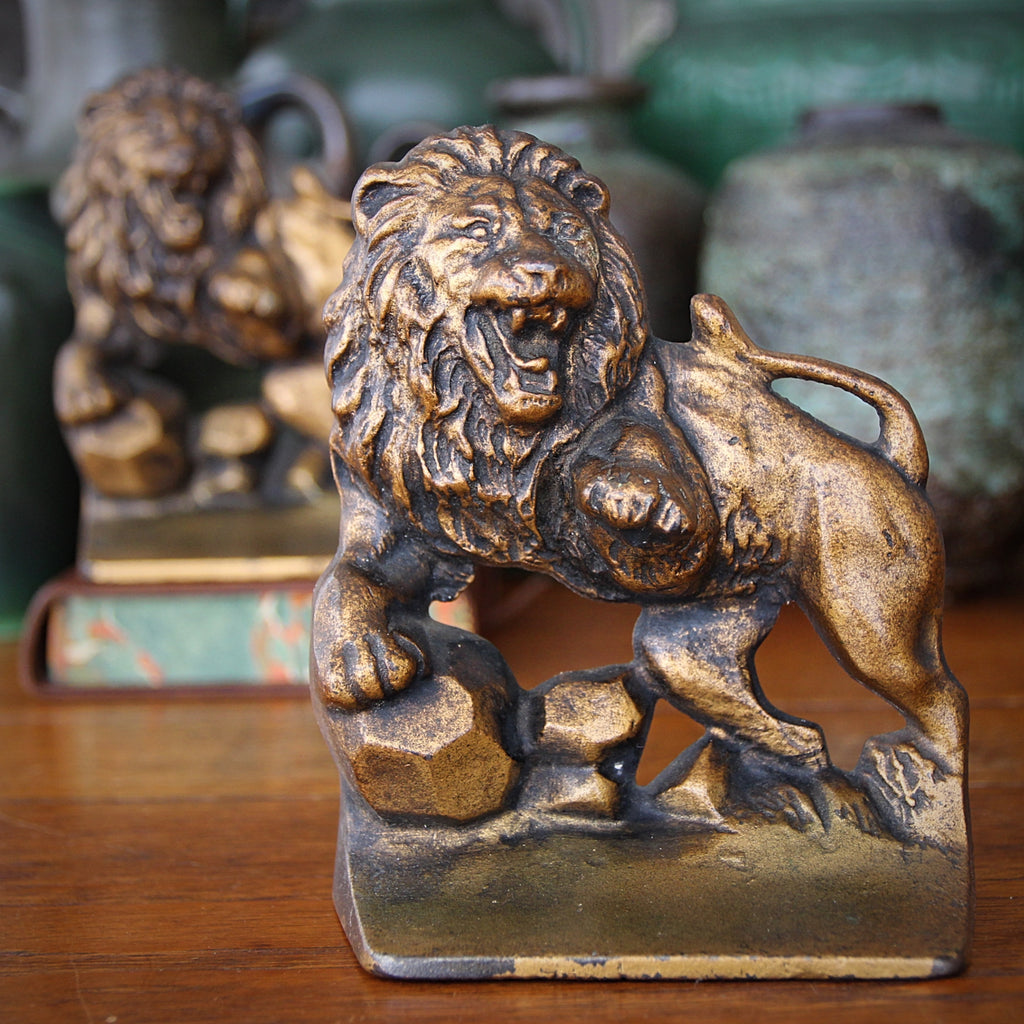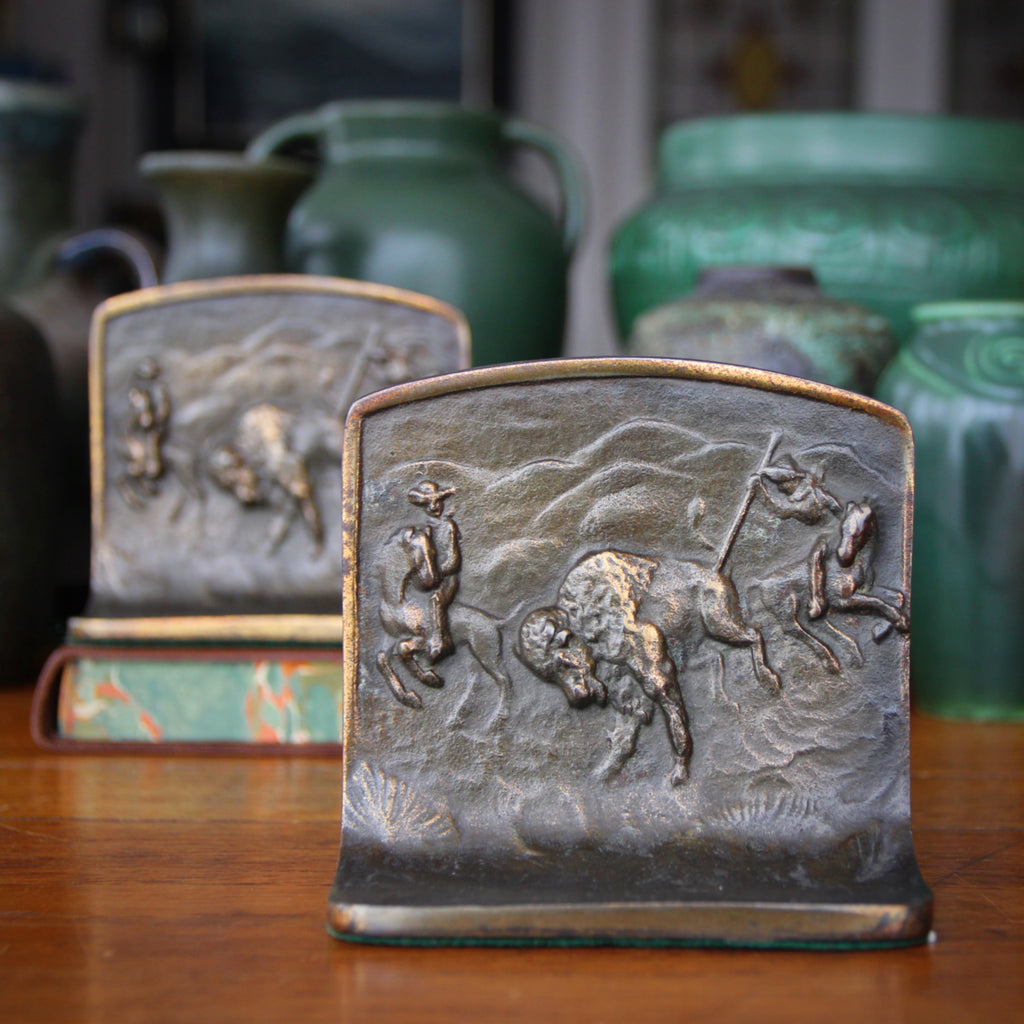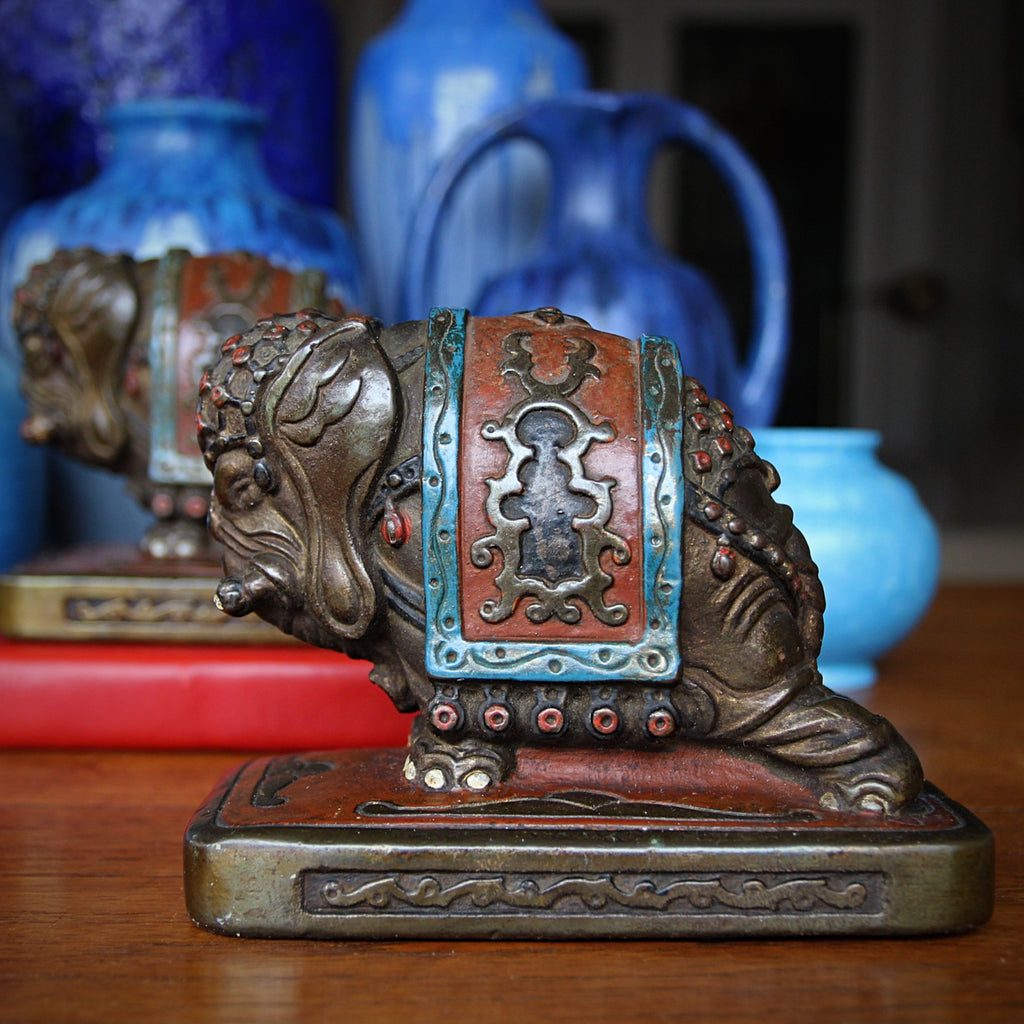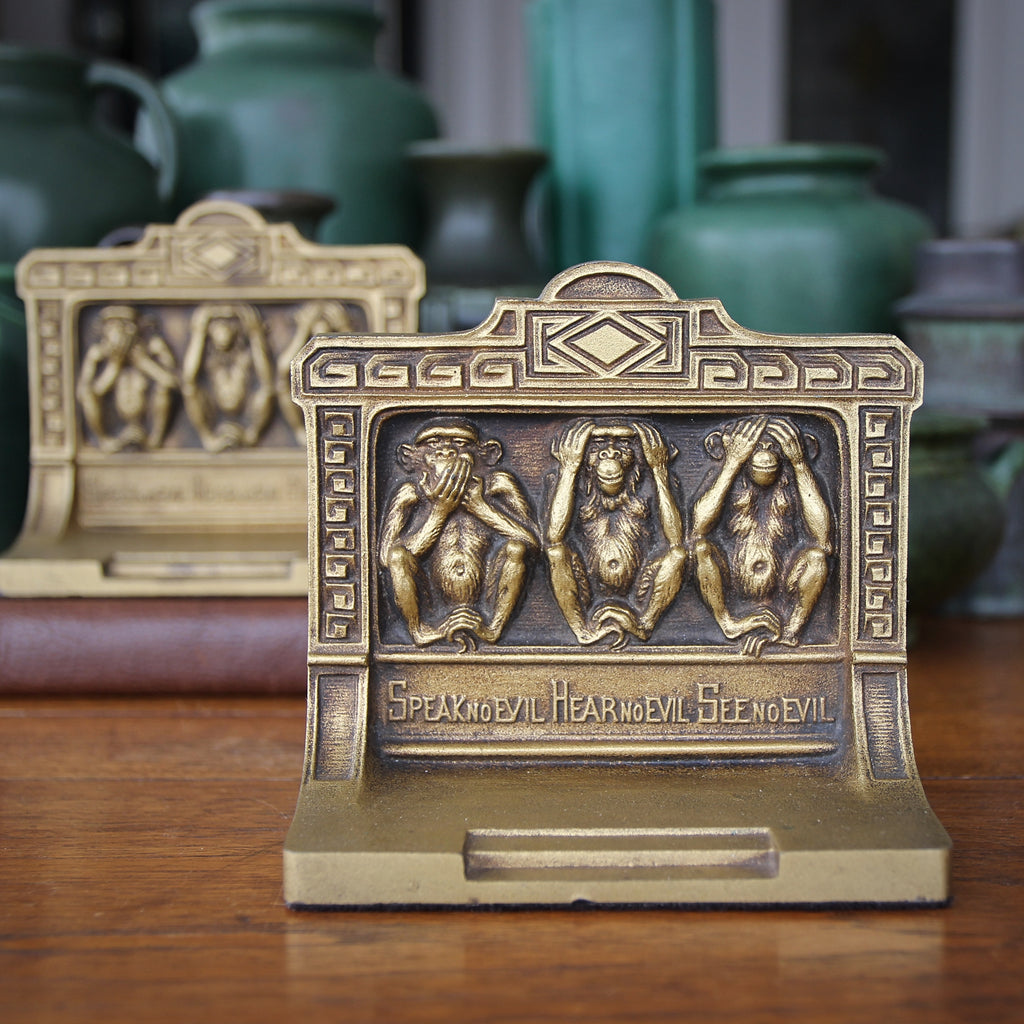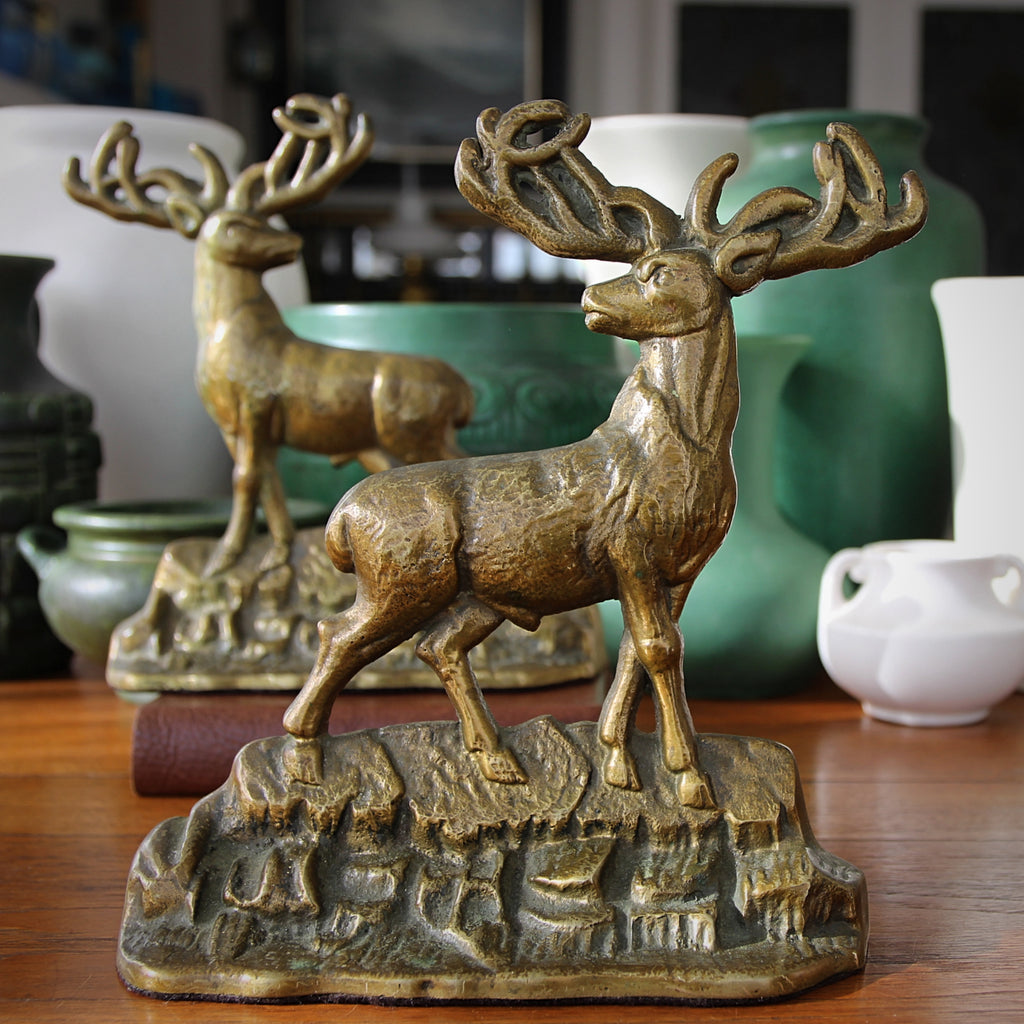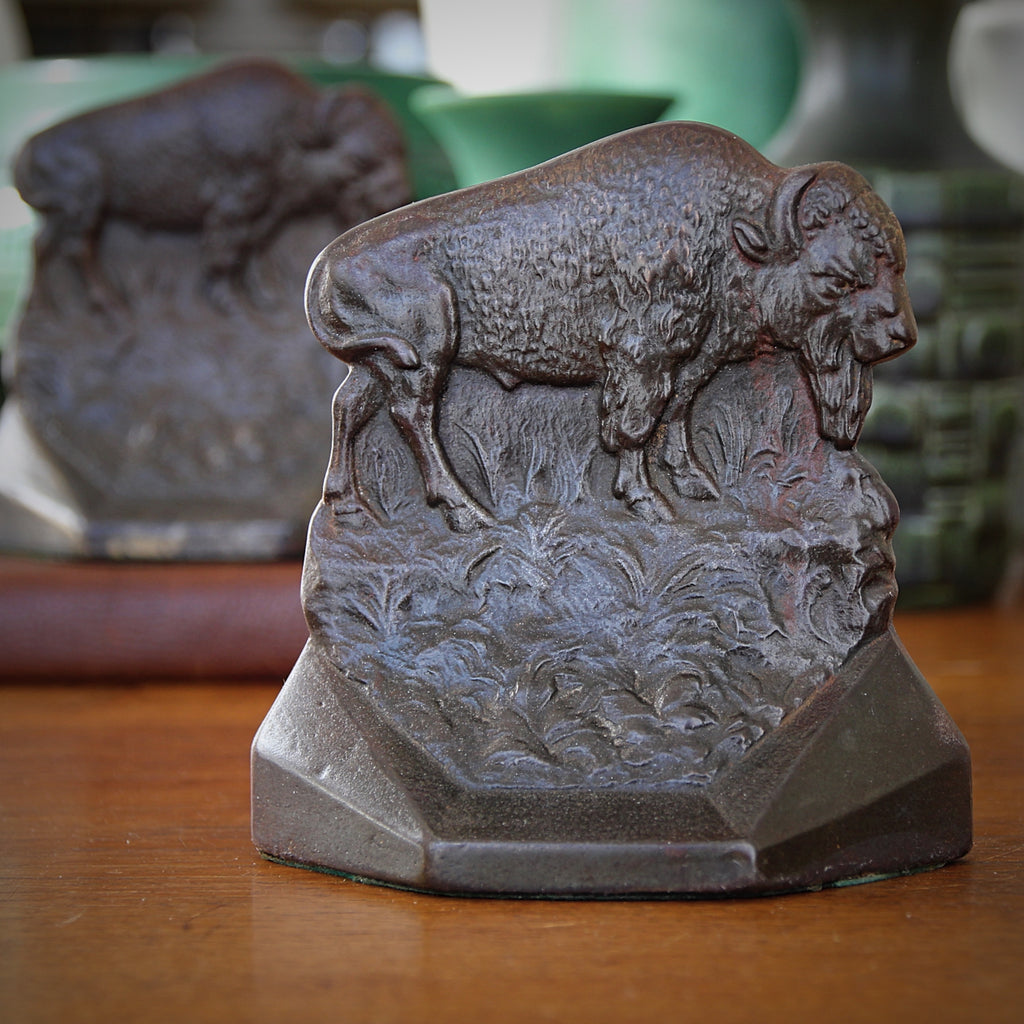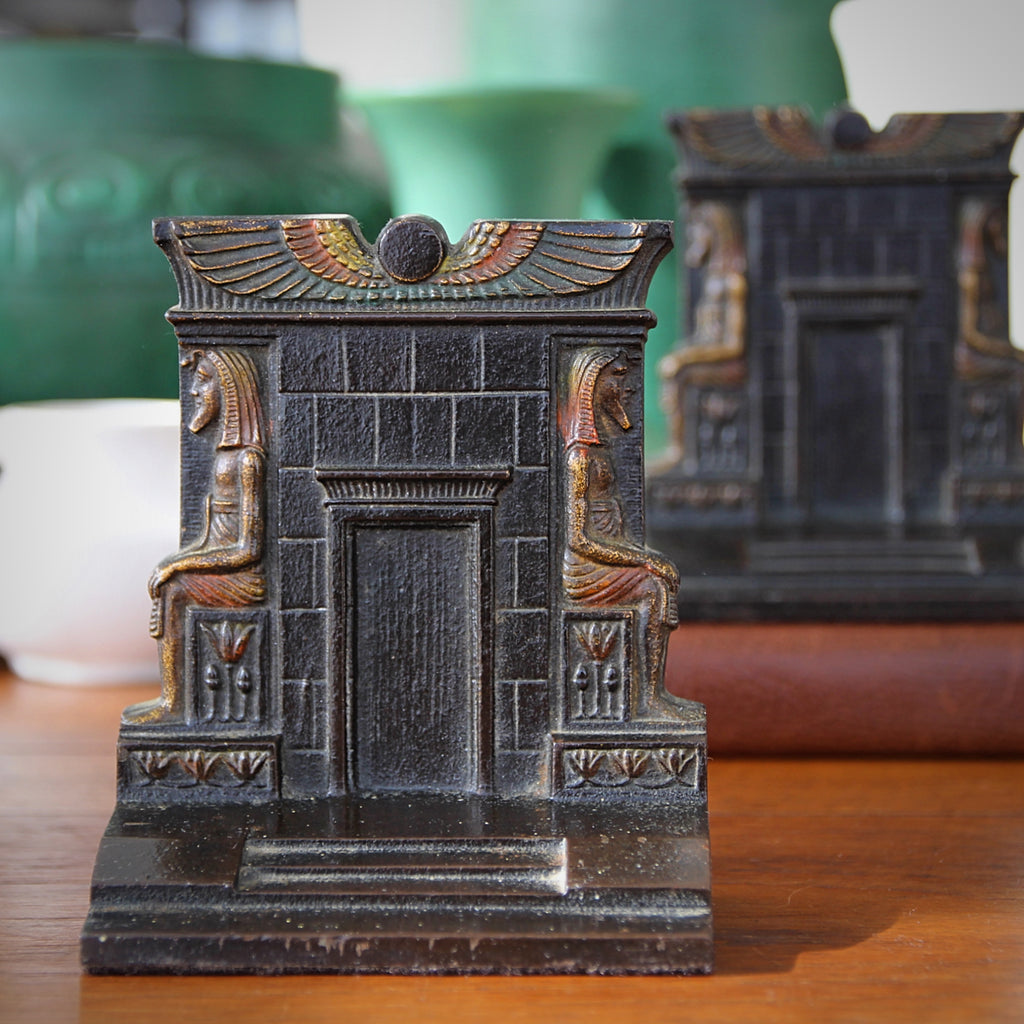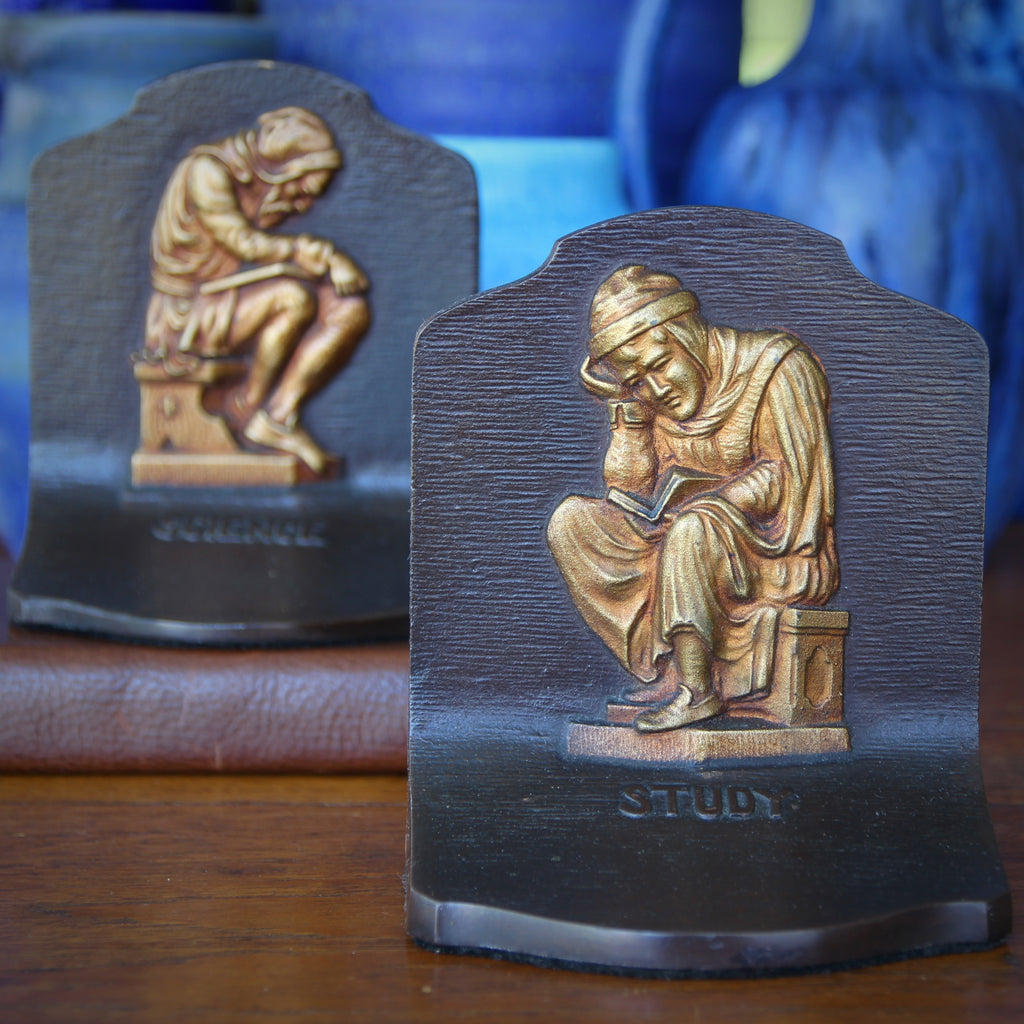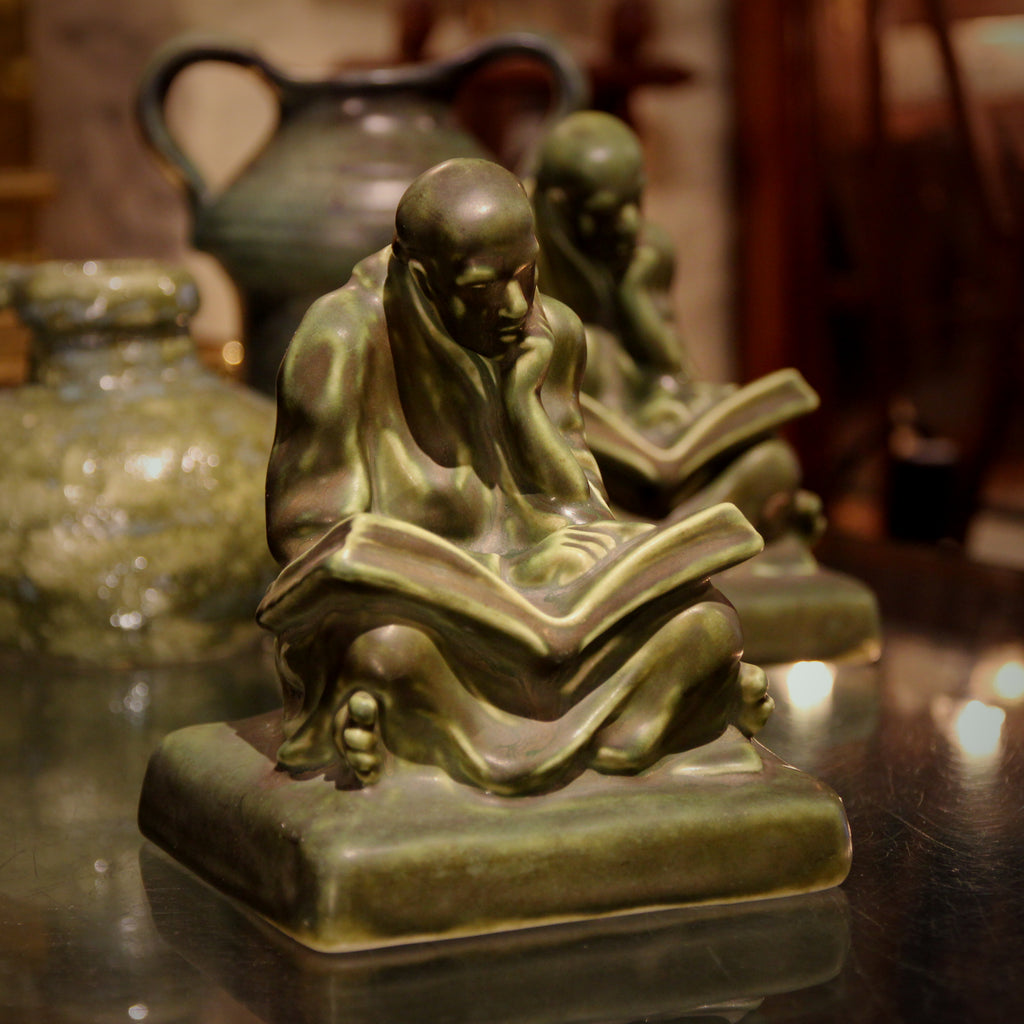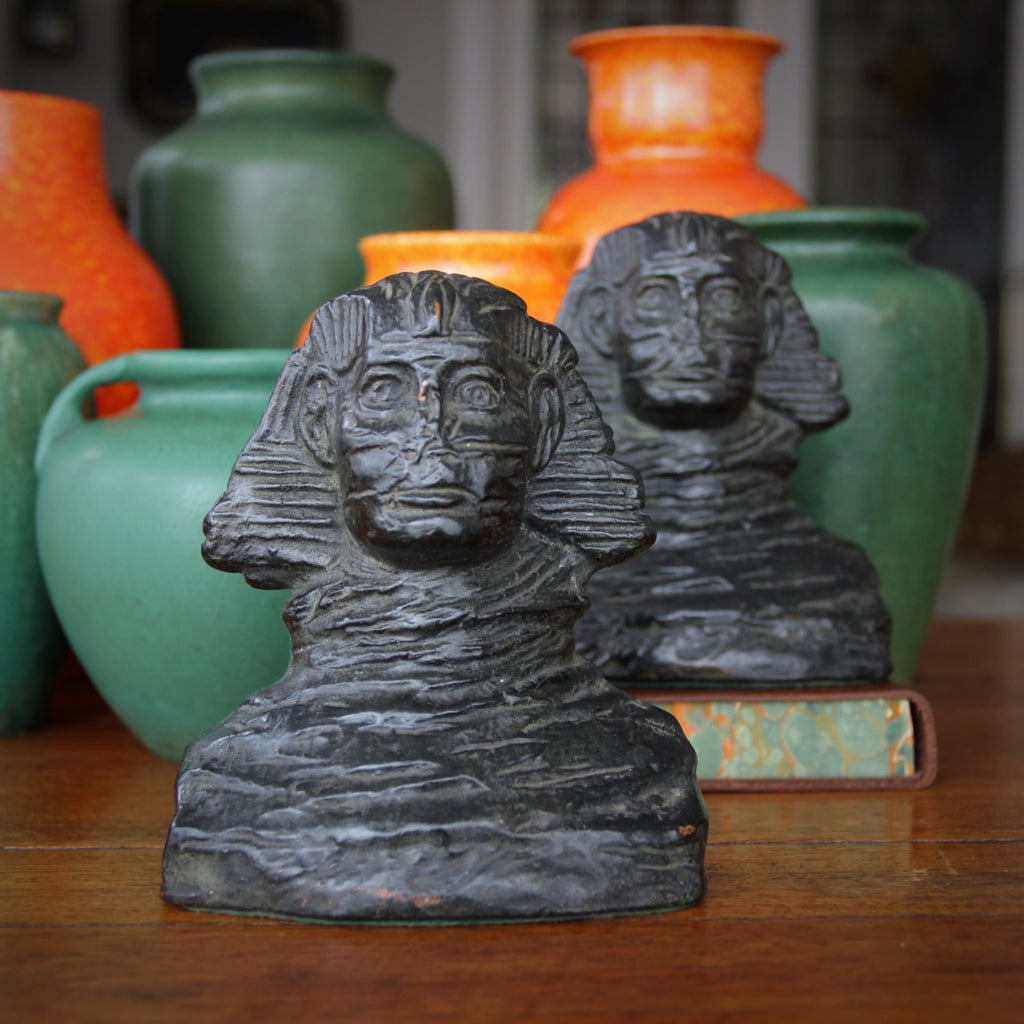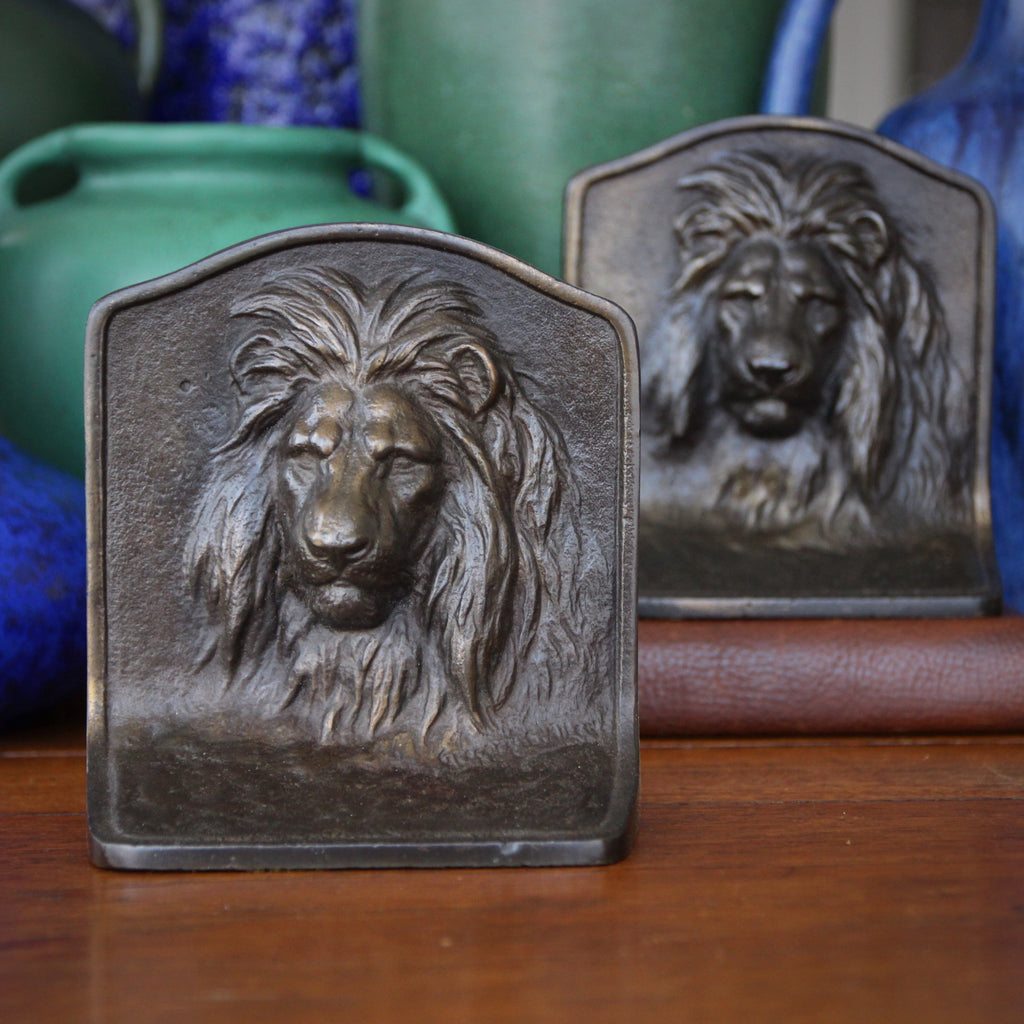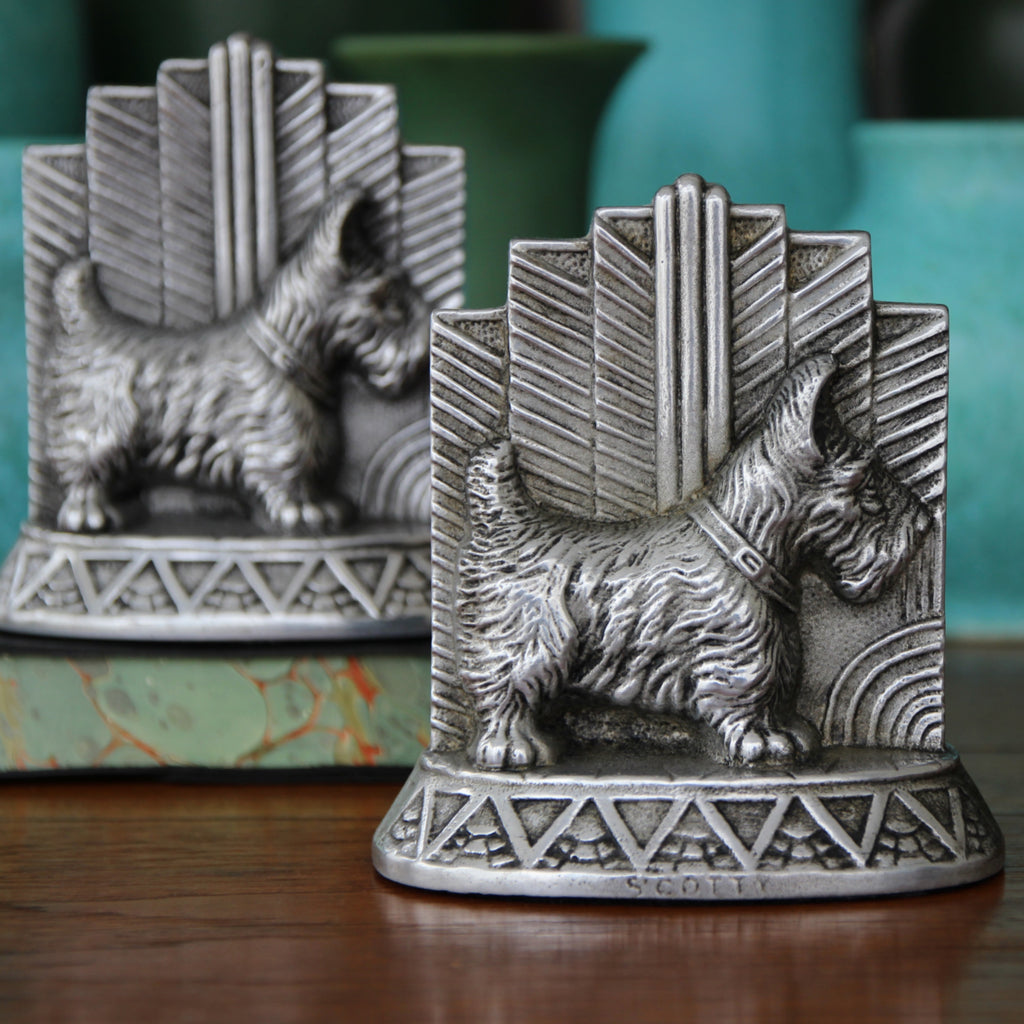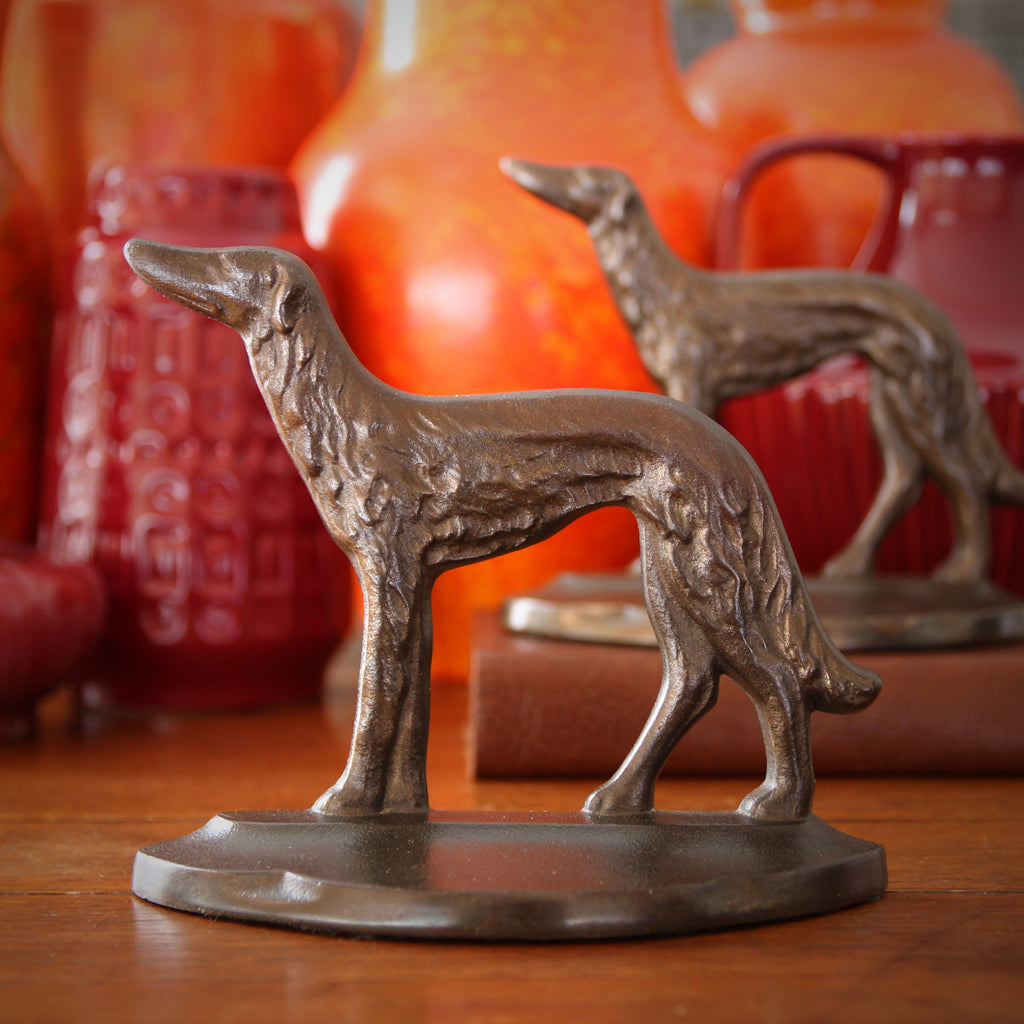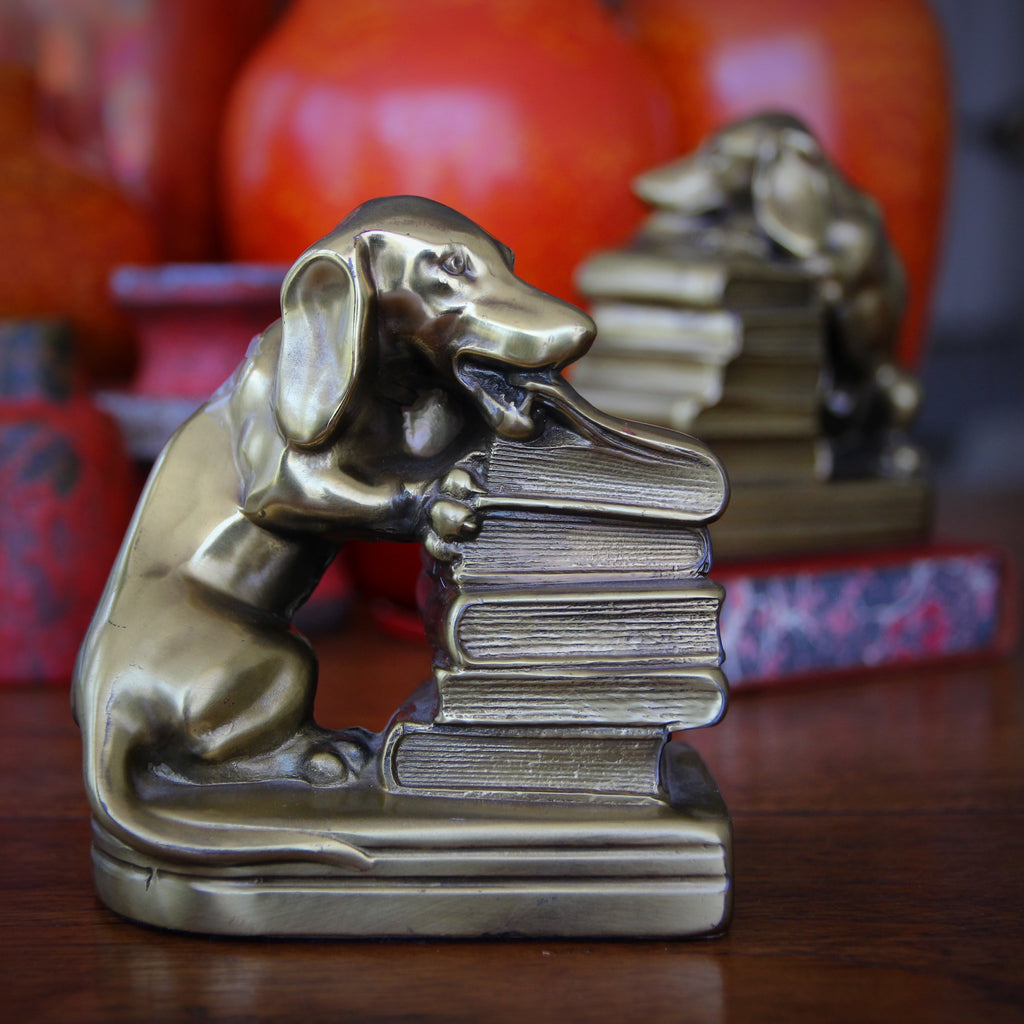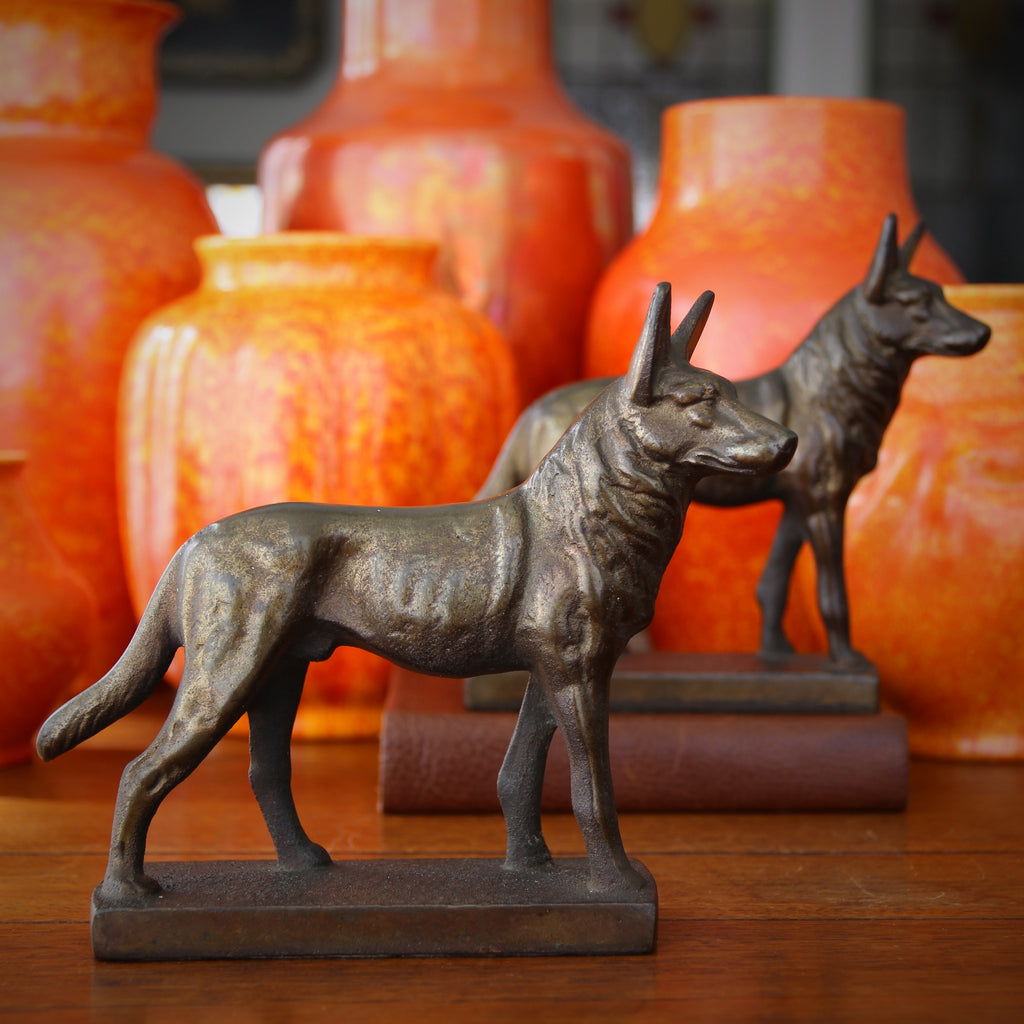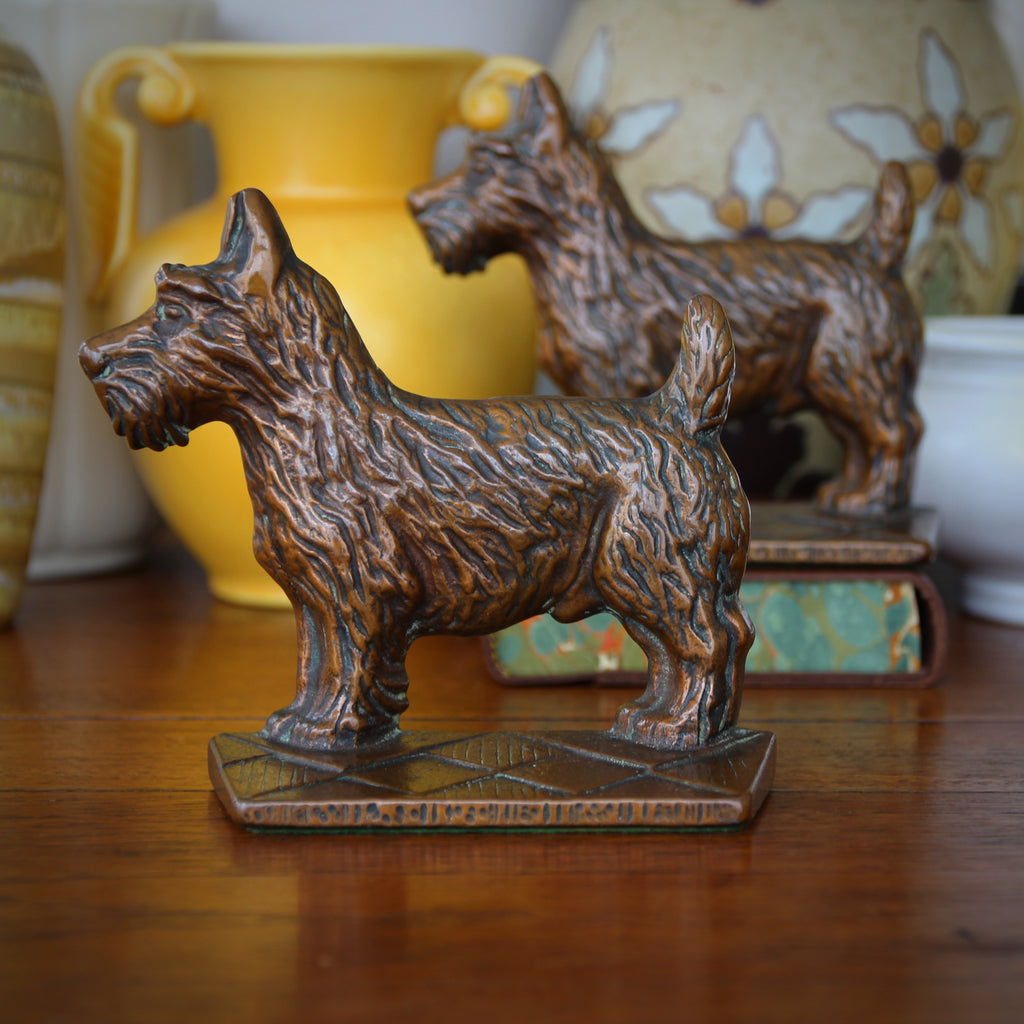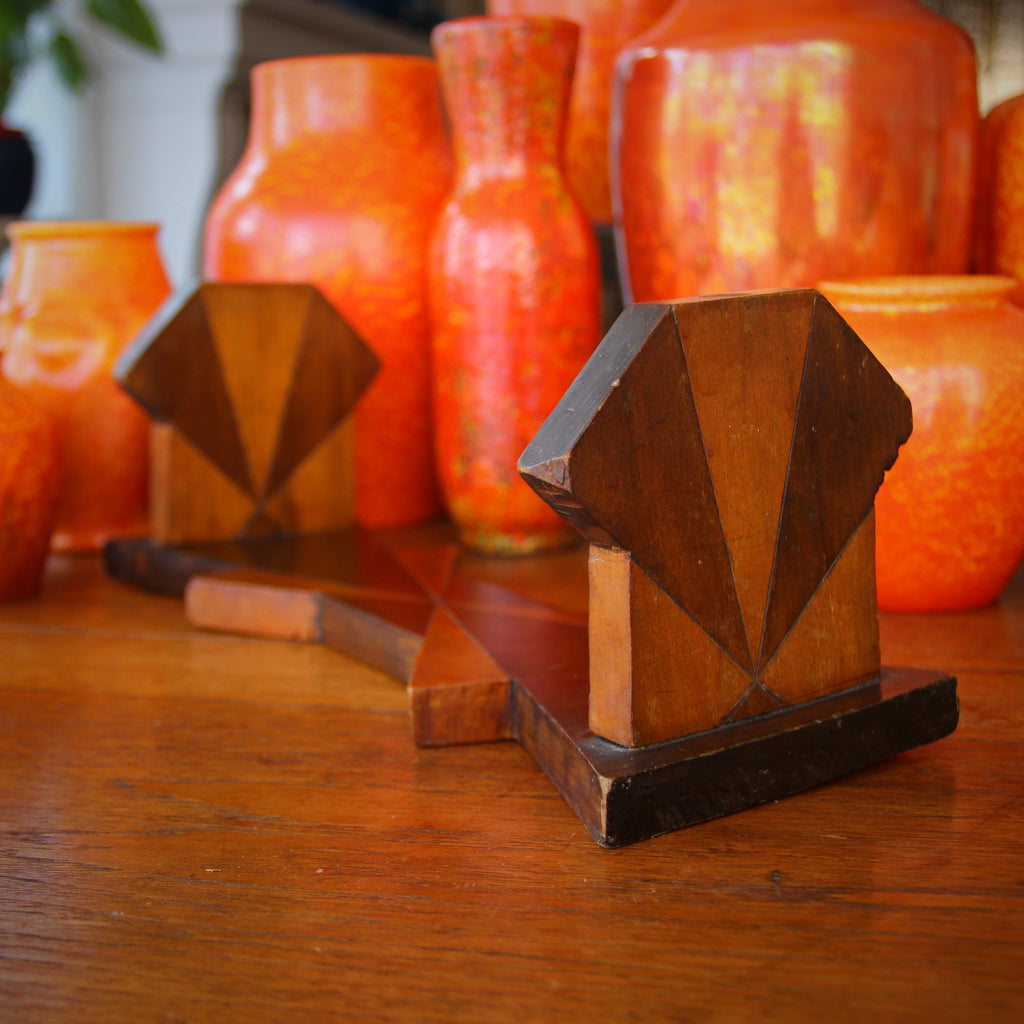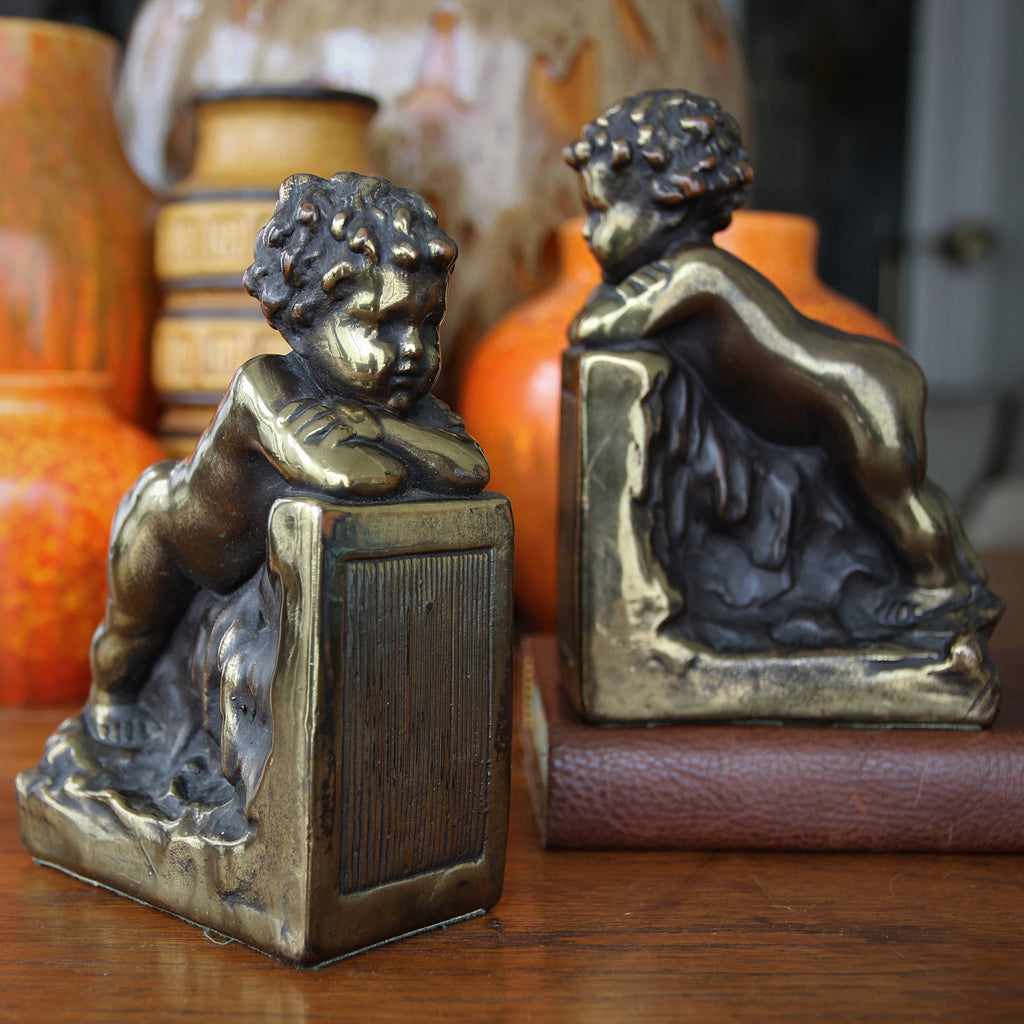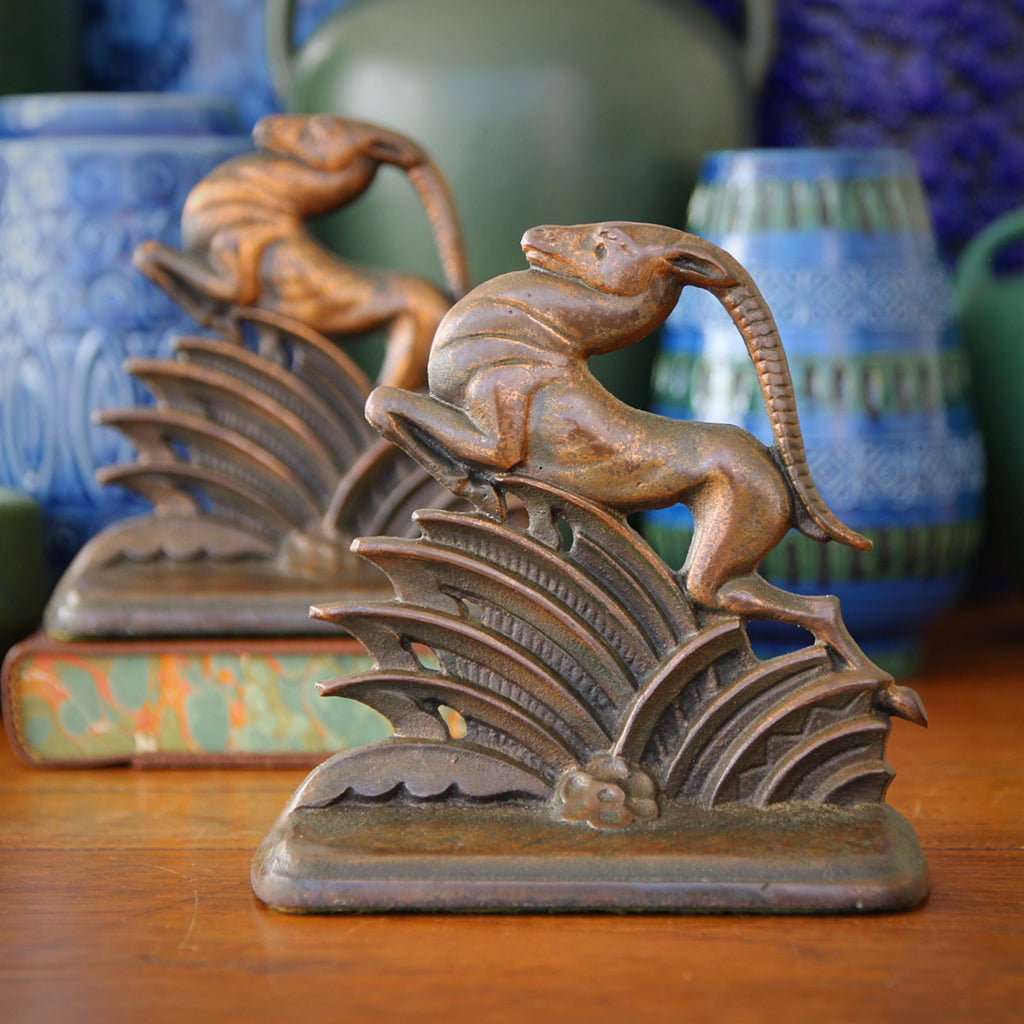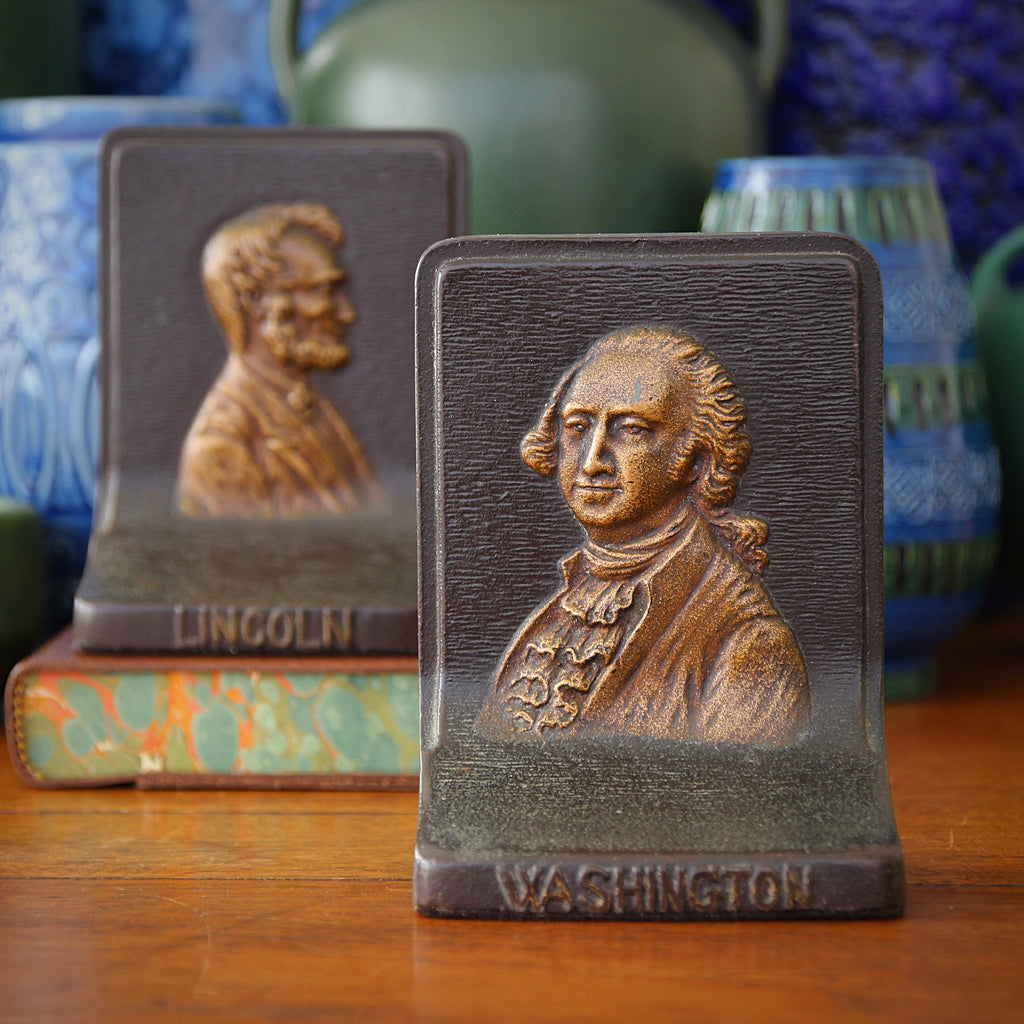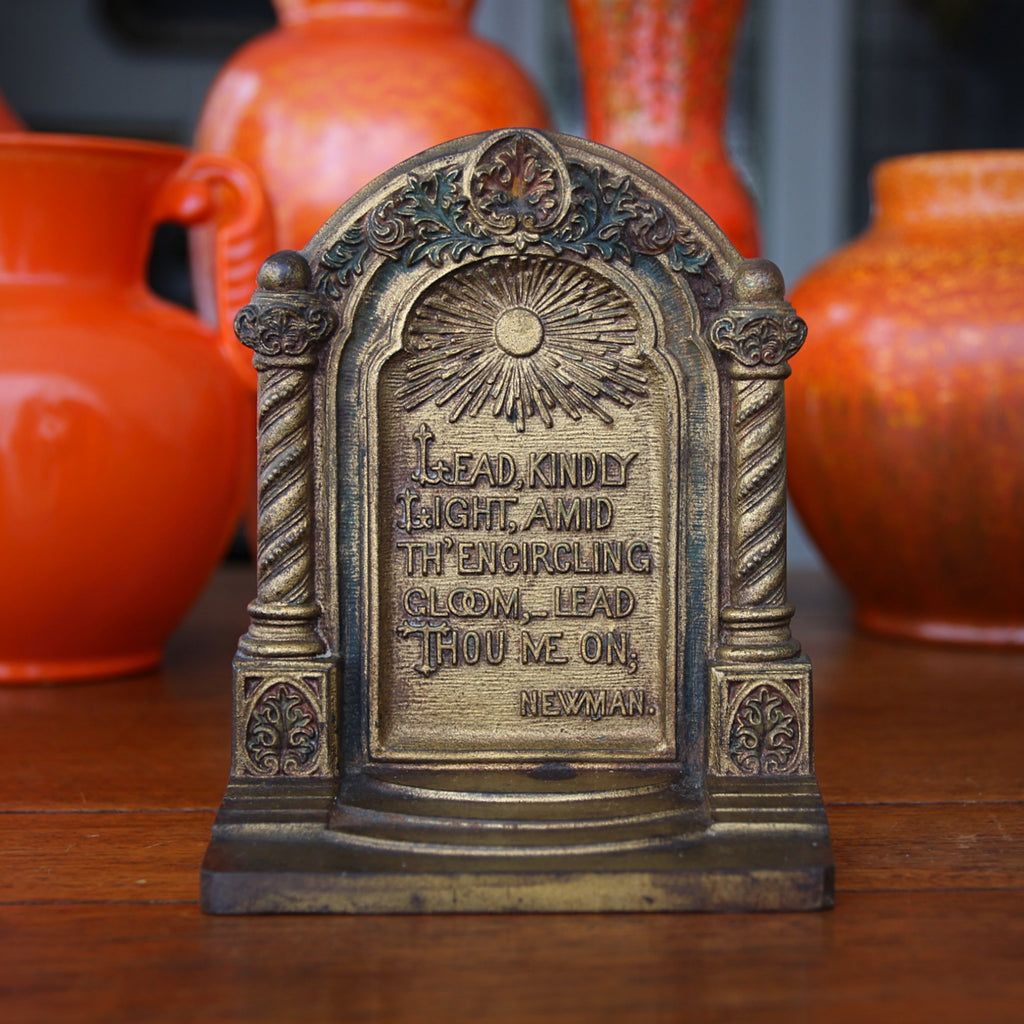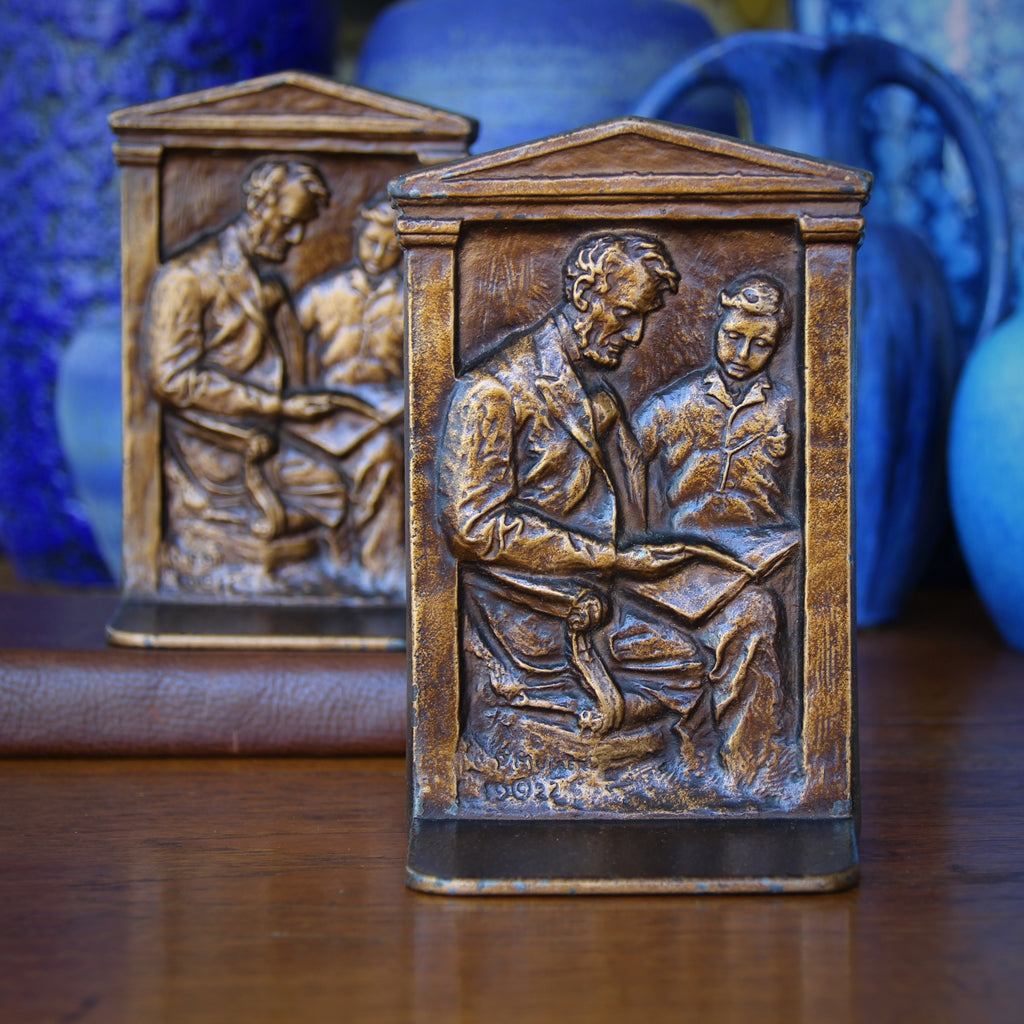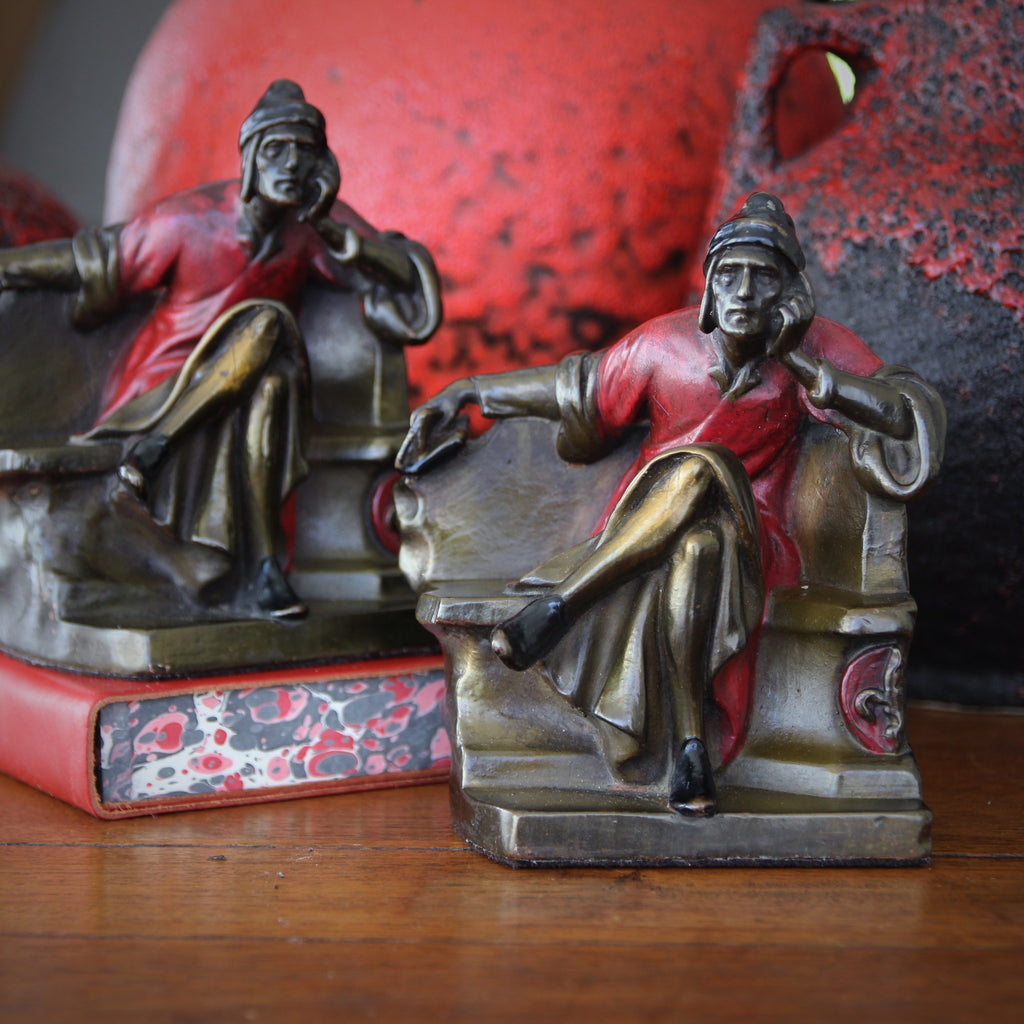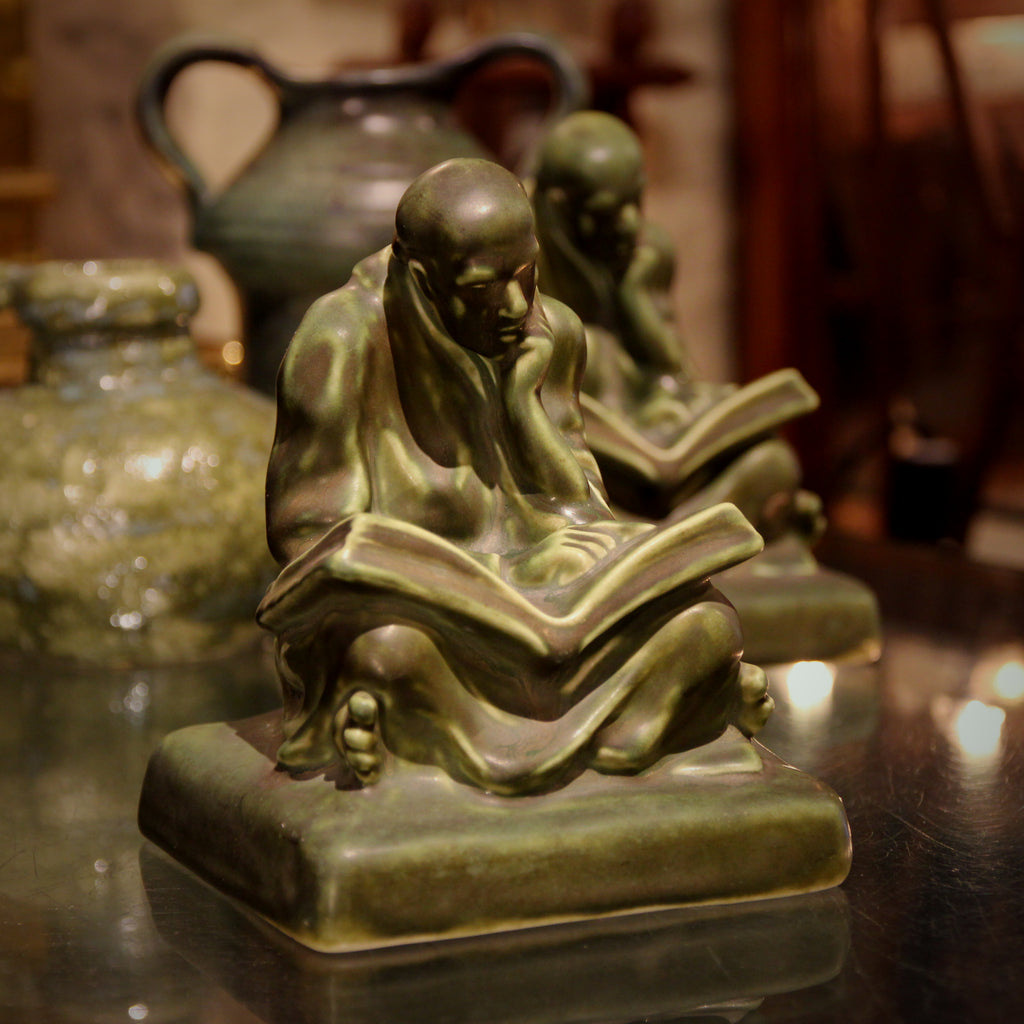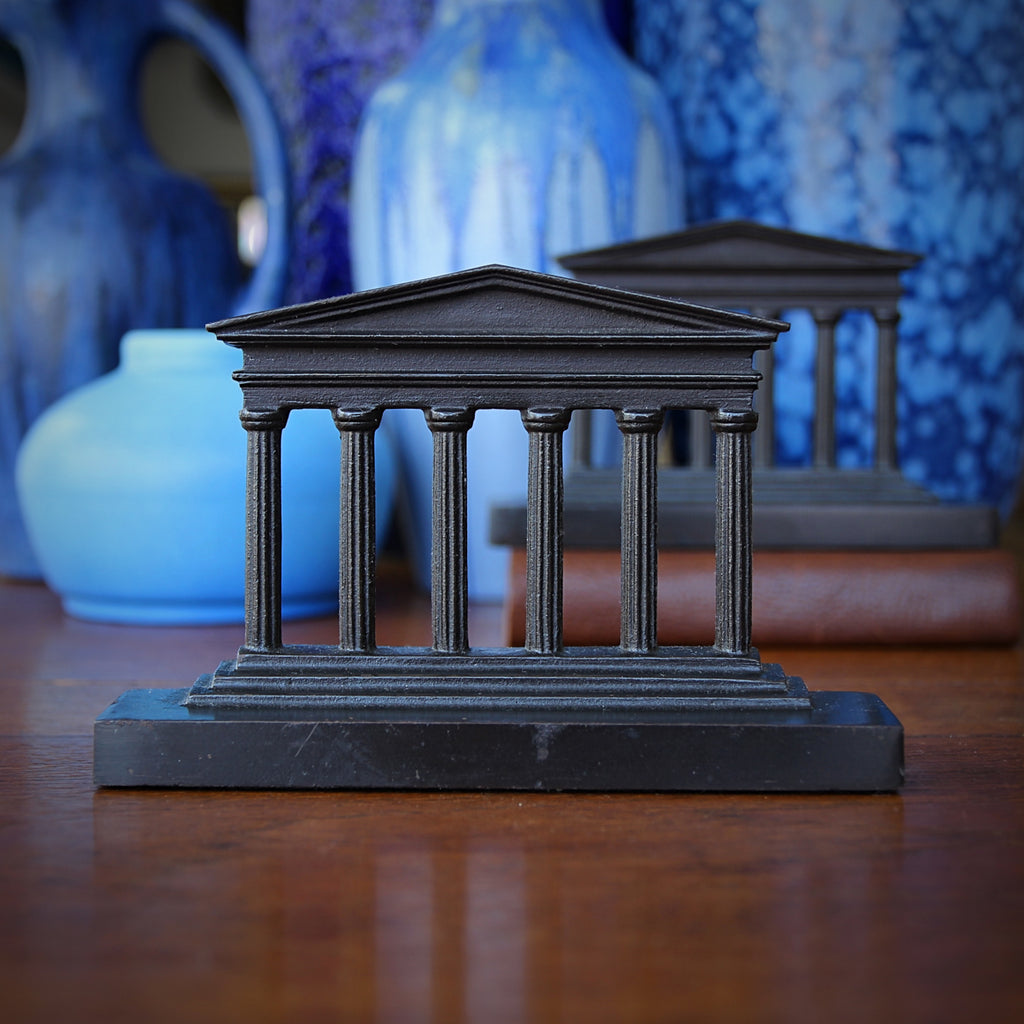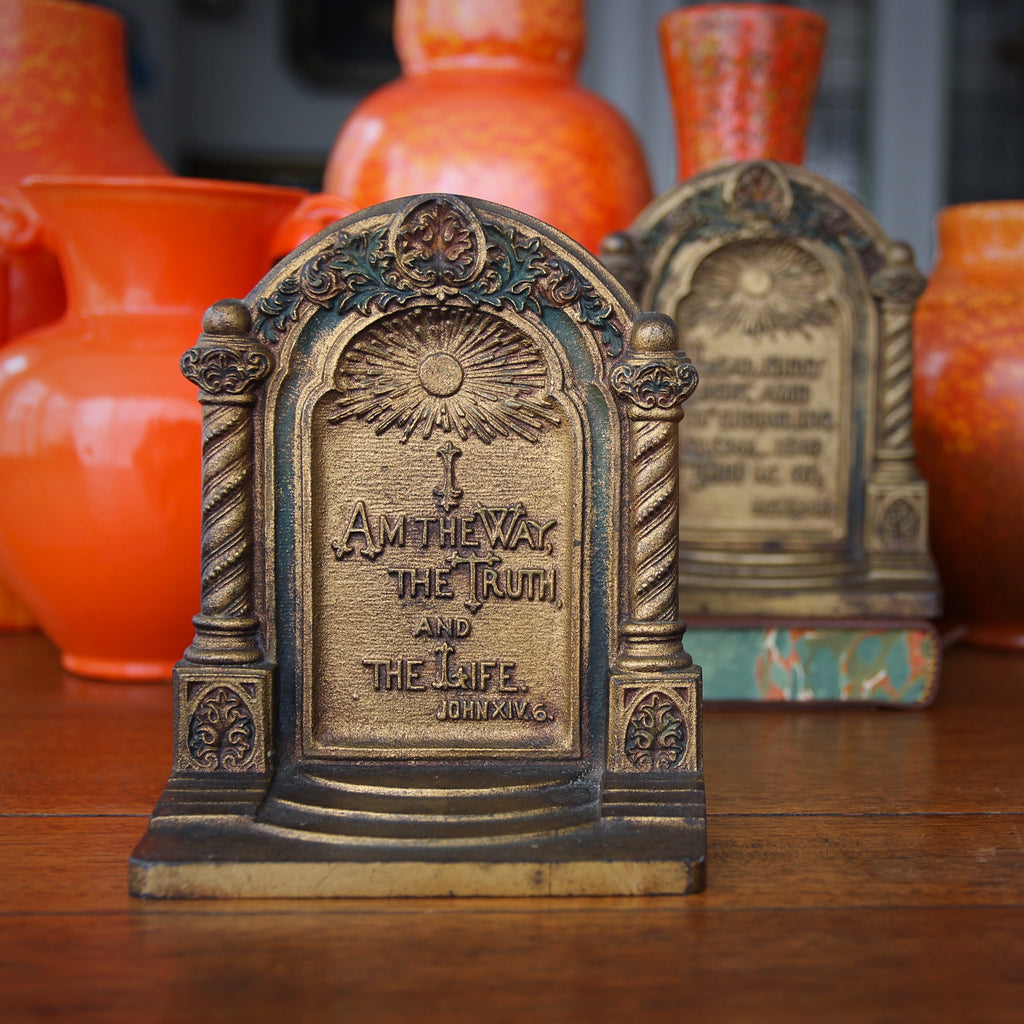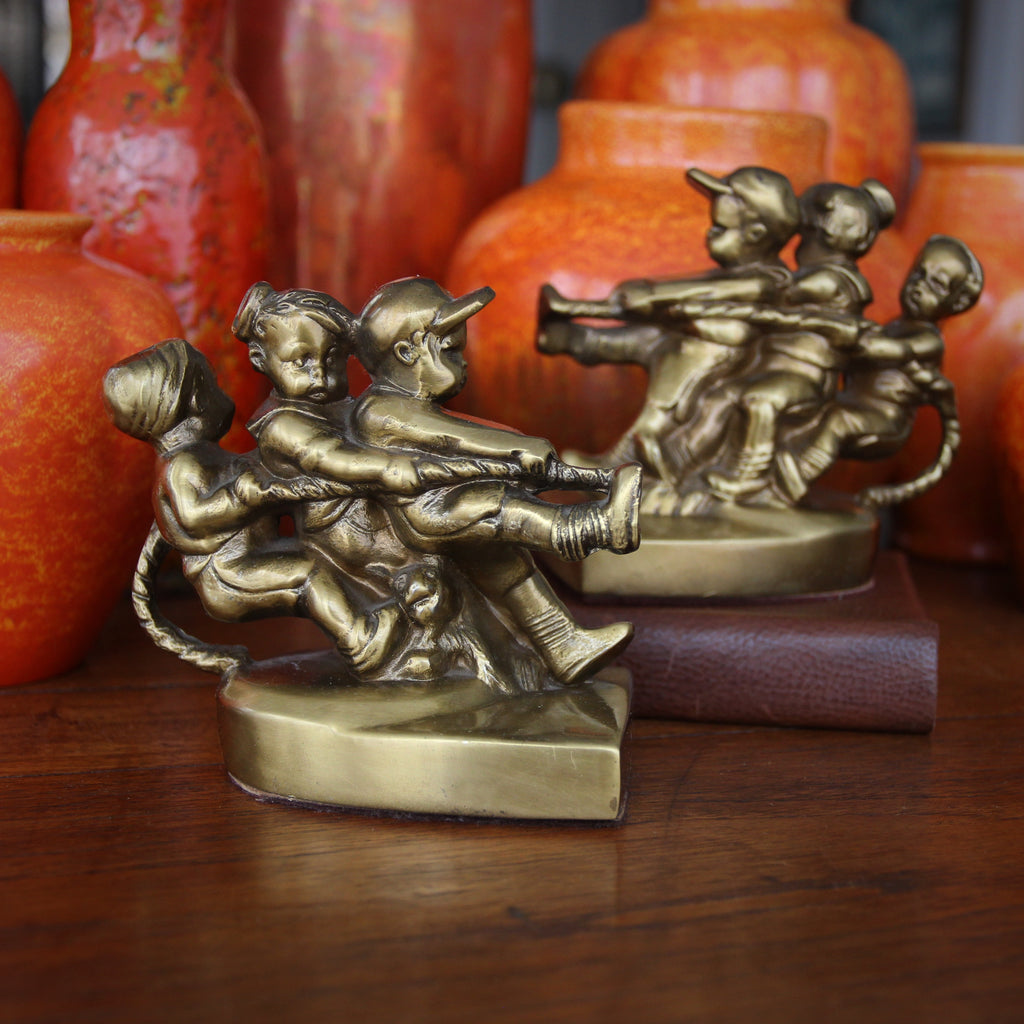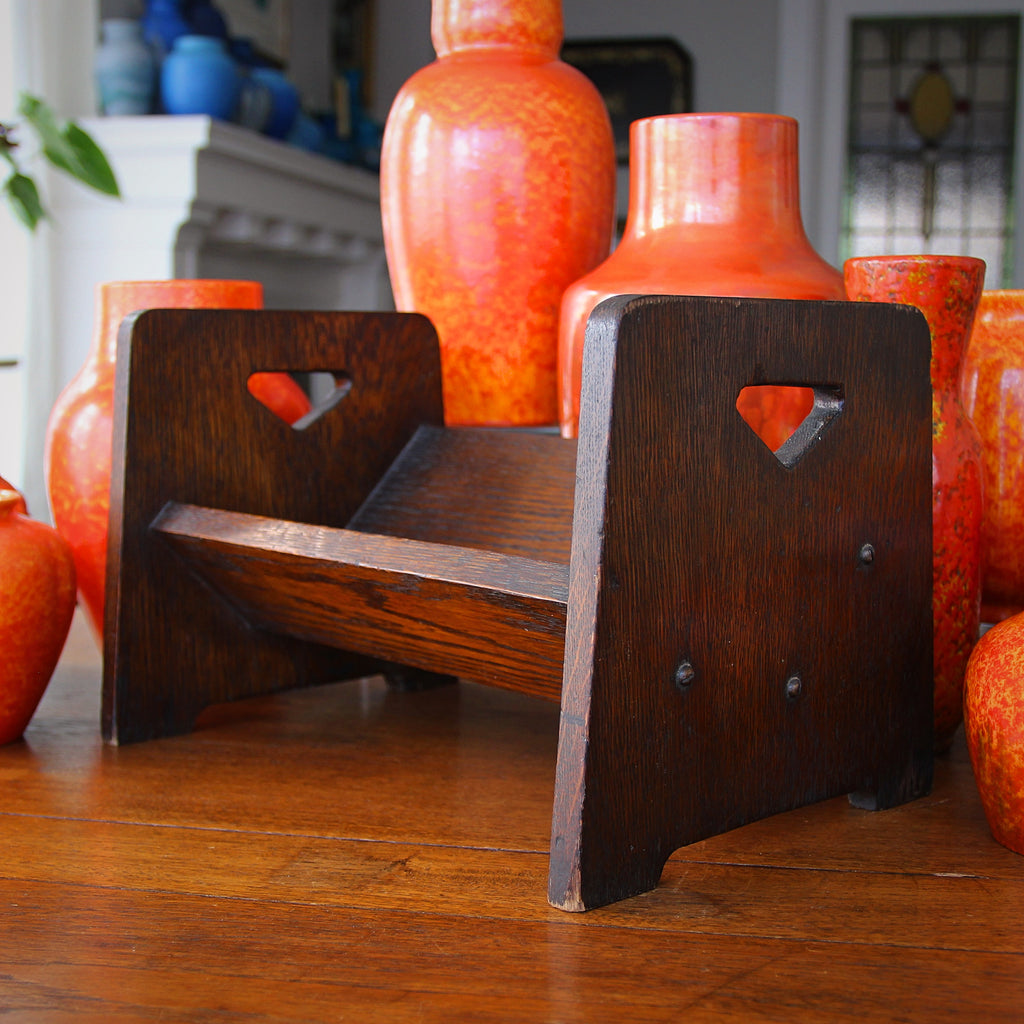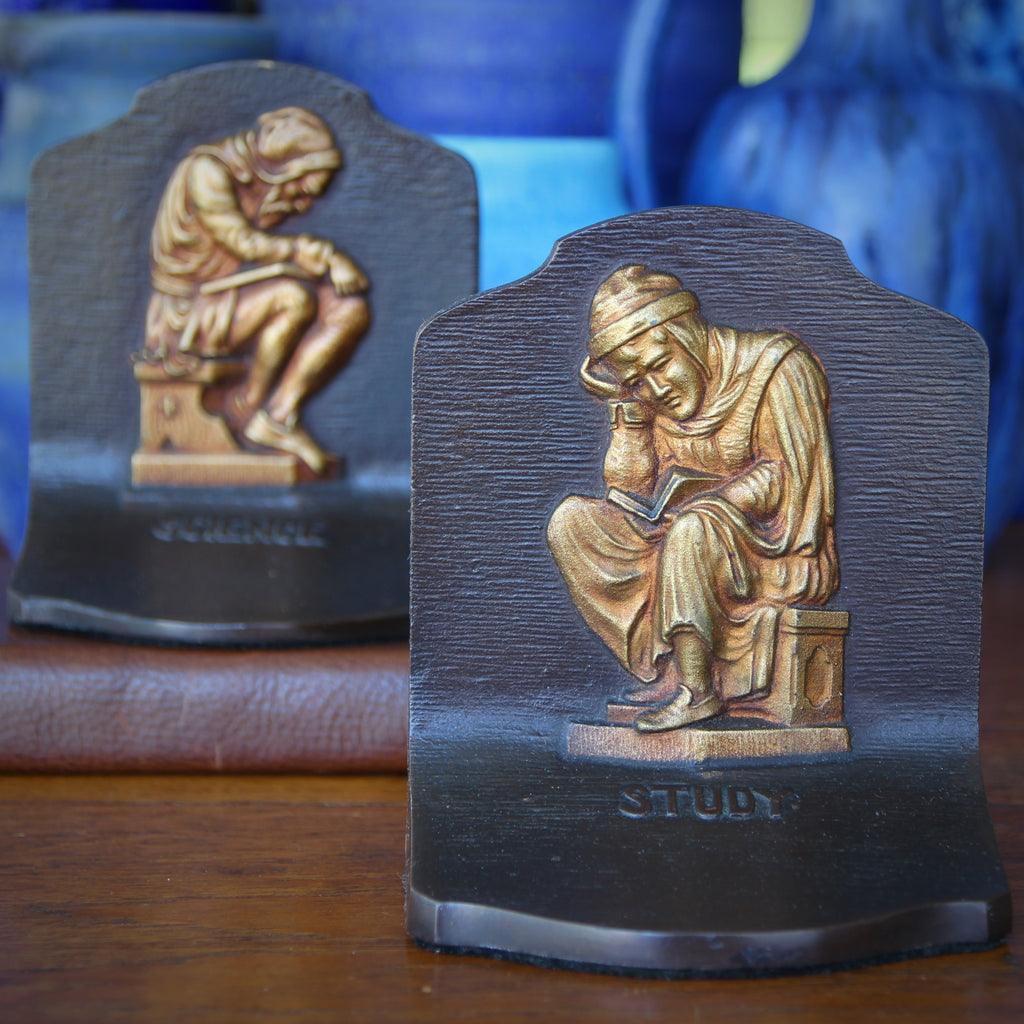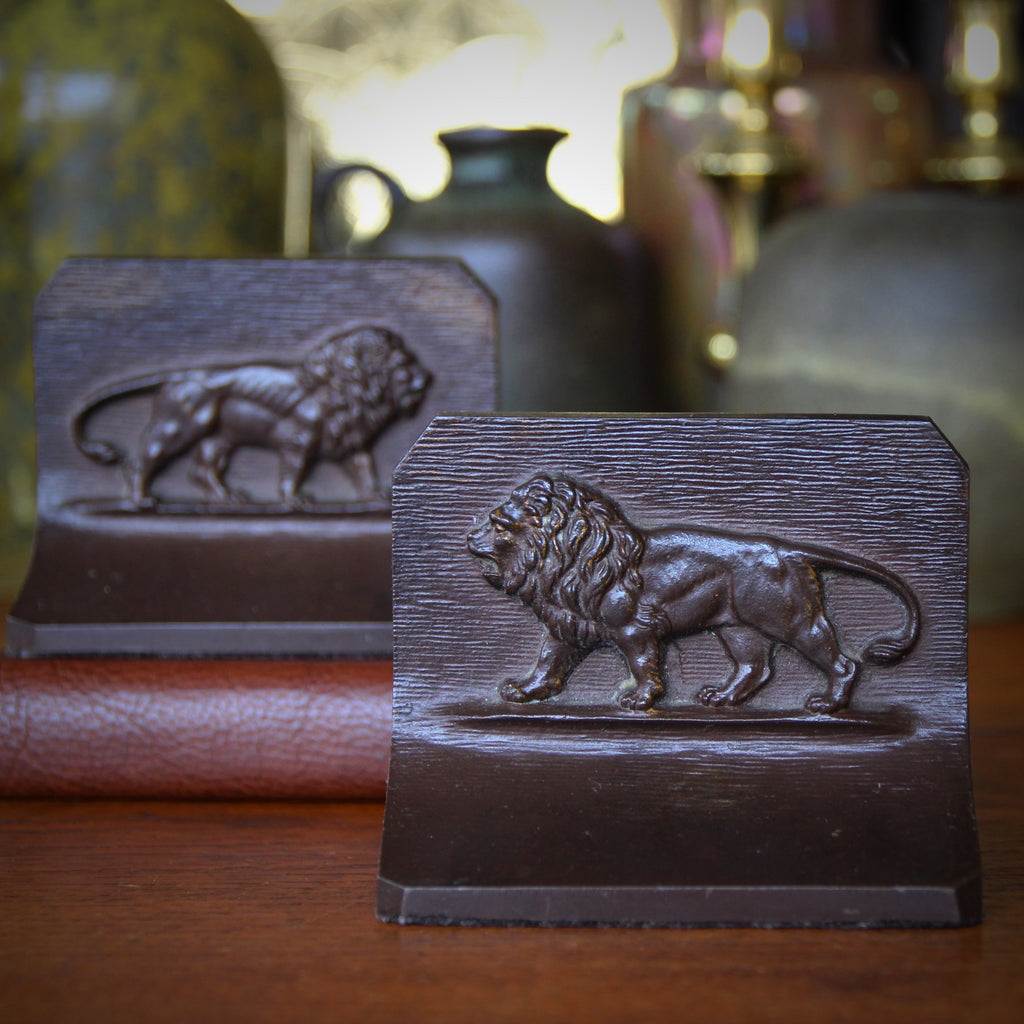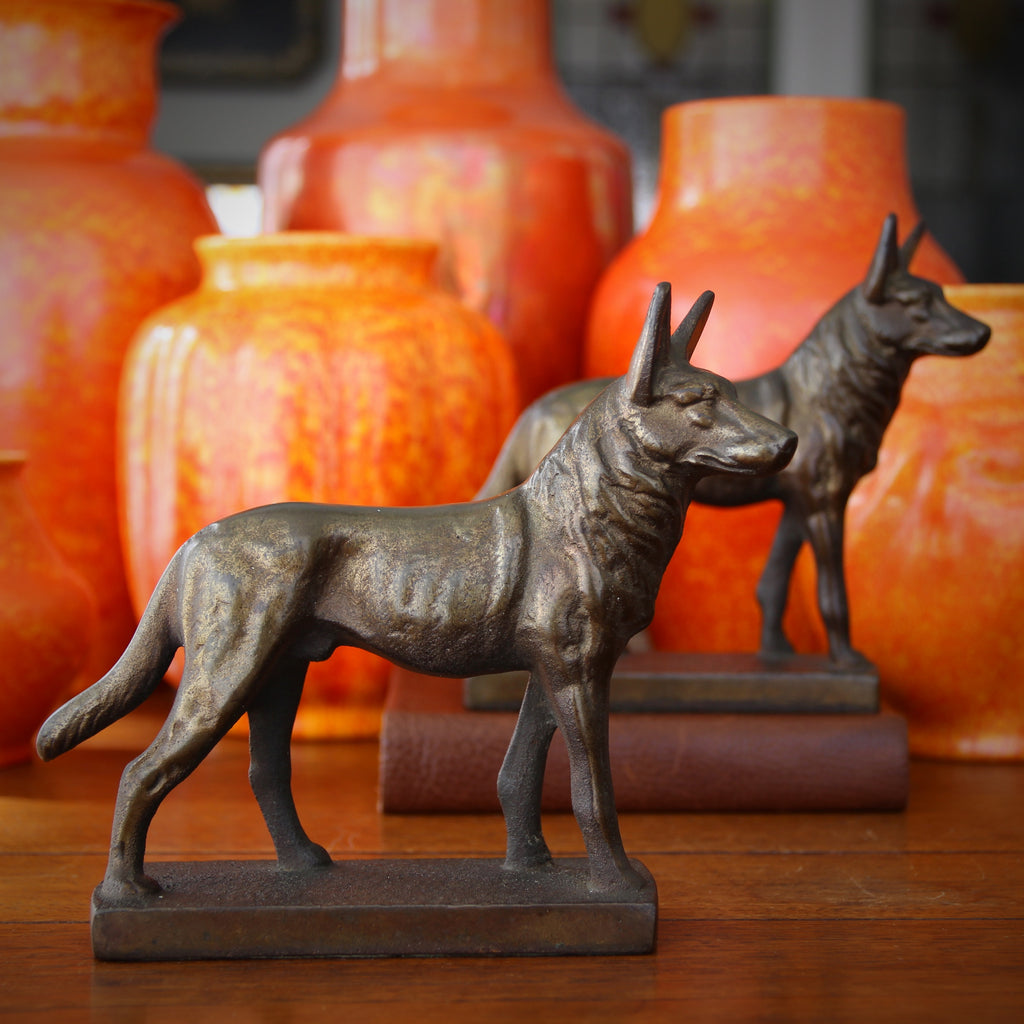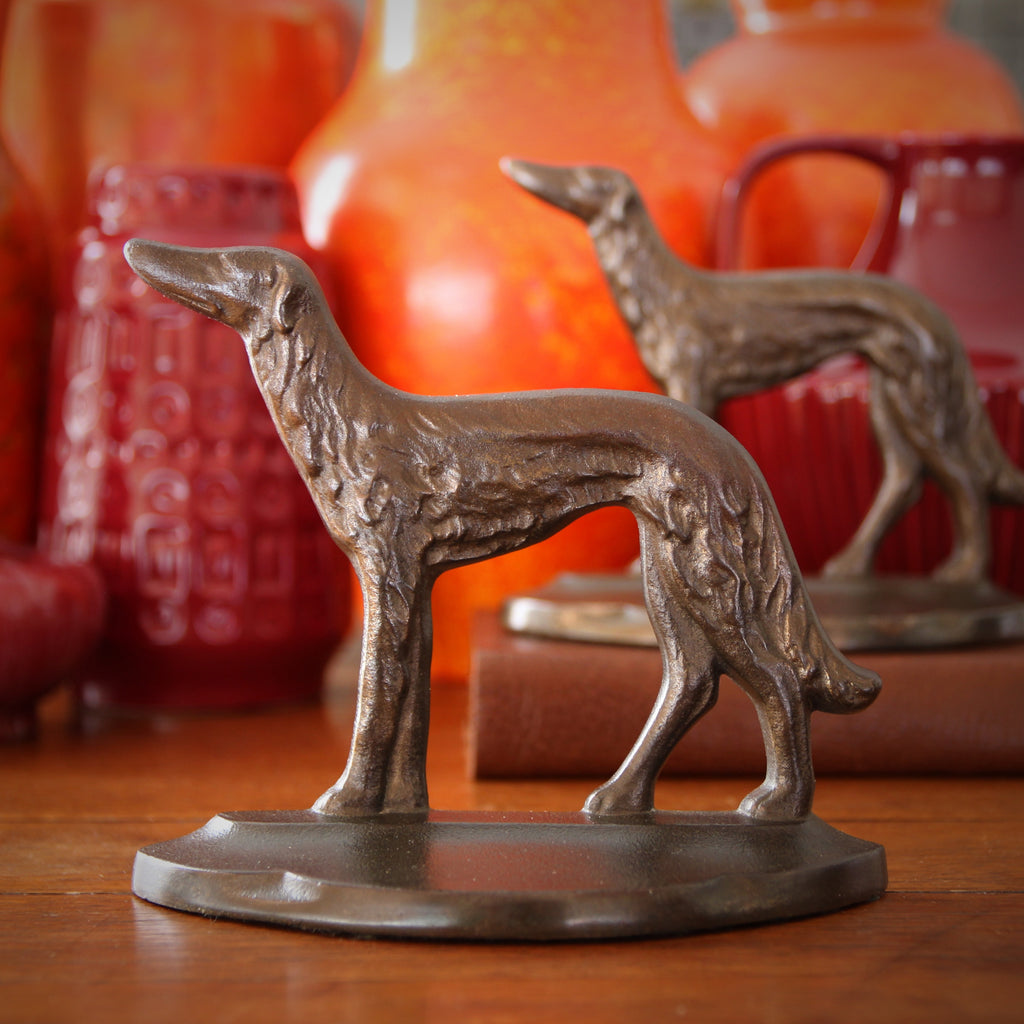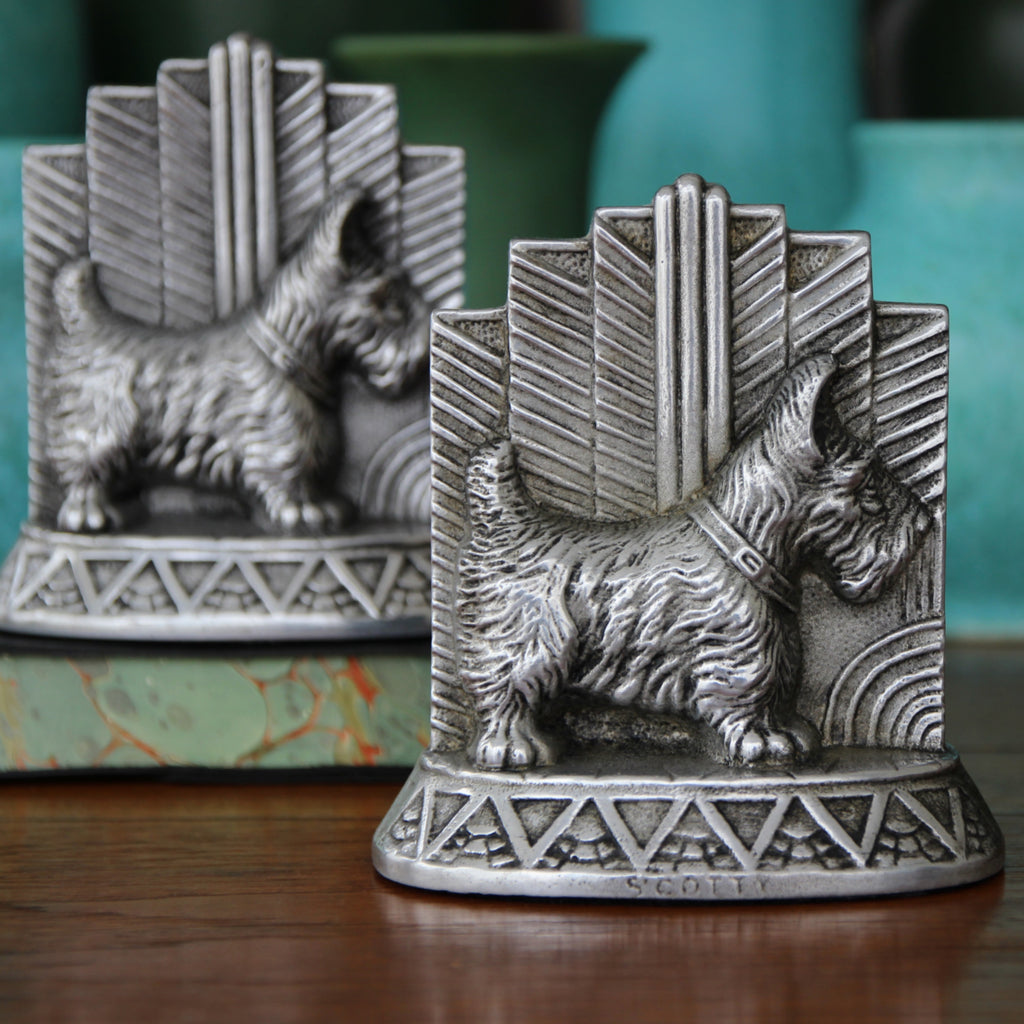JOURNAL — Bookends RSS
On this day in 1520, Suleiman the Magnificent became the Sultan of the Ottoman Empire, succeeding his father, Selim I. He was 25 years old and ready-for-action. He promptly initiated bold military campaigns against various European and Mediterranean Christian powers—Belgrade, Rhodes, Hungary—expanding his Empire and imposing his religion and laws on these colonies. His reign represents the highpoint of the Ottoman Empire, a territory of 25 million inhabitants. Besides military conquests, he was known for "harmonizing" (blending) the religious laws with the monarchic laws, thus he is sometimes called "Suleiman the Lawgiver" (especially in the Islamic world). He was also a great patron of the arts, literature and fine culture.
Magellan Sets Sail
Spices are big business. During the "Age of Discovery"—which began around the time of the Renaissance—daring seafarers played a huge role in pursuing new routes from Europe to Asia. Their ultimate goal was to improve trade routes and make money for their king and country (who usually paid for such expeditions).
Portuguese explorer Vasco da Gama sailed from Lisbon, arriving in India on 20 May 1498. He was the first European to sail all the way to India. Such a journey required sailing through the rough and treacherous waters off the southern tip of Africa—called The Cape of Good Hope—where the Atlantic and Indian Oceans violently converge.
Talk Like a Pirate Day
On 6 June 1995, two friends in Oregon—John Baur and Mark Summers—were playing a friendly game of racquetball. Ouch! Pain! "Aaarrrgghh!!!" shouts one of them. And thus was born "Talk Like a Pirate Day." The friends decided to formalize the commemoration, however, 6 June was unsuitable as it was the anniversary of D-Day, the Landing at Normandy. Mark suggested they set the date for 19 September—his ex-wife's birthday.
The men contacted the Miami Herald humor columnist, Dave Barry, who wrote about (thus promoting) the novel occasion. Since then, people (of a certain disposition) have taken to the event—celebrating the day in their own specific ways (though the phrase "Aaarrrgghh!!!" is usually a part of the fun).
A Dark Horse
In the world of horserace gambling, a "dark horse" was an unknown or unfamiliar racehorse about which gamblers knew little or nothing with which they could strategize their bets. In the 1830's, the term was expanded to include any kind of competitor—in sports, business or politics—who comes out of nowhere (surprisingly) to win the contest. The ceramic "dark horse" bookends, shown above were made in the 1930's or 1940's by Abingdon in Knoxville, IL. Abingdon was a successful maker of durable, high-end plumbing fixtures: sinks, toilets, water fountains. They used a proprietary blend of quality clays, a dense, "vitreous china" which was highly chip-resistant. Abingdon was known for its fantastic glazes and was the first company to offer products in...
The End of the Trail
Today is the National Trail of Tears Commemoration Day—which marks the day in 1838 when the last of the (surviving) Cherokee Indians completed their forced march from their homeland (in the American Deep South) to the newly-christened "Indian Territory" (now called Oklahoma). As the country's population of European-Americans grew, they began to petition the federal government to clear the Indians from the American Southeast—territory which the white settlers wanted to inhabit. When gold was discovered in Georgia in 1828, the drumbeat intensified. They found an enthusiastic advocate in President Andrew Jackson who pushed-through the Indian Removal Act of 1830, legislation which authorized the federal government to relocate members of the "Five Civilized Tribes" including the Cherokee, Muscogee, Choctaw, Chickasaw and Seminole...
The International Day of Democracy
In 2007, the United Nations resolved to mark 15 September as The International Day of Democracy—and the commemoration has been observed since 2008. The UN sought "to promote and uphold the principles of Democracy, encourage member states to commemorate the day, and work to raise public awareness of the need to protect Democracy." Has your country's leader promoted the date?
What is Democracy? The United Nations defines Democracy as the "universal values based on the freely-expressed will of people to determine their own political, economic, social and cultural systems."
The Dog Days of August - II
I love dogs. Especially my dog. But I do love all dogs—whether real, painted, sculpted or photographed. I also love books. And I love sculpture. Thus, it will be no surprise, that bookends are a large and cherished part of the collection at LEO Design. Bookends tick many boxes for me. The "Golden Age of American Bookends" flourished between the wars, in the Twenties and Thirties. This is the era in which art and good taste, combined with accelerating industrial mass production, resulted in the country's biggest and most-varied output of excellent bookends. Cast iron was the most common material employed. Solid bronze was used, to a lesser extent. Hollow cast spelter (white metal) was used sparingly (though it would...
Welcome, LEO!
Today is the first day of LEO. It is also my birthday! On this day, thirty years ago, I remember (very clearly) spending half the day on my hands and knees, belt-sanding the edges of the wooden floors at 413 Bleecker Street, my first shop in Greenwich Village. I remember that I only worked 8 hours that day. Since it was my birthday, I took it (a little) easy on myself. Most days—seven days a week—were quite long and truly exhausting. I was working alone (I could afford little help) and I really wanted to open-up the shop before the season of LEO had come to an end. I didn't hit that early goal; I opened on Tuesday 29 August,...
Murray the Outlaw of Falahill
Murray the Outlaw of Falahill (1940-1952) was President Franklin D. Roosevelt's beloved Scottish Terrier. He was named after one of the president's Scottish ancestors. But he was best known by his nickname, Fala. He was FDR's constant companion—usually to be found curled-up in the same room as the president. He even travelled with Roosevelt. Fala was an American institution. He frequently was mentioned-by-name in the press. And, during the Battle of the Bulge in World War Two, "Fala" became the secret code word for American soldiers to identify themselves to their comrades. At the moment Roosevelt died in Warm Springs, Georgia, on 12 April 1945, Fala—who had been lying quietly in the corner of the room—jumped-up snarling and barking....
Gregory Seymour Allen, Sculptor
In less than a month's time, the Sun will be passing through LEO. I suppose I could wait to present these bookends, but I'd rather share these beauties now! These bookends were modeled by American sculptor Gregory Seymour Allen (1884-1934). He was born in Orange, New Jersey, and worked in New York City before moving west to Glendale, California. He is known, primarily, as a sculptor of "historical" themes—usually famous personages—in politics, history or the military. He designed plaques, medallions, medals, and the occasional pair of handsome bookends (or other desktop accessories). Allen often sculpted in the bas relief style, including this pair of regal lions. Allen was also a talented Impressionist painter, mostly having painted California landscapes. These handsome...
Countdown to Father's Day - 3
Now: something for the father who appreciates fine and good-looking . . . books. A pair of French terracotta bookends sculpted by Joe Descamps and produced in ceramic by Louis Lourioux. Joe Descamps (1869-1950), sometimes spelled Descomps, was a master sculptor who specialized in female nudes. His subjects were often placed in pastoral or floral settings. He worked in both the Art Nouveau and Art Deco periods (and, indeed, this pair of bookends seems to be "transitional"—that is, reflecting aspects of both aesthetic schools). Descamps also designed jewelry and metal sculpture. Ceramicist Camille Louis Lourioux (1874-1930) was born into a family of potters. In his Twenties, he managed a ceramics workshop with his father. But he soon set-out on his...
No Evil . . .
How does one tune-it-out? Perhaps the Three Wise Monkeys can provide an example?
The earliest evidence of the Three Wise Monkeys—sometimes called the Three Mystic Apes—is found carved on a wooden panel above the stable door at the Tōshō-gū Shinto Shrine in Nikkō, Japan. The shrine complex opened in 1617 and the stable held the temple's sacred horses. The carved panel, portraying three Japanese macaques, has been attributed to the carver Hidari Jingorō (who may have been a fictitious artist, or the pseudonym of another master carver).
LEO - XIII
Cats of any sort—wild cats, house cats—will always be wild-at-heart. Deep within, all cats are hunters. Sighting, stalking, pouncing and (yes) killing are a part of any cat's repertoire. Perhaps it is this fierce, prehistoric impulse which has made lions an inspiration in the arts, literature and other human aspirations.
Shown above, a mountain lion, stalking atop a craggy rock. These cast iron bookends are deftly-sculpted, patinated with a (now well-aged) golden bronze patina and hand-painted with small details. The modeling—especially of the cat—seems to have a rough, "Rodinesque" sensibility, typical of the tastes of the Twenties. The sculptor has captured the desperate energy of a hungry lion.
LEO - XII
The lions portrayed on this pair of cast iron bookends are modeled after Antoine-Louis Barye's 1840 sculpture called "Walking Lion" (which we shared in this journal a few days ago). The bookends were made in the Twenties by Bradley & Hubbard of Meriden, Connecticut. After the original bookend models were sculpted, the pairs were cast in molten iron and finished with a chocolate bronze finish. Bradley & Hubbard was known for its well-finished metal castings. While never at the elite level of a Tiffany or Gorham, Bradley & Hubbard was, nonetheless, very well-respected, making beautifully designed and finished metal objects for America's Middle and Upper-Middle classes. One more significant observation: This pair of bookends was designed with "mirrored" lions—that is,...
LEO - X
We started our parade of LEOs with this same sculpted design—however, finished in a darkened bronze patina. Here we have a pair in its original golden finish. Bookend foundries would customarily offer their wares in two or more finishes. Classic, chocolate bronze was probably most common. A copper patina was popular. Brass finishes were sometimes offered. And a golden finish, like we see above, was another option. Some (but not all) bookends might be offered in a hand-painted, polychromed (multi-color) finish. One hundred years of use and exposure to the interior elements add their own patina-of-time. The crevices are probably darker than they once were. Little chips of finish—or rub marks—add their own evidence of time. For this reason, I...
LEO - VIII
Cats—of any size—will always be wild hunters-at-heart. Such is the allure of big cats; such is the allure of house cats. Here we see a pair of nicely-modeled and crisply-cast bookends which portray our hero—a LEO stalking some quarry which only he can see. The sculptor captured beautifully the coiled energy, the silently-creeping tension, of this hunter. He crouches atop a rocky outcrop, keeping low as to not reveal his intention. Even the rocky "pedestal" is beautifully rendered and cast. The bookends still retain their original, handsome bronze finish
LEO - III
As a child, I had a Ringling Brothers circus poster on my bedroom wall. A fierce lion—paw raised—snarled from the colorful print. This pair of Art Deco cast iron bookends remind me of that LEO from my boyhood. These bookends were made in the Twenties or Thirties. They are beautifully (and intricately) modeled, nicely cast and finished with a (now aged) dark patina. They await employment in your office or library—or standing upon your mantel or windowsill where they will snarl silently (yet fiercely).
Holy Thursday
The Mass on Holy Thursday—also called Maundy Thursday—marks the endpoint of Lent and the beginning of the Paschal Triduum (which is the three day period before Easter: Holy Thursday, Good Friday, Holy Saturday). The Holy Thursday Mass celebrates Jesus's Last Supper with his disciples (which was a Passover Seder Meal). Several important things happened during this meal, which was celebrated on the night before Jesus was to be betrayed, tried, tortured, crucified and killed. It was at this meal that Jesus instituted the Eucharist for his followers. He also got on the floor and humbly washed the feet of his flustered disciples—the Mandatum which he enjoined them to imitate. And it was at this meal that Jesus provided important (final)...
Selling America
Sharp-eyed shoppers on e-Bay recently have discovered that important American antiquities have been listed on that selling platform—providing an opportunity for Americans to "BY A PIECE OF AMERICA'S GREAT(EST!) HISTORY!--NEVER BEEN BETTER. UNBELIEVABLE WHITE HOUSE ANTIQUES LIKE YOU'VE NEVER SCENE! ZERO TARIFFS! INVEST NOW!!!" The listings went live at 3:04 am today, April 1st. The e-Bay seller, using the name "Dealer Of Great(est) Envestments," is offering a mix of Federalist furniture, vintage brocade draperies, gilt-bronze lighting fixtures and an assortment of desk accessories: pens, boxes, inkwells and desktop picture frames. There is also a very large assortment of antique, leather-bound books—being sold as box lots—sorted by color. Although several presidential portraits were originally listed for sale, it seems that these lots...
Spring Green - IV
Reginald Guy Cowan (1884-1957) was born into a family of ceramicists in East Liverpool, Ohio (itself a major center of ceramics production). He studied at the New York State School of Clayworking at Alfred University (in Western New York). After school, he settled in Cleveland where, in 1908, he introduced pottery-making in the public schools. He also began teaching ceramics industry at trade schools and was an instructor at the Art Institute of Cleveland. Eventually, Cowan opened his own pottery workshop, the Cleveland Pottery and Tile Company in Lakewood, Ohio—a "street car suburb" of Cleveland, on Lake Erie. Cowan's architectural tiles, used throughout the Greater Cleveland area, paid the rent. But he also produced a small range of decorative "artware"...
Horse Sense - XIII
Saint George is amongst the most popular and venerated of saints, named the patron saint of England, Portugal, Catalonia, Bulgaria, Malta, Lebanon, Ethiopia and Brazil. Observe the red "Saint George Cross" on numerous flags and crests of cities and villages for even more regional devotions to the saint. Despite this popularity, his history is a bit fuzzy—and, perhaps, a bit fanciful. We believe that he was of Greek Cappadocian ancestry (located in modern day Turkey), born into a Christian family. He became a Roman soldier under the Emperor Diocletian, eventually elevated to the elite Praetorian Guard. In 303 AD, however, a purge of Christians from the Roman Army (called The Diocletianic Persecution) demanded that George renounce his Christian faith....
Horse Sense - XII
Blenko Glass, still operating today in Milton, West Virginia, has an interesting—though quite fraught—history. The company was founded by Englishman William Blenko in 1893. He was born in London in 1853 and had worked in the glass industry there. At age 40, he moved to the United States where he opened (in Kokomo, Indiana) America's first factory to produce sheet glass for stained glass windows. That endeavor lasted ten years until an economic downturn forced Blenko to return to England. Six years later, Blenko was back in America and opened another factory, this time in Point Marion, Pennsylvania (which quickly failed), followed by another one in Clarksburg, West Virginia (which also closed quickly). Not one to give-up, William Blenko opened...
Horse Sense - XI
An armored knight steadies his steed, who's chomping at the bit, ready to begin the joust. These bronze-clad bookends are nicely patinated and hand-painted. They were sculpted with dynamic tension; one can practically hear the stomping and snorting of the swaying beast. Made in the Twenties or Thirties in Metuchen, New Jersey, by Marion Bronze.
Horse Sense - X
I love horses. I love sculpture. And I love bookends. Check, check, check. But when it comes to horse racing, I have pretty-mixed feelings. I know that top race horses are treated magnificently. And, yet, injuries and track-side executions are still all-too-common. And for every top-tier race horse, there are hundreds of other horses who live and race at lower-level (perhaps questionable) stables and tracks. Despite these reservations, I think that the bookends, shown above, are straight out of the Winner's Circle. Made of heavy cast iron, they are patinated with a rich, traditional bronze, highlighted with golden bronze bas relief sculpting. The horses (and the horseshoe) fairly pop from the surfaces of these bookends, made by Bradley & Hubbard...
Horse Sense - IX
As a boy, when I raised horses, we were taught an iron clad rule: one should never let his horse graze with a bit in its mouth. I guess we were worried about the animal choking—or, at least, getting grass caught in the metal bar of the bit. I also have been in the practice of not buying very many painted cast iron bookends. I guess most painted bookends seemed tacky to me, and not well-painted. In buying these painted "grazing horse" bookends, I have had to neglect two operating principles in my life (grazing while bridled and painted cast iron). And I couldn't be happier with myself. The cast iron bookends, shown above, depict a horse grazing while he...
Horse Sense - VIII
This week we are sharing some of our favorite Horse-themed Bookends at LEO Design. Earlier this week, we shared a pair of black vitreous porcelain horse head bookends made by Abingdon (Knoxville, Illinois). Shown above are a white pair—also made by Abingdon—which are equally stately, equally handsome.
Horse Sense - VII
The Prophet Muhammad received his first revelation from the Archangel Gabriel in a cave in 610 AD. In 613 AD, the prophet began his public ministry—preaching his teachings of the new religion, Islam, amongst fellow Arabs. Initially, Islam spread mostly throughout the Arabian Peninsula. After Muhammad's death in 632 AD, Islam spread very quickly. Within 125 years, Islam had spread throughout North Africa, deep into Central Asia, and into parts of Europe. Some of this expansion was achieved by merchant-traders along well-established trade routes. But Islam was also established through Islamic military force—and their vigorous colonizing of foreign peoples. The Ottomans were a powerful Islamic empire based in Anatolia (Turkey). Founded in 1299, the Ottoman Empire grew in strength through...
Horse Sense - VI
Sculptor Cyrus E. Dallin (1861-1944) was born in Springville, Utah. As a child, Cyrus played with local Native American children and developed a deep respect for their culture (and a sympathy for their plight). During his fruitful career, he created a cycle of four Native American sculptural groupings (between 1890 and 1908). The fourth of these sculptures, called Appeal to the Great Spirit, inspired the pair of cast iron bookends shown above, made in the Twenties or Thirties. At the age of 19, Dallin left Utah for Boston where he apprenticed under sculptor T.H. Bartlett. In Boston, he befriended sculptor Augustus St. Gaudens and painter John Singer Sargent. In time, Dallin travelled to Paris to study at the Académie Julian....
Horse Sense - V
While I recoil at the thought of killing a majestic buffalo with a spear—and I lament the near extinction of the species in America—I do admire the artistry manifested in this pair of cast iron "Bison Hunt" bookends from the Twenties or Thirties. The bas relief sculpting captures the frenetic energy of the hunt—and quite a lot of detail, too. See the dust rising from the hard-packed plain, as scrub bush disappear behind the sooty haze. And the artful sculpting is appreciable thanks to the crisp casting. Lastly, the bookends are finished with a dark bronze patina—while soft, golden highlights peek-out here and there.
Horse Sense - IV
The Abingdon Sanitary Manufacturing Company was founded in Knoxville, Illinois in 1908. They made very high quality plumbing fixtures: toilets, sinks, water fountains and other "sanitary ware." Abingdon's products were made of "vitreous porcelain"—a very heavy, dense, porcelain ceramic, coated with glass-like enameling which made the piece durable, impervious to damage or staining, and easy to clean. The company was regarded as the best in the business. They were the first company to introduce colored plumbing fixtures in 1928. And, in 1933, Abingdon provided all the plumbing fixtures for the Chicago World's Fair. Alas, during the Great Depression, the building industry was hard hit. Orders for plumbing fixtures dried-up. So, in 1934, Abingdon began producing decorative consumer goods (with the...
Horse Sense - III
Sculptor James Earle Fraser (1876-1953) was born in Winona, Minnesota. Even as a boy, he was moved by the plight of Native Americans who were being pushed further West or confined to reservations. He studied at the Art Institute of Chicago, followed by studies in Paris, at the École des Beaux Arts and the Académie Julian.
Shown above, a pair of cast iron bookends based on Fraser's famous sculpture, The End of the Trail. His first model was made in 1894, while Fraser was still a teenager. He made several copies, in varying sizes, including one which was displayed at the San Francisco Panama-Pacific International Exposition in 1915. The exhibition helped make the sculpture very famous.
Horse Sense - II
The theme of "The Horse Tamer" has long been a popular subject in sculpture—from Antiquity to the Enlightenment. Greek sculptors portrayed human trainers subduing their equine charges—which the Romans later copied for their own city. Amongst the most famous Roman Horse Tamers are a pair which flank an obelisk and fountain on Rome's Quirinal Hill. The pair—called Dioscuri, the twin half-brothers Castor & Pollux—were copied in the Fourth Century from Ancient Greek predecessors. In 1792, Napoleon considered removing them to Paris, however, they proved too large and difficult to transport. Also in Rome, another pair of Dioscuri, standing atop the dramatic ramp which leads to Michelangelo's Piazza del Campodoglio.
Horse Sense - I
When I was a kid, I rode and showed horses. I belonged to one of the (three) 4-H horsemanship chapters on the island of Kauai: The Comancheros. I was crazy about horses. I read all the James Herriot books and saw myself becoming a large animal vet. Caring for a horse was a daily, all-consuming task. I had to head-out to the pasture every day after school—trucking water, food, and grooming equipment in the station wagon—which left no time for any other extracurricular pursuits. But I learned about carrying serious responsibility and committing to care for something which required absolute daily attention. I also experienced the indescribable bond that a horse and rider can form. I can still recall the...
Winter White - X
These snowy white horse heads are bookends, nicely-sculpted and cast in highly-durable vitreous china by Abingdon Pottery (Knoxville, Illinois).
The Abingdon Sanitary Manufacturing Company was founded in 1908 and quickly gained a reputation for its beautifully-finished plumbing fixtures, made of ultra-durable vitreous china which was less susceptible to hairline cracking or chipping. In addition to superior (and expensive) clays, the company also spent a great deal of effort hand-finishing each sink, toilet, urinal, water fountain or bottled water dispenser. Abingdon was the first to introduce colored plumbing fixtures (in 1928) and were commissioned to provide all the plumbing fixtures for the Chicago World's Fair in 1933.
Pensive Putti
Christmas Day has passed. So has Boxing Day. So why are these putti so pensive? Perhaps they're wondering if their lovingly-sent gifts made it on time. Help these angels relax; tell the angels in your life that their gifts have arrived—and that you love them (if you do). This pair of putti are a matching set of bronze-clad bookends, made in the Twenties. They are well-sculpted and finished with a golden bronze patina. Bookends such as these were crafted in the first-third of the Twentieth Century, intended to give the appearance of solid bronze without the high price. Think of them as "a poor man's bronze." Such bronze-clad items would be sold in gift shops, jewelry stores, or in art museums (where...
Hearth and Home
Since ancient times, the hearth has been an important symbol of sustenance, protection and familial affection. Especially (but not only) in cold climates, most early, rustic dwellings would be centered-around the fireplace. It was the center of cooking, light and heat for the entire household. When not sleeping, family members often would be found not far from the hearthside. Even today—even when it's not cold—people find themselves drawn to a fire pit, bonfire or barbecue grill.
All Souls' Day
For Christians, today, 2 November, is celebrated as All Souls' Day—the day when "all the faithful departed" are commemorated and prayed for. Yesterday, on All Saints' Day (1 November), all the saints were remembered, honored and celebrated. All Souls' Day is the third and final day of the Allhallowtide triduum. In Mexico, All Souls' Day takes on a specific and festive demeanor, known as Dia de los Muertos, "The Day of the Dead." Prayer and remembrance are blended with joyful celebration and ghoulish merriment. The bookends, shown above, show a bas relief monk-scribe, bent over his Illuminated Manuscript. He is centered within a handsome "proscenium archway" decorated with rich, scrolling botanical elements and a pair of dolphins at the top....
Troika
A Troika is a grouping of three powers, working together to achieve a mission. Its original meaning was a trio of horses—harnessed together, three abreast—to pull a Russian sled or carriage. Since then, the term has evolved to include the collaboration of three forces allied towards a common goal, usually in the political, military or business worlds. In recent times, we might think of the political-military troika of Russia, Iran and North Korea. Or, in Europe, the financial troika of the European Commission, the European Central Bank and the International Monetary Fund. In America, billionaire media owners pull in the same direction to achieve political and/or financial benefits: Musk, Bezos, Murdoch (though they probably would deny collaborating).
But let's get-back to the horses!
Opening Night!
On this night in 1966, the brand new Metropolitan Opera House officially opened in Manhattan's Lincoln Center. It was the high-tech, cutting-edge performance venue of its day—the centerpiece of a sparkling, 25 acre performing arts venue which had once been cluttered with decaying tenements (portrayed in the 2021 film West Side Story). The house seated 3,850 audience members and it replaced the earlier (1883) Metropolitan Opera House at Broadway and 39th Street. (That theatre was so under-equipped that stage hands had to pull scenery off-stage and store it on 39th Street.) The opening night performance was Samuel Barber's Antony and Cleopatra—making its world premiere. Master of spectacle, Franco Zeffirelli, was tasked with creating the opening night extravaganza. And, boy, did he...
Too Cute
Notorious curmudgeon, W. C. Fields, advised actors to "Never share the stage with animals or children." They are just too darn cute!
That's true for this pair of cast iron bookends, made in the Twenties or Thirties. A pair of watchful terrier puppies—simultaneously slouchy and attentive—are ready to hold-up your books or decorate your mantelpiece. The bookends are heavy. However, they do not have traditional "flat backs" which most bookends do. So these bookends are most effectively used holding-up thick and heavy, hardback tomes—which don't lean much, they just need to be kept upright.
Blenko
Blenko Glass, still operating in Milton, West Virginia, has an interesting—though quite fraught—history. The company was founded by Englishman William Blenko in 1893. He was born in London in 1853 and had worked in the glass industry there. At age 40, he moved to the United States where he opened (in Kokomo, Indiana) America's first factory to produce sheet glass for stained glass windows. That endeavor lasted ten years until an economic downturn forced Blenko to return to England. Six years later, Blenko was back in America and opened another factory, this time in Point Marion, Pennsylvania (which quickly failed), followed by another one in Clarksburg, West Virginia (which also closed quickly). Not one to give-up, William Blenko opened another factory...
The Ottoman Empire
The Ottoman Empire was founded in 1299 AD by the Emperor Osman I (who lived approximately 1254 - 1323 AD). The name "Ottoman" is an anglicization of "Osman" (which may have been the Arabic variant of his Turkish name, "Ataman"). Little is known about him; in fact, it took a couple of centuries for historians to begin recording his story. As a result, it has been difficult to distinguish myth from true history. Nevertheless, he founded the monarchy which expanded aggressively with his descendants—eventually conquering the Byzantine Christians in 1453 and taking Constantinople. Constantinople, which had been center of the Latin-Christian world from the Fourth Century, was renamed Istanbul. The Ottoman Empire remained the political and economic bridge between Europe and the Middle...
Fierce!
At LEO Design, we love our LEOs—including this handsome beast from the Twenties or Thirties. Lions are portrayed in many different manners. This guy seems to have been sculpted with an Early Twentieth Century "Circus Lion" demeanor—like one might have seen on a circus poster between the wars. His foreshortened paw reaches-out; his other paw rests upon a Cubist boulder. As we love lions, I have had this particular fellow—actually, a pair of cast iron bookends—in-stock in the past. At the moment, we also have in-stock a similar pair with their original gold finish option. This pair of bookends have an age-darkened bronze finish. The lively sculpting, the fierce energy, and the rich bronze patina make for a handsome addition to...
The Greatest of All Time
Shakespeare never fails to amaze me. And I love collecting bookends which honor this greatest of writers. For no other human has influenced English writing more than he has: on theatre, on character, on the language we use today. Lonely. Generous. Addiction. These are words, invented by Shakespeare, which we use every day—if not every few hours. You'll find a longer list of his words and phrases below. We are not certain of Shakespeare's precise date of birth. We know that he was baptized on 26 April 1564. Traditionally, 23 April has been celebrated as his birthday. We do know that he died on the same day—23 April—in 1616. The Bard wrote 39 plays and many dozens of sonnets and poems....
The LEO in Summer - VI
Antoine-Louis Bayre (1795-1875) is arguably the world's all-time greatest animalier—that is, a sculptor (or painter) of naturalistic animals. He began his studies as an apprentice jeweler, working under Napoleon's goldsmith. He was admitted into the École des Beaux-Arts, in Paris, and enjoyed spending time sketching the animals in the ménagerie at the Jardin des Plantes (the city's botanical garden which contained a small zoo—housing the animals moved from Versailles during the French Revolution).
The LEO in Summer - III
Wednesday's LEO was stalking. Thursday's LEO was static. Today's LEO is fierce—roaring while he strikes with his left paw. The pair of cast iron bookends, shown above, portrays a ferocious lion as he might appear in a circus—or on a circus poster. Most of the original golden finish remains intact. And the "Cubist" boulder, under foot, reflects the times in which this lion was sculpted—in the Twenties. The sculptor succeeded in creating a model full of energy, action and fury. Indeed, this LEO is a monarch.
The LEO in Summer - I
With all due apologies to Henry II, let us have a look at some of The Lions in Summer—at LEO Design. Over the next few days, we will present some of our favorite felines, currently in-stock in the LEO Design on-line shop.
Shown here, a stalking lion, crouching, creeping, preparing for the strike. Most lion bookends capture the "Majestic Lion"—a regal feline posing for the sculptor. Here we see him in-action. The sculptor has beautifully captured the tense, coiled energy of a big cat—ready to pounce. Our hunting hero is shown atop a jagged rock, perhaps a jutting cliffside or promontory. It's a nice, old-fashioned aesthetic, beautifully sculpted in the early Twentieth Century.
The Dog Days of Summer - IX
We've spent the last few days—during the Dog Days of Summer—sharing a few of our favorite dog-related items, now available on the LEO Design website.
Let's end our parade of playful pups with this duo of eager Scotties—a pair of bookends made in the Twenties or Thirties. Beautifully cast—with handsome detail—and patinated with a rich bronze finish. A verdigris bronze patina suggests grass growing around the fence. Who among us wouldn't delight at coming-home to such a joyful, loving pair of loyal friends?
The Dog Days of Summer - IV
Over the years, I've bought and sold hundreds of pairs of bookends. A good percentage of these have featured dogs. And a good number of those dogs have been terriers. And, yet, I have never come across this pair of bookends before.
I love the sculpting on these bookends: the dog is handsome, alert, and inquisitive. The sculptor has captured perfectly the attitude of a terrier. The color is rich and waxy. And the mark on the back—one I have not encountered much—tells us that this pair of bookends were made in New York. There were some foundries in New York City, though most of the country's brass foundries were found in Central Connecticut.
The Dog Days of Summer - II
We're spending a few days—during the Dog Days of Summer—sharing a few of our favorite dog-related items, now available on the LEO Design website.
When it comes to Hollywood Style, few dogs can beat a Terrier—especially a Scottie. This fabulous pair of American Art Deco bookends are made of "Silverlite"—a proprietary material of the Russel Studios in Chicago. Our Scottie, proudly alert, stands before a magnificent Art Deco architectural backdrop. The bookends—the architecture, the silver color, the Scottie himself—scream "stardom!"
Freedom!
Happy Independence Day! When ranked lists of American presidents are compiled, Abraham Lincoln is usually found sitting at the top of the list. Less frequently, he earns second place (behind President George Washington). When asked, "Why is Lincoln number one?" the answer is a reflexive, "Well, he saved the country." This answer is good and true. But there is more to Lincoln—the man—that makes him a role model for all Americans, even today. In my view, he possessed several qualities and achieved signal accomplishments (in addition to "saving the nation"). Most importantly, Lincoln expanded liberty and freedom to more Americans. He moved the country one (giant) step forward on its trudge towards "Liberty and Justice for All" (a march still...
Richard Wagner
Richard Wagner was born on this day in 1813, the ninth child in his family. His father died when Richard was six months old and the boy grew-up believing that his stepfather, Ludwig Geyer (a playwright and actor), was his biological father. Young Richard took music lessons and was enchanted with the theatre. He participated in Ludwig's stage productions. While he struggled with the technical rigors of piano exercises, he was able to write music and reproduce opera scores by ear. He also pursued playwriting. At 13, he began writing a tragedy which he hoped to musicalize. The next year, after he first heard Beethoven, he wrote a piano transcript of the composer's Ninth Symphony. Mozart inspired him, too. Wagner...
Three Monkeys
Three charming monkeys remind us to "mind our P's and Q's." Nicely modeled bas relief primates pose within an architectural proscenium arch. These cast iron bookends were made by Bradley & Hubbard in the Twenties or Thirties. They still have their original golden finish.
In the Beginning
Oh, for the good old days! Wasn't life much simpler then? No worries to bear. No hunting for food. No clothes to wash. Well, we messed it up. And our lives have never been the same. The bookends, shown above, capture Eve luxuriating against a date palm tree—well before The Fall. No apple in sight. And, lest you blame Eve for Adam's fall, please recall, in Genesis, God told Adam that he was not to eat of the forbidden fruit. He never gave Eve such instructions. Nevertheless, when God questioned Adam about eating the fruit, he immediately responded, "The Woman made me eat it!" Such an outburst seems prophetic; for millennia to come, such "blame game" responses have echoed through...
Happy Easter!
A Happy Easter to all who observe it! And a joyous Springtime—of renewal and growth—to everyone!
Aluminum Chic
Skyscrapers! Angles! Silvery-shine! This pair of bookends screams "Art Deco!" They were made in the Thirties or Forties by Russel Studios (Chicago), cast of their "Silverlite" alloy—a blend of aluminum and zinc. Aluminum has been used since the 5th Century BC. It was especially important for dying fabrics and paint-making. Although aluminum ore is plentiful, it still was enormously costly, due to the very complicated processes required to make it useable. It was difficult to separate the pure aluminum from its compounds. We are told that when Emperor Napoleon III of France (who reigned from 1852 to 1870) wanted to impress his dinner guests, he'd have the gold flatware removed and replaced with aluminum cutlery. The six pound "cap"...
Michelangelo Buonarroti
When it comes to the arts, I love it all: painting, music, cinema, literature. Fine arts, performing arts, decorative arts. But, of all these disciplines, I think that sculpting will always be my favorite—especially the sculpting of stone. What art-creation could be more difficult, more physically taxing to produce? How does an artist "release" a perfect, delicate work from within the confines of its constricting material? To stand before a magnificent marble sculpture—a cold, dead piece of stone transfigured into a living, breathing human resemblance—is glorious to me. And The Master of All Sculpting is certainly Michelangelo Buonarroti. Michelangelo was a Florentine—born in just the right place at just the right time. Florence, circa 1500, was Ground Zero of...
The Twenties' Modern Woman
The Twentieth Century ushered-in a new conception of "The Modern Woman." Even before World War One—at which time many men were sent-off to war and women filled their work world vacancies—change was already in the air. Women were campaigning for the vote. They were entering the workforce. And they were mixing with men (socially and professionally) in more ways than they had in the Victorian era. The Nineteenth Century stereotype of the demure, frail, house-bound woman was being replaced with images of the active, strong and (even) athletic woman. Charles Dana Gibson's "Gibson Girl" was just such a modern woman.
For the Want of Handcraft
One of the things I dislike about Modernist architecture is its lack of beautiful handcraft—those hand-fashioned details which are the evidence that a human artisan had touched and built it. Masonry. Stone carving. Tile work. Back in the Art Deco Thirties, architects and builders still honored the artistic craftsmanship which gives a building its soul. The builders of Rockefeller Center—constructed during the dark years of the Great Depression—still managed to fund the artwork, the human handicraft, which makes the building special. Inside the building, frescoes by accomplished and famous artists decorate the public spaces: lobbies, hallways and stairwells. Outside, inlaid, painted bas relief panels honor the spirit of industry, commerce, trade work and progress. These exterior Art Deco panels are the aesthetic...
Black & White Chic
While watching The Graduate for the umpteenth time, I was reminded just how popular (and chic) Black & White interiors were in Mid-Century America. When I was a young boy, we had an ultra stylish neighbor down the street. One of the neighborhood kids informed me that she was a divorcée. Her daughter was a classmate and, on rare occasion, I was invited into their house. Her mother had decorated much of the house—including the living room (which we were never allowed to enter)—in Mid-Century Modern Black and White. Somehow, I began to associate Black & White interiors with "fast living" (whatever that meant to an eight year old boy). This notion was confirmed, years later, the first time I saw The...
Dante Alighieri
Dante Alighieri—Italy's most important poet and one of the all-time greatest writers of the Western World—changed the course of Western literature. He affected the way we think of Heaven and the Underworld. Dante wrote in the vernacular (not in Latin, the language of the educated elite). Furthermore, Dante didn't write in "standard Italian"; he wrote in the dialect of his hometown, Florence. Alas, Dante found himself on the losing side of an ugly Florentine political struggle and he was banished, on pain of death, from his beloved home city. It was in Ravenna that Dante wrote his greatest work, the Divine Comedy. It was in Ravenna that Dante died and was buried (and where he remains to this day)....
Good Horsekeeping
I raised horses as a kid. I belonged to 4-H—"The Comancheros"—on the island of Kauai. Through the program, I learned important lessons about horsemanship, responsibility, sportsmanship, and competition. Each day, after school, I had to bid farewell to my friends and head-out to the pasture to ride and care for my horse. Seven days a week. Exercising, grooming, feeding and watering (our pasture land had no plumbing—I had to bring water in numerous 5 gallon canisters). Every couple of months, we had a horseshow which required three or four days of preparation and competition. On occasion, the routine was drudgery; much, much more often, it was incredibly fulfilling. There is an extraordinary relationship which forms between a person and his horse—something...
Sleepy Scholars
A pair of male nudes—young scholars—have fallen asleep, heads resting upon their still-open tomes. They are bronze-clad, in which a sculpted "composite plaster" figure is electroplated in bronze. This "bronze skin" can be finished—patinated, painted or both—as bronze would be. Such bronze-clad items had the appearance of bronze but were much less expensive to produce. Think of them as 1920's "poor men's bronzes," sold in gift shops or museum stores (where one might have just viewed the original work). This handsome pair of Art Nouveau bookends appear to straddle the transition where Art Deco design was just around the corner.
Beware the Satyress!
A Satyr is the Greek mythological "nature spirit"—bestial, feral, sexually insatiable. Called Sátyros by the Greeks, they were semi-divine, often found accompanying Dionysius, the god of wine, music and randy living. Satyrs lived in the wild—in forests or in the mountains—were always male and they were "perpetually tumescent." These tricksters would interact with humans to make mischief or to seduce them. Satyrs have been portrayed in evolving ways: originally as a man with a horse's legs and ears; later more typically human; and, eventually, a man with the legs and ears of a goat. When Greek mythology started to inform and blend with Roman mythology, the satyr seems to have been conflated with Pan (a faun). It was during the Roman...
Mirrored Pairs
A "mirrored pair" of bookends is when the two mates—the two single bookends—are sculpted to face in opposite directions when placed on the shelf. The pair above is a good example: one bookend faces right, the mate faces left. This allows one to place them on the bookshelf, holding-up books, with each one facing-forward. Most pairs of bookends—perhaps 95% of them—are composed of two of the exact same sculpture. In such a case, when in use, one dog will be facing forward, the other will be facing backward (tail-out). Making a mirrored pair of bookends takes more effort and is more costly. Firstly, the foundry needs to create two original sculpted models (and make two different moulds) for each pair...
Just A Monk's Friends
Hooded monks stare-out from these polychromed, bronze-clad Gothic Revival bookends made by J. B. Hirsch in the 1910's or 1920's. The company was founded in 1907, on the Lower East Side of Manhattan, by Joseph Hirsch, a Rumanian immigrant. He hired designers to sculpt the original models for bookends, like the pair above. To make bronze-clad bookends, first a model was sculpted. From the original model, moulds would be made in which plaster "composite" duplicates were cast. These plaster sculptures were then electroplated: hung in a vat of water mixed with bronze powder and zapped with an electrical current, during which the bronze powder formed a solid bronze "skin" around the plaster form. Once the bronze skin was attached, the object...
Fierce!
This fierce feline is ready! Ready to guard your precious tomes. This pair of fierce lion bookends was made of cast iron in the Twenties or Thirties and still wears most of his original golden paint. Beautiful, deep bas relief sculpting is well-aged by time—creating the perfect "high/low effect" on the patina, making the sculpture pop. Lions have been portrayed in the decorative arts for thousands of years. And they have been a significant part of European heraldry since the Middle Ages. In fact, every "attitude" (position or posture) of a heraldic lion has a specific name. A lion rampant stands upon its back legs. A lion passant is shown walking. A lion couchant is lying upright, on its belly (like...
Complex Reaction
Is it possible for one to have complicated feelings towards a pair of bookends? Well, it seems, in this case, I do.
The cast iron bookends shown here, are from the Twenties or Thirties. The workmanship is terrific: handsome bas relief sculpting, ultra-crisp casting, and a beautiful bronzed patina. The details of the unfolding scene—the distant mountains, the dust rising on the prairie, the scrub brush in the foreground—are conveyed with wonderful precision. The bookends are an homage to romanticized Western life—handsomely executed and perfect for any American Arts & Crafts interior.
Elephant, March!
When Cyrus the Great founded the First Persian Empire in 550 BC, it was the largest dominion in the world. Such a remarkable empire required cutting-edge defense—in this case, elephants! True, elephants were difficult to train and costly to maintain. But they did provide a competitive edge (at least for a while). When Alexander the Great came to conquer the empire in 334 BC, the elephant troops did cause him a moment of concern. Eventually, however, Alexander figured his way around the elephants and annexed Darius III's enormous realm to his sprawling Macedonian Empire.
Terriers
Terriers comprise a wide and diverse range of dogs, originally selectively-bred for particular working or sporting purposes. Their sizes span from the smallest, at two pounds, to the largest, tipping-the-scales at 130+ pounds. In earlier days, these purpose-built breeds tended to stay fairly well-isolated geographically—that is, genetically distinct, not interbred with other regional terriers too much. The farmers, hunters and business owners who kept these dogs tended not to travel as far (with their dogs) as people do today. Before modern transport, people (and their dogs) tended to keep within tighter geographic circles. For this reason, in Scotland alone, we see many well-known varieties of terriers which were developed over the years: Scotties, West Highland Terriers, Cairn Terriers, Skye Terriers, Dandie Dinmont...
Three Wise Monkeys
There is a very important shrine in Japan for Shinto Buddhists, namely, the Tōshō-gū Temple in Nikko, Japan. Seventeenth Century wooden carvings by sculptor Hidari Jingoro depict the Three Wise Monkeys: Mizaru, Kikazaru and Iwazaru. These monkeys (actually Japanese Macaques) wisely see, hear and speak no evil. But 900 years earlier, in the Eighth Century, Buddhist writings from China made their way to Japan, conveying a similar maxim. And more than a thousand years before that (during the 4th to 2nd Century BC), Confucius's writings (probably collected by his followers) advise us to "Look not at what is contrary to propriety; Listen not to what is contrary to propriety; Speak not what is contrary to propriety." Monkeys—in Asia and elsewhere—are...
Monarch of the Glen
The "Monarch of the Glen" stands proudly atop his rocky outcrop with this pair of oversized cast bronze bookends, made in the 1920's. Besides their size (large), their material (bronze), and their handsome sculpting, they are also a mirrored pair—that is, the two mates face in opposite directions, This allows you to place them on your bookshelves with both bookends facing forwards. They would also look wonderful standing at opposite ends of a rustic mantelpiece—as a beautifully-sculpted decorative touch in your home or weekend cabin. Mirrored bookends required considerably more effort, time and expense to create. Because the two mates use different moulds, two original models needed to be sculpted. And different moulds required greater attention to detail—ensuring that a...
On the Range...
This majestic Monarch of the Range stands atop a crisply-cast prairie—one can almost see the wild grasses rustling in the breeze. And the animal, himself, is beautifully sculpted and cast, too. Despite the American Bison's status as an icon of America strength, independence and determination, they nearly were driven to extinction in the 1880's—a full five decades before these bookends were cast. In the year 1800, an estimated 60 million buffalo roamed the Great Plains. By the end of that century, all but 500 had been exterminated by overhunting. Cattle ranchers attempted to breed their domesticated bulls with bison cows, though the results were poor. The hybrids were generally weak and only the female offspring were fertile. Luckily, today, about...
Back to Abu Simbel
After my Summer's Trip of a Lifetime—to Egypt and Jordan—I am more committed than ever to collecting Egyptian Revival decor: bookends, paintings, desk accessories. I love items, even Western items, which express the world's riveting fascination with Egypt's ancient treasures, some of them being rediscovered after centuries of being buried under sand. The bookends shown here, made by Bradley & Hubbard in the Twenties, remind me of the Temple of Rameses II in Abu Simbel, Egypt (in "Upper Egypt," that is, in the South of the country, close to the border with Sudan). While the artist-sculptor took great liberties with the arrangement of elements, here we see the temple entrance, flanked by seated likenesses of the pharaoh, Rameses II. The "Winged...
Back-to-School - II
Nothing illustrates the drudgery of academics quite like this pair of bookends, made by Bradley & Hubbard (Meriden, Connecticut) in the Twenties. Cast iron bookends portray a bas relief studious monk, leaning sleepily over his book. The bookends are finished with a bronze patina, the figurals in a golden bronze. Bradley & Hubbard started small—with six employees—in 1852. They produced finely-crafted, decorative metal desk accessories and other household objects. Bradley & Hubbard's design, style and quality was always very good. But they did not have a carriage trade business like, say, Tiffany Studios. Bradley & Hubbard's well-made product line was aimed squarely at the growing Upper Middle Class (and the aspirational Middle Class). By the 1890's, Bradley & Hubbard...
Back-to-School - I
By now the kids (small and big) are back-at-school. These days, "hitting the books" may be an obsolete phrase. But it shouldn't be. All the best people love and collect books, don't they? And, I don't mind adding, the cream of that crop of booklovers also need lots of bookends! Shown above, a pair of Arts & Crafts ceramic bookends made by R. Guy Cowan of Cowan Pottery. They portray a sculpted monk bent over his tome. The piece is glazed in a wonderful, organic dark green. The Cowan workshop was opened in 1912 in Lakewood, Ohio. Initially, most of the production designs were the work of Cowan himself. The studio closed temporarily while Cowan was serving in World...
Cairo-Bound
After three years of cancelled vacations, we are finally enjoying a long-wished-for holiday: a visit to Egypt and Jordan. We've already visited Cairo and Alexandria—two fascinating cities—ten years ago. But we've never been further inland. This time, we will get to see some important archeological sites along the Nile and visit the ancient city of Petra in Jordan. By the time you read this journal entry, we should have touched-down on the African continent. Egypt holds a complex fascination for us. For most of 2020 and 2021, my husband, Robert Perdziola, spent 18 hours a day hunched over his drafting table, designing the sets and costumes for the ambitious Nineteenth Century ballet, The Pharaoh's Daughter for the Mariinsky Theatre in...
Last Days of LEO - Part I
We're in the last three days of LEO; Virgo is waiting in the wings. Let's countdown the last days of LEO with an assortment of handsome feline gifts.
Shown above, a pair of cast iron bookends with portraits of a regal King of the Jungle. They were modeled by the talented sculptor Gregory Seymour Allen who was born in New Jersey in 1884 and died in Glendale, California in 1934. Alas, I can find little biographical information about the artist or his life. But I can see that he was a talented sculptor, judging by his work on this pair of bookends.
The Dog Days of Summer - Part VIII
We are counting-down the last of the "Dog Days of Summer"—a forty day period scheduled to end on 11 August. To commemorate these waning days of Summer, we'd like to share some of our favorite "canines" from the LEO Design collection. Consider sending one as a gift to your favorite dog lover.
Scotties—formally called Scottish Terriers or Aberdeen Terriers—were developed in Scotland as "ratters"—dogs bred to capture and kill rats around the home or on a farm. The first reference to them was in literature published in 1432. In the Seventeenth Century, English painter Joshua Reynolds included a Scottie in a portrait of a young girl.
The Dog Days of Summer - Part VII
The Russian Wolfhound, despite its imperial bearing, is no palace lap dog. In fact, they were originally developed to hunt wolves with their human masters—a grueling and dangerous activity, indeed. The breed was developed in the 1500's, a cross between the Saluki and other European "Sighthounds." A "sighthound" is a type of dog which hunts with vision and speed (as opposed to "scent hounds" which track game with their advanced sense of smell). Russian Wolfhounds have a wavy top coat and a thick undercoat to keep them warm in the winter (which falls away in the warmer months). Russian Wolfhounds were so beloved of the Tsars that Russian subjects were not allowed to purchase one. The only way one could...
The Dog Days of Summer - Part VI
A "naughty dachshund" is featured on this pair of cast metal bookends, made in the Seventies. A bronze alloy is moulded in this highly three dimensional figural—a stack of books, with the top volume being gnawed by the problem pooch. They are finished with an antique golden bronze patina and stand ready to hold-up your collection of favorite tomes.
The Dog Days of Summer - Part III
This pair of antique bookends—I've had a few of them during LEO Design's 28 years in business—has always been a customer favorite. Handsomely sculpted, proudly alert, these Shepherds are noble, fit and fine. They were made in the Twenties, the heyday of German Shepherd Superstar "Rin Tin Tin." Rin Tin Tin was a German Shepherd who appeared in 27 Hollywood films. He was immensely popular, worldwide, and ignited an interest in German Shepherds as American household pets. An American soldier had discovered him, his mother and four littermates in a bombed-out kennel in France (1918). The soldier rescued the dogs giving four of them away. But he kept one male and one female puppy for himself—eventually sneaking them aboard his...
The Dog Days of Summer - Part I
We think of "The Dog Days of Summer" as those mid-Summer days—hot, humid and still—when we should follow the example of our canine friends: lie still in the shade and drink lots of water. And, perhaps this is true.
But the origin of the term "Dog Days" actually refers to the "Dog Star," also called "Sirius." Sirius is the second brightest star in the sky (after our Sun) and is part of the constellation cluster "Canis Major." The Dog Days begin when one can observe Sirius rising along the horizon at dawn (usually around 3 July). The period lasts about 40 days (usually to around 11 August).
Always Good Intentions
I remember Eighth Grade Shop Class quite well. It was at Kapaa Intermediate School, on the Hawaiian island of Kauai, and we would rotate through the various "disciplines" quarterly: woodworking, metal craft, technical drawing and gardening. If Mother's Day or Father's Day happened to coincide (even approximately) with the woodworking or metal craft interval, you could be certain that a "love-crafted gift" would be going home to the parent in question. Now, 47 years later, I can still clock a shop class creation from across the flea market. The piece always has good intention; it's the level of finesse which varies. And I always spare a thought for the (poor?) parent who was required to "oooh and ahhh" at the...
Not All Putti Have Wings
Let's start here: not all putti have wings. Yes, some (like Cupid) are winged. And, yes, Baroque churches and palaces often showed flying putti holding-up the ceiling or other architectural elements. But putti need not be winged. They are usually shown as chubby, naked, male toddlers. Another distinction: putti are not angels. Cherubs got their start in pre-Christian mythology and were thought to be able to influence (or interfere with) human lives—for good or bad. Cupid is one such cherub (known in Greek as Eros). He is the little god of sexual desire and erotic passion, hardly the proper job description of an angel. Angels, on the other hand, are intermediaries (or ambassadors) of God—often sent as a messenger or...
Ready to Leap—Next Year
These handsome Art Deco gazelles are ready to leap! But, for now, they will have to still their hearts; Leap Year is still eleven months away—29 February 2024. We think of a calendar year on Earth—the time it takes our planet to circle once around the Sun—as being 365 days long. And this is close (but not exact). The Earth's transit time around the Sun is actually just a little bit longer than that: 365 days, 5 hours, 48 minutes and 56 seconds. A true year on Earth is 365.212490 days. In 45 BC, the Emperor Julius Caesar's astronomer, called Sosigenes, advised his boss to mandate a leap year every four years. This helped to keep the calendar synchronized with the...
Presidential
The Twenties and Thirties are considered "America's Golden Age of Bookends." It was during this period that American bookend production really took-off. Why this period? Most importantly, it was because it was during the early Twentieth Century that America's middle class really began to grow. Middle class families, with new-found disposable income, could afford to buy certain discretionary "luxuries" such as books. In the Nineteenth Century (and before), books and libraries were typically only within reach of well-heeled aristocrats. The vast majority of Americans, still confined to the working classes, might only possess a handful of books: a Bible, a cookbook, perhaps some poetry. But not enough books to fill shelves. Simply put, with few books in the average home, mass-produced bookends were...
Ash Wednesday
Ash Wednesday marks the beginning of Lent, the period of prayer, fasting and abstinence during which Christians prepare themselves for Easter, the greatest holiday in the Christian calendar. Lent is forty days long—not counting Sundays—and corresponds to the forty days Jesus spent facing-down temptation in the desert. Many Christian denominations, most prominently Catholics, hold special services on Ash Wednesday during which a cross of ash is imposed on the penitent's forehead while the priest or lay minister reminds him or her, "Remember you are dust and to dust you shall return." This black smudge is not only a humbling reminder of one's mortality, it is a reminder that one has been created, by God, from the Earth—and that one's body will one...
A Prayer for a Great Man
President's Day—which we celebrate today—naturally provokes a tendency to create lists, subjective rankings of the best and worst chief executives of all time. I'm not immune to this tradition. Typically, I restrict my analysis to those presidents in-position during my lifetime (Kennedy to Biden)—unless I am considering Lincoln, usually my all-time favorite. Now, back to my lifetime. I have no doubt which man was the worst president in my lifetime (hugely); both the worst executive and the worst person. I am likewise certain who my favorite president is (born 718 days and 1.7 miles from my birthplace). There is another president who holds a sacred spot in my heart—and I'm praying for him at this moment. While in-office, President Jimmy Carter was dealt an extremely difficult hand. Economics, geopolitics,...
Dante Banished
On this day in 1302, the poet Dante Alighieri—Italy's greatest and one of the World's most important writers ever—was condemned to banishment from his beloved Florence. Dante found himself on the losing side of a fierce Florentine political battle. When his side, "The White Guelphs," lost the struggle, Dante was banished from his home city on pain of death. He moved to Ravenna, about 75 miles away, where he lived-out the rest of his days. And, by the way, it was in Ravenna that he wrote his most important works—works that changed the face of Western literature and influenced our perception of Heaven and Hell. Dante was buried in the the cemetery of the Church of San Pier Maggiore.
Hit Those Books!
I've been taking classes at Carnegie Mellon University through the Osher Lifelong Learning Program. Bernard Osher, a San Francisco businessman, left an endowment to create continuing education departments at various universities across the country. The Osher Program is now represented at 125 American Universities (spanning the country)—and provides quality, affordable continuing education (and intellectual and social engagement) for people over the age of 50. The new semester began a couple of weeks ago and I'm already behind on my reading! I'm taking a class on Shakespeare in which we are reading, studying and discussing Henry V (amongst other plays). While most of the courses I've taken at Osher do not require much (if any) reading, one cannot really study Shakespeare with...
Guarding American Democracy
On this day in 1920, the American Civil Liberties Union was founded in New York City. For 103 years, the ACLU has lobbied and litigated for the fair and equal application (to all people) of the rights and liberties guaranteed by the American Constitution. The organization takes direct legal action in some cases and it also advises and supports the legal actions of other civil rights advocates. The ACLU weighs-in with amicus briefs, when appropriate, and communicates with lawmakers as to the constitutionality (or not) of their proposed legislation. Some people believe that the ACLU is a liberal organization, however, its history proves otherwise. The ACLU has long advocated for free speech rights, even for right wing organizations like the Ku Klux Klan and and...
Epiphany
The word "epiphany" derives from the Greek "epipháneia"—a manifestation or an appearance. Today, common contemporary usage tends to think of an epiphany as "a realization; a sudden clarity of thought," and this is not incorrect. But the original meaning includes a physical, visual connotation which is an important element to not forget. An epiphany, in the original sense, is seeing something which leads one to believe something. The Christian holy day of Epiphany is celebrated today, 6 January. In the Western Church, the Epiphany is associated with the story of the Magi who visit the newborn Jesus. The "Wise Men,"—all Gentiles—see the baby and they experience an epiphany: God is now present on Earth, here in the form of the human...
Two Cute
Before I founded LEO Design in 1995, I worked for eight years at a large clothing retailer, a company which designed and manufactured its own products. My final position was working in the design offices, where I oversaw the Men's Shirting category. During the customary "show-and-tell" meetings—where each product manager would share his or her latest creations—if my female colleagues would say, "Ooooh, that's cuuute!," then I would know that I had done something wrong. My intention was not to create "cute" outfits for men. "Sharp" was fine. "Nice" was, well, nice. And "Handsome"—that was the gold standard. But their "cuuute" was too conventional, too trendy, too (can I say it?) girly. Even now, three decades later, I still resist acquiring any product which one...
Arts & Crafts Modernism
In some cases, the Arts & Crafts Movement can be viewed as the early stages of Modernism. Simplicity of design and an aesthetic of functionality can be seen in many Turn-of-the-Century Arts & Crafts objects—such as the oak book trough, shown above. Of course, the Arts & Crafts Movement spanned a wide range of countries and aesthetics (with each contributing a different "vocabulary" of design features and styles). But the mission of "honest simplicity" which informed the Arts & Crafts Movement was clearly carried-onward throughout the Modernist school. This "book trough," made of thick planks of oak, is simplicity and elegance itself. Six screws—three on each side—are the only joinery or decoration to be had, save the handsomely cut...
Back-to-School - Part VII
While these sleepy Medieval Scholars might channel the soporific mood of late night study sessions, don't worry, it's not contagious! And we really should cut these monks a little slack; they've been trying to stay awake for 100 years. "Science" and "Study" personify the themes of age-old academia. They are sculpted in bas relief fashion upon the faces of these heavy, cast iron bookends from the Twenties. The monks, themselves, are dressed in a golden bronze finish. The body of the bookend itself is finished with a classic, chocolate brown bronze patina. They were made by Bradley & Hubbard (Meriden, Connecticut) the metals foundry which made so many handsome objects for Middle Class homes of the Victorian and Edwardian Ages.
21 Years Ago Today
I opened my first shop, at 413 Bleecker Street, in 1995. Within three years I had expanded to a second space, LEO Design Studio at 28 Jane Street. This allowed me much needed space to buy and sell more furniture and other big pieces (including the occasional container from London). It also provided storage and workspace for us to clean and prepare merchandise for sale in the original (and much smaller) shop. But, with two monthly rental payments, more employees, and duplicate insurance, telephone & utility bills, my "monthly nut" became much harder to crack. One of my customers, a woman who lived just around the corner, happened to be an astrologist. She and I would talk about the name...
The Dog Days of Summer - Part 4
At the time that these cast iron bookends were made, in the 1920's, one of Hollywood's biggest celebrities was Rin Tin Tin, a German Shepherd dog who starred in 27 films, making him a world-famous star. The male German Shepherd had been rescued on a French WWI battlefield by American soldier Lee Duncan. Back in The States, Duncan found work for his new pet whose career took-off—simultaneously making the German Shepherd breed very popular in America. In the Nineteenth Century, German farmers would selectively breed dogs for herding sheep. They bred for strength, speed, intelligence, a keen sense of smell, and enough aggressiveness to protect the flock from outside predators. Each village had developed a different type of dog, each...
The Dog Days of Summer - Part 3
The Russian Wolfhound—more commonly called the "Borzoi" since 1936—was brought from Mongolia to Russia in the second half of the 13th Century. It is a variety of "sighthound" which means it was bred to hunt by sight (rather than smell) and it was developed for periodic bouts of speed (rather than endurance). The name "Borzoi" is derived from the archaic Russian word for "speed" as the dogs can sprint up to 40 miles per hour. Russian aristocracy used Borzois to hunt prey, including wolves. They were so beloved of the Tsars, that it was not permitted to buy one—they could only be received as gifts. Properly socialized, Borzois can make suitable family pets. Some people consider them "cat like" for they...
The Dog Days of Summer - Part 1
Though we are—technically—well past the official "Dog Days of Summer," several more hot, sultry and lazy days of August remain. The Dog Days (typically 3 July - 11 August) were recognized (and named) by astronomers thousands of years ago. They represent the days when the brightest star, Sirius (the "Dog Star"), appears on the horizon and rises in the night sky. Coincidentally, this period is also the hottest month in the Northern Hemisphere. In Ancient Egypt, the rise of Sirius corresponded with the annual flooding of the Nile—an important life-sustaining event for Ancient Egyptians. In Ancient Greece, Sirius was blamed for the hot weather and unpredictably sudden thunderstorms (poetically described in Homer's Iliad, written in the 8th Century BC). Later,...


